2025 Year in Review inside ECE


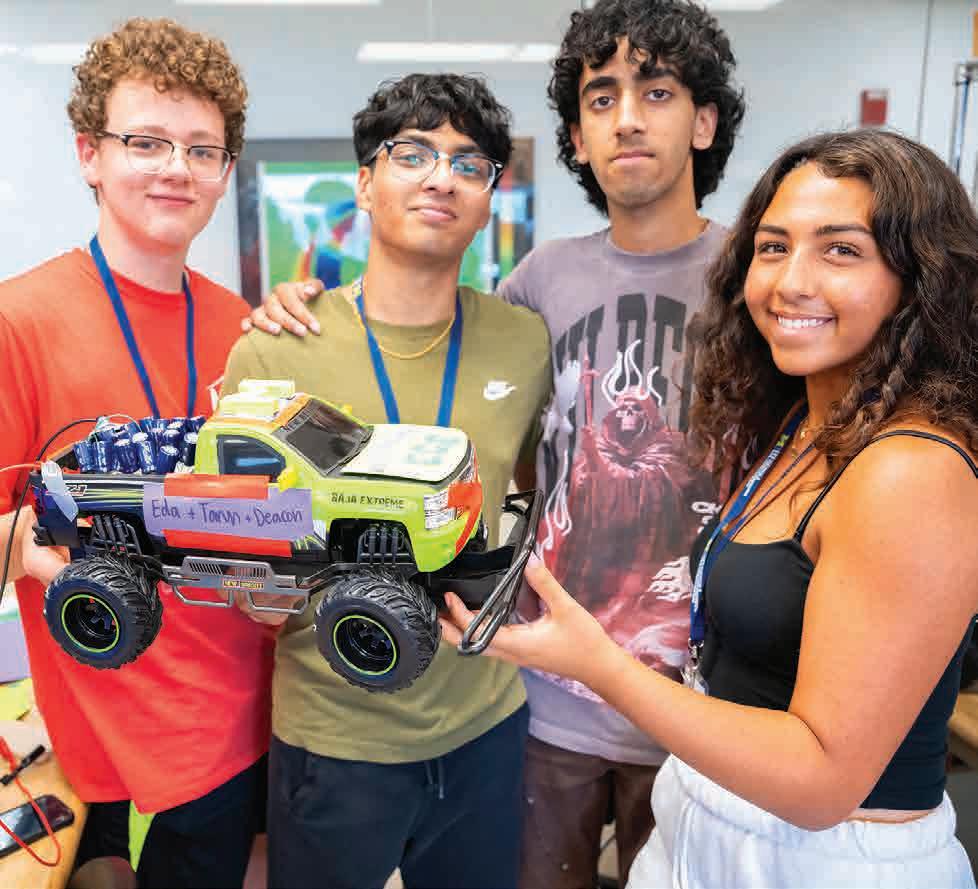


EDITORS: Catharine June, Mena Davidson
PHOTOGRAPHERS: Jero Lopera, Silvia Cardarelli
GRAPHIC DESIGN: Laura Koroncey
We
COVER: Eesha Banerjee, Alex Burgers, and Chun-Wei Liu in Burgers’ lab. Photo: Jero Lopera
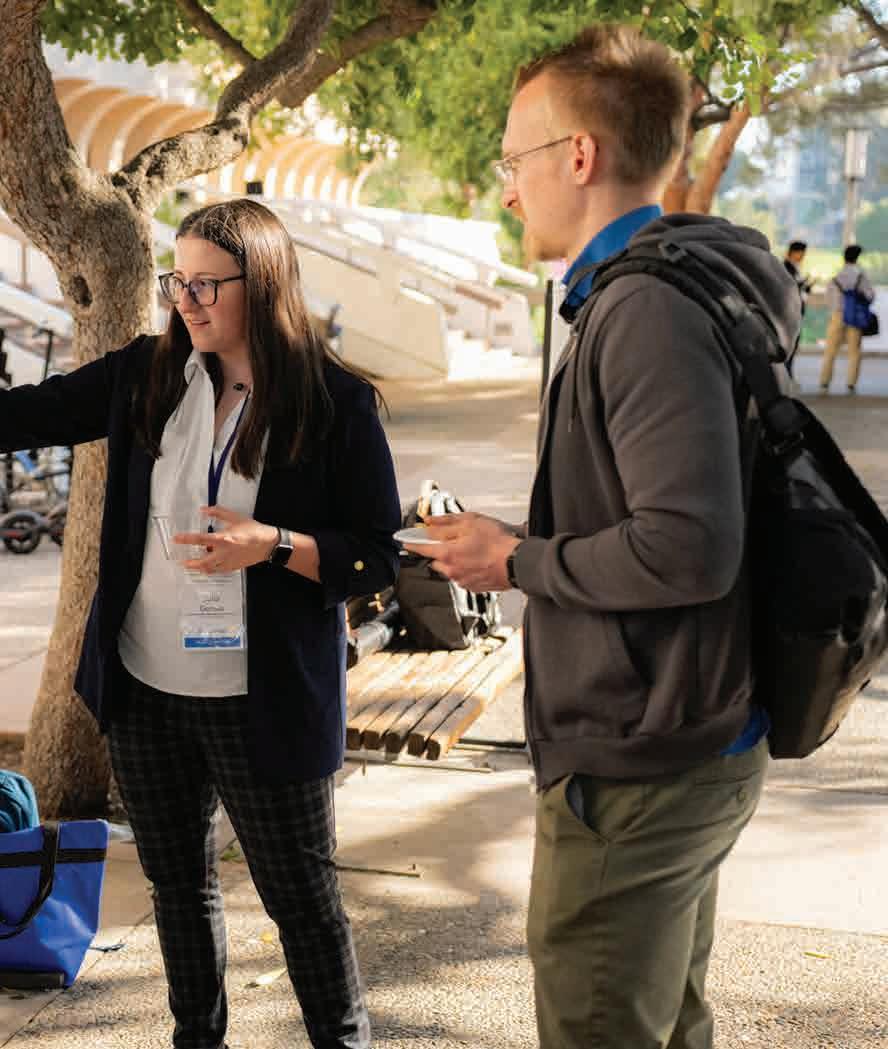






EDITORS: Catharine June, Mena Davidson
PHOTOGRAPHERS: Jero Lopera, Silvia Cardarelli
GRAPHIC DESIGN: Laura Koroncey
We
COVER: Eesha Banerjee, Alex Burgers, and Chun-Wei Liu in Burgers’ lab. Photo: Jero Lopera

Dear ECE Community,
This is an exciting time for me as I take on the challenge of leading U-M Electrical and Computer Engineering into the next quarter century. I was an undergraduate student at Michigan and I’ve been a faculty member since 2000. Over this time, I have built a deep appreciation for my colleagues, the students, the staff, and our remarkable alumni—some of whom I have been privileged to teach in my classes. After meeting individually with more than 50 of our faculty, my appreciation for our breadth of research has strengthened, and I am inspired by their visions for the future. This year’s magazine offers a glimpse into our faculty members’ research activities and the opportunity to meet our five new faculty.

Speaking with some of our students in my new capacity, it’s clear to me that our future is in great hands. A few of these students participated in the newly-launched Program for Undergraduate Research in Electrical and Computer Engineering (PUREECE). I can’t tell whether the students or the faculty were more enthusiastic about this new program. You can read more about PURE-ECE, along with our new machine learning focused graduate certificate, in the Education section of the magazine.
As usual, this year’s magazine is packed with content that highlights our students and alumni. You’ll read about quite a few awards received by students in recognition of their research expertise, academic achievements, and good citizenship. We are also delighted to recognize a few of our alumni with departmental awards, though the long list of those deserving makes it impossible to do justice to all of these talented community members.
I look forward to visiting with more of our alumni in the coming years, and I am thankful for the vision and generosity of those who choose to invest in ECE. Just this past year, in addition to many other contributions, our donors provided key support for PURE-ECE and initiated support for our younger faculty with an endowed early-career professorship.
This year’s magazine offers a glimpse into our faculty members’ research activities and introduces our five new faculty.
DENNIS SYLVESTER
Peter and Evelyn Fuss Chair, Electrical and Computer Engineering
Edward S. Davidson Collegiate Professor of Electrical and Computer Engineering

Techniques in machine learning and artificial intelligence have evolved to the point where researchers are adapting them to a wide range of disciplines and complex problems. Behind the scenes, ECE faculty are continuing to improve AI/ML tools. This section describes some of their recent activities, including bringing together nearly 1,000 researchers from around the world to Ann Arbor for two conferences in June.
The 2025 IEEE International Symposium on Information Theory (ISIT) brought 669 participants to Michigan, June 22-27.
Returning to Ann Arbor after 39 years, the 2025 Symposium celebrated the 75th anniversary of the IEEE Information Theory Society. The first conference to have “information theory” in its title was the 1950 London Symposium on Information Theory, which kicked off the annual conference. ECE alum and “Father of Information Theory” Claude E. Shannon gave three talks at that event.
This year, the program included plenary talks, a quantum-themed Shannon lecture delivered by MIT Prof. Peter Shor, four tutorials, and a data-to-information competition (called the Wireless Wanderlust competition). There was even a Quantum hackathon.
The conference was chaired by ECE Prof. S. Sandeep Pradhan, Olgica

Milenkovic (University of Illinois at Urbana-Champaign), and Wojciech Szpanskowski (Purdue University). Technical program chairs included ECE Prof. Achilleas Anastasopoulos, Vincent Tan (National University of Singapore), Michèle Wigger (Télécom Paris), and Mark Wilde (Cornell University).
ISIT 2025 was sponsored by the University of Michigan, Nokia Bell Labs, Qualcomm, Google, Army Research Office, National Science Foundation, Cambridge University Press, and MDPI.
Approximately 300 researchers from around the world gathered in Ann Arbor on June 4-6, to attend the 7th Annual Learning for Dynamics & Control (L4DC) Conference. The L4DC conference brings together engineers working on control theory, machine learning, and optimization, with the goal of updating the foundation of these fields to accommodate the increasingly massive sensing data sets being delivered in real time.
Necmiye Ozay, the Chen-Luan Family Faculty Development Professor of ECE, served as general chair of the conference. Prof. Laura Balzano and Robotics Prof. Dimitra Panagou served as program co-chairs.
“For robotics especially, bringing together diverse perspectives from control theory, machine learning, and optimization can accelerate breakthrough discoveries,” said Panagou. “Hosting this gathering at Michigan allowed us to showcase the collaborative spirit that drives innovation in autonomous systems and robotics. The energy and creativity of the participants, combined with the high-quality research presentations, reinforced why this conference has become such an important venue for shaping the future of intelligent control systems.”
The conference was sponsored by seven departments and units throughout the University of Michigan, and MathWorks.


Fifteen papers co-authored by ECE faculty and students were presented at the 38th Annual Conference on Neural Information Processing Systems (NeurIPS) last December 2024.
Research topics included MRI and CT reconstruction, reinforcement learning, fine tuning language models, creating visually interpretable spectrograms, and more. The faculty represented by ECE were Jiasi Chen, Robert Dick, Jeffrey Fessler, Hun-Seok Kim, Samet Oymak, Qing Qu, Clayton Scott, Liyue Shen, and Lei Ying.
Here are just a few of the topics presented.
TREACLE is a framework that lets end users cheaply query large language models (LLMs). It does this by intelligently choosing between LLM versions and prompt combinations, based on the question difficulty, past response history and expected correctness of the response, and time and monetary cost. The team’s experiments on GPT and Llama models with math and common sense reasoning questions showed that TREACLE outperforms other baselines. The goal is to enable cost-efficient use of LLM systems. Profs. Jiasi Chen and Samet Oymak directed the work.

In new online education platforms such as ALEKS or new video recommendation systems such as TikTok, the amount of time a user spends on the app depends on how engaging the recommended contents are. Users may temporarily leave the system if the recommended items cannot engage the users. To understand these systems, the team proposed a new model, where the abandonment probability depends on the current recommended item and the user’s past experience. The team proposed a novel algorithm with provable optimality, which explores more when the user is less likely to leave and recommends more conservatively when abandonment risk is high. Prof. Lei Ying directed the work.

A new recommendation system for online platforms
The Block-Level Adaptive STructured (BLAST) matrix addresses the computational challenges encountered during the inference stage when largescale foundation models are used in language and vision tasks. BLAST learns and leverages efficient structures prevalent in the weight matrices of linear layers within deep learning models. It offers substantial flexibility while efficiently compressing both language and vision tasks. Profs. Qing Qu and Hun-Seok Kim directed the work.

(Top) The BLAST matrix can flexibly represent Monarch, low-rank, and block-diagonal matrices—three structures widely used for deep neural network compression. (Bottom) BLAST preserves the image quality of the original Diffusion-based image generation model, while the low-rank model produces images with more undesired artifacts.
In the age of big data, noise in the data is a big concern. In this study, the researchers explore whether artificial intelligence systems could learn effectively even when training labels are corrupted. They introduced a novel theoretical framework based on the concept of "relative signal strength," which is a way to measure how much useful information remains in each noisy example. Using this framework, the researchers determined the best possible performance when working with corrupted data and proposed a practical strategy to achieve these limits.
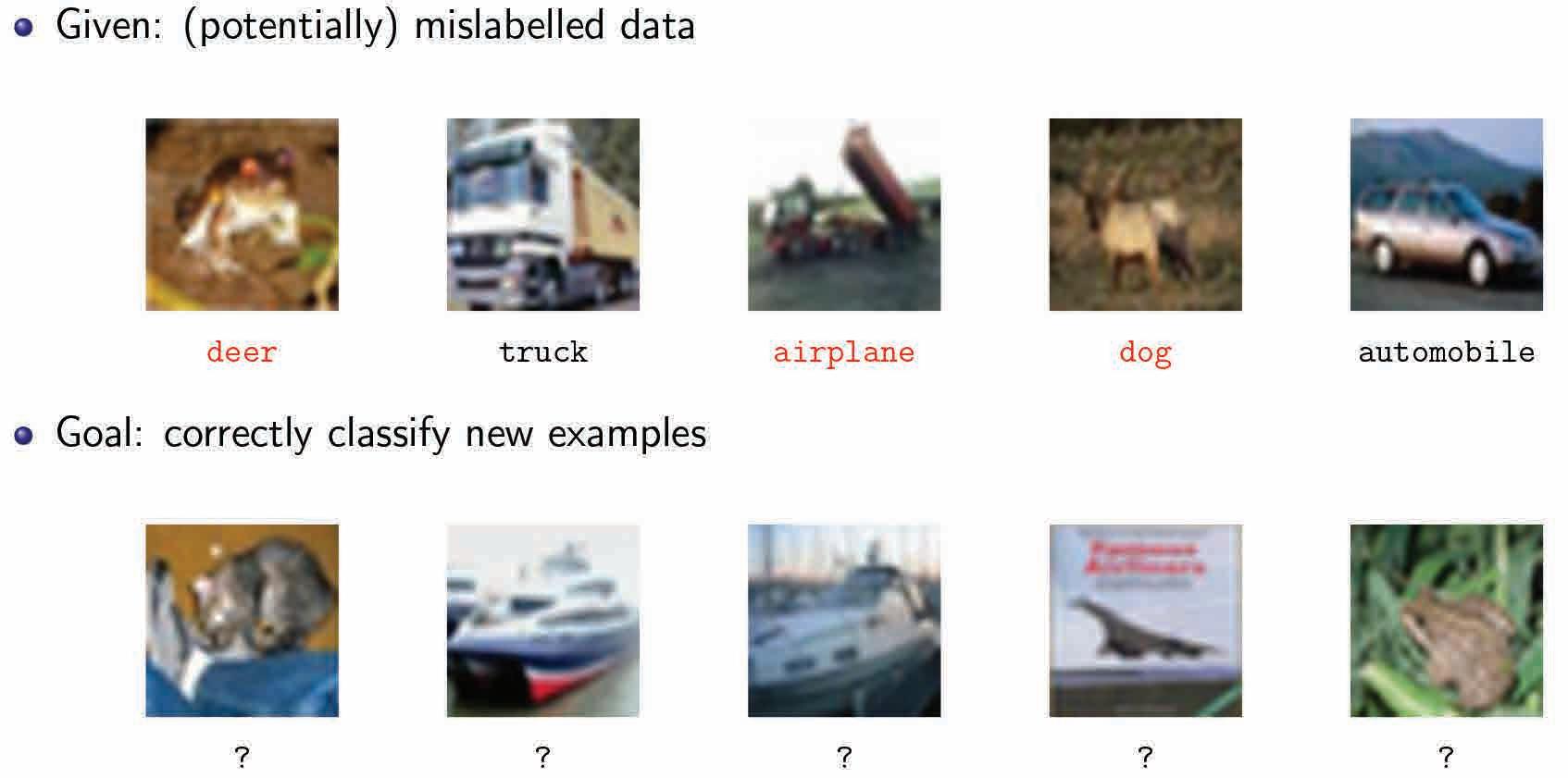
This work provides crucial theoretical foundations for understanding how AI systems will perform in real-world scenarios where perfectly clean data is rarely available. Prof. Clayton Scott directed the work.
Prof. Jing Shuang (Lisa) Li and collaborators from the California Institute of Technology, the University of Pennsylvania, and Columbia University received the 2024 IEEE Transactions on Control of Network Systems Best Paper Award for their research showing that stability and safety guarantees can be made on distributed model predictive control systems.
Model predictive control involves using sensor data to determine what action a system should take to keep a variable of interest within certain bounds. A simple example of this is the cruise control on a car—the throttle is adjusted based on speed sensor data in real time to ensure that the car’s speed stays constant. The team scaled this to large networks with incomplete data.
For example, a power network consists of many nodes that supply power to
houses on a shared electricity grid. Each node tries to supply a certain amount of power while remaining stable; if a tree falls on a powerline in the next neighborhood over, the system shouldn’t propagate that instability through the whole network.
The team demonstrated that the same guarantees can be made on both centralized and distributed networks. However, distributed networks can decrease the number of variables under computation at each node, allowing them to be more efficient, protected against system-wide failure, and flexible to structural changes.
Li completed the research as a Ph.D. student at the California Institute of Technology. In her current work, she is investigating how she can apply distributed control theory to neuroscience models.

Ph.D. student Can Yaras received a best poster award at the 2024 Midwest Machine Learning Symposium for his research, “Deep LoRA: Simple & Efficient Adaptation of Foundation Models to Data-Deficient Tasks.” Yaras is advised by Profs. Laura Balzano and Qing Qu.

The goal of this research is to understand how large language models (LLMs; like ChatGPT) learn, and exploit these insights to come up with more computationally efficient algorithms for training and deploying such models.
“The computational demands of increasingly powerful and prevalent AI models are evergrowing, requiring enormous amounts of hardware and energy to develop,” said Yaras. “Our research can dramatically reduce these costs with minimal loss (or even improvement) in model performance.”
To do this, Yaras developed a novel, theoretically-grounded algorithm for adapting LLMs to new tasks. The algorithm is called “Deep LoRA.”
“The biggest challenges for this research are knowing ‘where to look’ for low-dimensional structure in the model,” explained Yaras. “We tackled this by drawing insights from more classical problems in signal processing and machine learning such as matrix sensing, which gave us a clue as to how to tackle more modern problems.”
In September 2023, an international and interdisciplinary group of nine researchers came together to provide a tutorial on applying decades of existing research in deep learning and related fields to spiking neural networks, with the ultimate goal of building more efficient neural networks. As the energy costs of today’s AI models skyrocket with no end in sight, the authors are looking to find new ways to improve AI performance with a dramatic reduction in energy consumption.

Areas of impact for spiking neural networks
A year later, the paper, “Training Spiking Neural Networks Using Lessons From Deep Learning,” earned the 2024 Best Paper Award from the Proceedings of the IEEE.
First author on the paper is Jason Eshraghian, who worked on the paper as a postdoctoral researcher under the guidance of Wei Lu, the James R. Mellor Professor of Engineering. Eshraghian is now an assistant professor at the University of California, Santa Cruz.
“We all know that when people talk about AI, they really talk about deep neural networks (or machine learning, ML),” said Lu. “In these deep neural networks, only the basic idea or the shape
of the network is inspired by the brain―but nothing else is very brain-like.”
“But there’s another type of AI that is more inspired by the brain, and that’s called spiking neural networks. Spiking neural networks offer a couple important advantages. They can be very fast, and they consume a lot less energy when performing certain tasks because the data is just represented by simple 0s and 1s. The paper includes a lot of proofs and shows why some of the approaches work better, and that’s really important. It explains how some of the machine learning theory actually aligns with the neuroscience theory, while previously people have thought that the two contradict each other.”
The paper “Universal Training of Neural Networks to Achieve Bayes Optimal Classification Accuracy” was selected to receive a Best Student Paper Award by the 2025 IEEE International Conference on Acoustics, Speech, and Signal Processing (2025 ICASSP) Awards committee.
Award recipient Mohammadreza Tavasoli Naeini (M.S. ECE 2020) worked with Prof. Alfred Hero during his time at Michigan.
“The paper develops, for the first time, a tractable mathematical method for training a neural network to directly optimize its prediction accuracy on the training data,” said Hero, co-author, John H. Holland Distinguished University Professor of EECS, and R. Jamison and Betty Williams Professor of Engineering.
“The standard way that neural networks are trained attempts to optimize prediction accuracy by minimizing some heuristically motivated loss function, e.g. relative-entropy and its variants. Our method uses a novel information theoretic representation and bound on the true classification accuracy (average of the false positive and false negative classification errors) to improve the neural network performance.”

The Semiconductor Industry Association calls semiconductors the brains of modern electronics. The NSF says they are key to powering the modern world. Semiconductors are materials that conduct electricity; they are used in modern computing, displays, power electronics, communications, automotive systems, medical devices, navigation, and much more. They are in your pocket, on your desk, and in your home; they are everywhere! See how ECE faculty are shaping the future in this critical area.
The National Science Foundation’s “Future of Semiconductors” program supports collaborative research where semiconductor materials, devices, and computing are co-designed with specific applications in mind. Prof. Di Liang is working on faster computing speeds to handle the growth of AI models. To achieve this, he and a team of researchers from three other universities and four industrial partners are tackling the so-called memory wall.
While data processing speed is now 60,000 times higher today than it was 20 years ago, the speed of data transfer between computer memory and processors is only 30 times faster. Because of this lag, the rate of data transfer has become a bottleneck for the size of AI models, which have been growing 400 times larger every two years since 1998. Faster communication is essential for addressing these limits on AI performance.
“Our proposed technology could enable high-performance computing to keep up with the massive amount of data that’s being fed to rapidly growing AI models,”
said Liang. “With optical connections between chips, we think we can transfer tens of terabits per second, which is more than 100 times faster than stateof-the-art electric connections.”
Beyond advancing technology, the project will also connect U-M students with industry partners and provide valuable real-world experience.
“These connections allow students to appreciate real-world challenges in designing rapidly evolving technology,” Liang said. “Textbooks don’t address these modern problems sufficiently because the rate of development makes it impossible for textbooks to keep up. The best way to gain relevant skills is by working with industry on the problems they care about.”

Zetian Mi, the Pallab K. Bhattacharya Collegiate Professor of Engineering, investigates new semiconductors for the next generation of electronic devices. A sampling of his 2025 successes includes a grant in a new area and two important advances in semiconductor materials.
Bringing the power of today’s supercomputers to nextgeneration portable and wearable devices like cell phones, wristwatches, eyeglasses, and more, will require some changes to the fundamental components of computer chips, which are currently manufactured in foundries set up for silicon.
“We must find new materials that have fundamentally better properties than silicon, as far as transistor functionality, but they need to be integrated into the current manufacturing processes,” explained Mi.
Mi’s team, which includes faculty at the University of Notre Dame, will use a new method to grow ultra-thin layers of III-V compound crystals without a foreign metal catalyst, which often introduces impurities. These tens-of-atoms thick layers will allow Mi’s team to grow the semiconductor materials on silicon lattice without defects. The final goal of this project will be to partner with the manufacturing company Intelligent Epitaxy Technology, Inc.
“We are looking into the fundamental, long-standing challenge of integrating compound semiconductors with silicon,” said Mi. “It’s a very difficult problem, but if we are successful, there is the possibility that this material will go into every computer, every cell phone, virtually every electronic device that we use.”
In another project, Mi says that his team has dramatically enhanced the piezoelectric response of a scandium aluminum nitride film, an emerging semiconductor for next-generation microelectronics and photonics, using a fairly simple annealing process.
By heating the film to 700 °C for two hours in a specialized chamber, Mi’s team improved the material’s piezoelectricity eight times beyond that used in the current technology on the market. Enhanced at this scale, piezoelectric materials have the potential to transform technologies across sectors, from aerospace to health care to energy. And the material is compatible with current manufacturing standards.
Mi and his team, including Prof. Emmanouil Kioupakis in Materials Science and Engineering, have discovered why wurtzite ferroelectric nitrides don’t tear themselves apart. These are a new class of semiconductors that “have a broad range of applications in memory electronics, RF (radio frequency) electronics, acousto-electronics, microelectromechanical systems and quantum photonics, to name just a few,” said Mi.
These nitrides are able to maintain two opposite electric polarizations in the same material, but until now, no one knew why. This knowledge will help them work more intentionally with the semiconductor, and is opening up new avenues of research. For example, it could be used as a field effect transistor that could support the high currents required for high power and high frequency electronics.
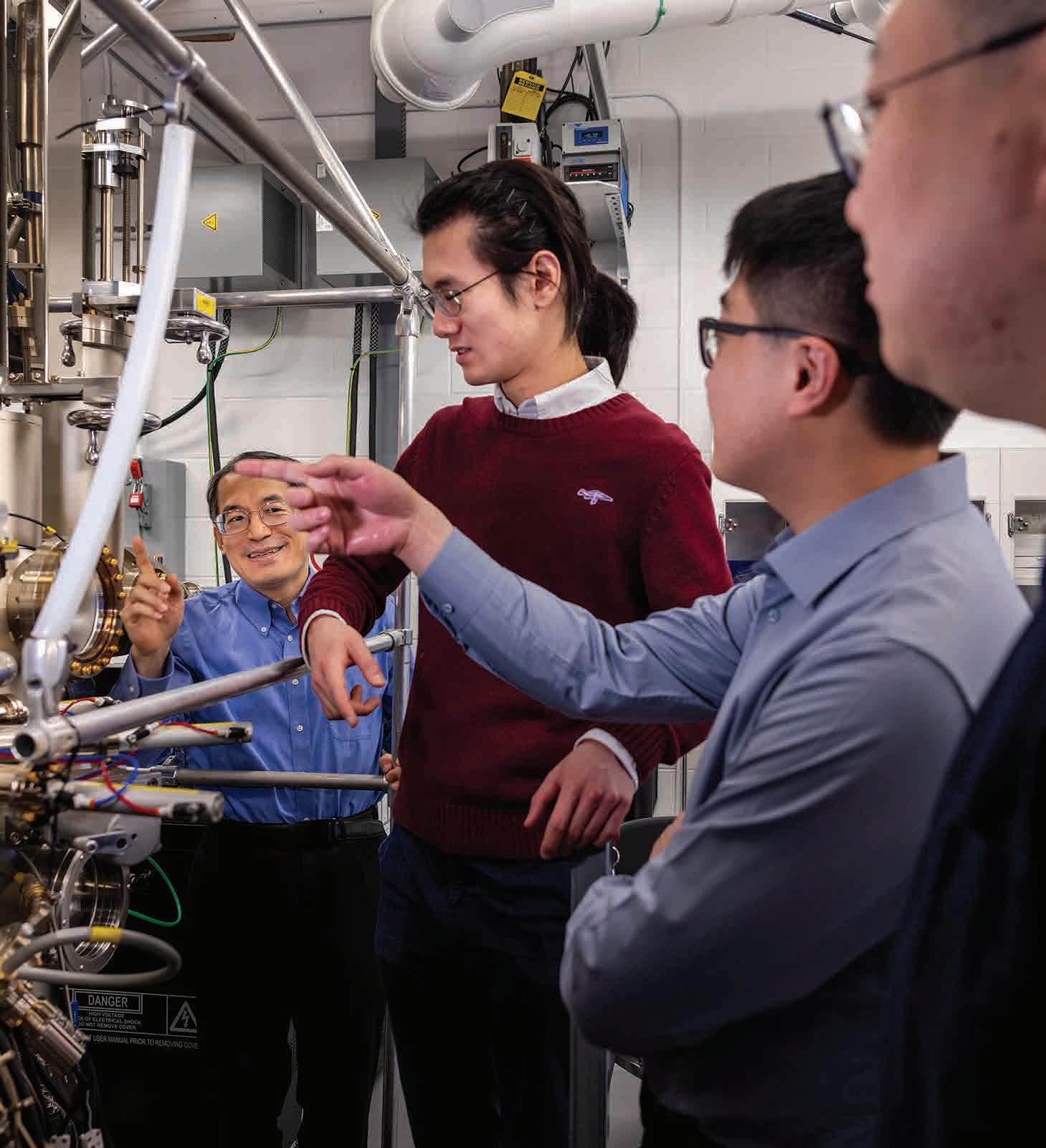
Cars have already been outfitted with a variety of automation options that have made driving much safer for those on the nation’s roads and highways. For example, automatic emergency braking systems with cameras and radar reduce rear-end collisions by 50%. And Waymo’s robotaxis have been involved in 81% fewer injury-causing crashes than an average human driver on the same routes in San Francisco and Phoenix, according to the company’s peer-reviewed research.
To move to the next level of automation, ECE researchers are developing a new generation of semiconductors, and integrating them into new computer chip architectures.
Autonomy requires sophisticated AI, which demands a tremendous amount of computational power. And that computation has to happen on the vehicle itself. It’s “edge computing,” without processing help from the cloud or big data centers. Prof. Wei Lu’s work on spiking neural networks and neuromorphic chips can help.
“Neuromorphic sensors don’t capture frames like conventional cameras do. Instead, they detect change in each pixel independently,” Lu said. “The change signal accumulates over time and sends a voltage spike to the processor when a certain threshold of change is reached. Neuromorphic chips can be tightly integrated with the neuromorphic sensors to efficiently extract such information.”
These systems operate much faster than conventional cameras—in microseconds rather than milliseconds. Lu is working with Computer Science and Engineering Prof. Reeturparna Das on developing neuromorphic chips for autonomous vehicles.
Another limiting factor in today’s autonomous vehicles is the system-on-a-chip (SoC) architecture that underpins their computing systems. This approach prints all the necessary components of a computing system—such as the central processing units, GPUs, TPUs, and memory—on a single piece of silicon. Used in devices like smartphones and home

appliances, SoC has been the automotive industry standard for decades. But the computing power needed for autonomous vehicles is pushing the architecture to its limit in terms of physical size and complexity.
Researchers like Prof. Michael Flynn are pursuing “chiplets” that could help reach the power needed. Chiplets break a computing system into smaller, modular components. Separate CPU, GPU, AI accelerator, memory block, and input/output chiplets, for example, could be mixed and matched on a circuit board to build a computing system that’s better tailored to a particular need. Today, chiplets see limited use in high-performance computing systems, but their interconnectability and durability aren’t yet good enough for use on a vehicle.
“Chiplets would end up having to do a lot of talking to each other in vehicles because they’re solving big problems,” Flynn said. “Not only does their communication need to be robust, it also needs to be efficient in terms of energy and bandwidth.”
Referring to his work with Prof. Valeria Bertacco, Flynn added, “We’re trying to make it high-speed and low-power too.”
New materials will play a critical role in tomorrow’s chips found in autonomous vehicles. But for now, it’s still important that innovations are compatible with silicon and current manufacturing infrastructure.
Peterson, who directs U-M’s Lurie Nanofabrication Facility, is a member of a team working to bridge that gap by stacking ultra-thin materials on top of silicon on chips. The technique could pack an additional layer of transistors into nearly the same amount of space.
“What we want to do is manufacture multiple layers of transistors on the same chip,” Peterson said. “And that’s hard to do.”
Employing a custom atomic layer deposition process, Peterson will be working to add transistors made with an ultra-thin semiconductor layer such as zinc tin oxide on top of the first layer of silicon transistors to achieve very low power, high performance processors and memory.
Unlike silicon, zinc tin oxide is not crystalline and does not have a repeating molecular structure. It’s amorphous, or unstructured, more like glass.
“The atoms can be in these somewhat random positions, and we still get good quality semiconductor films,” Peterson said. “We’re designing it so that places like Intel or TSMC or GlobalFoundries can build their chips and then put another layer of transistors on top. And we can use those to do more computation or to build in more energy-efficient memories or to handle power that the bottom layer can’t handle.”
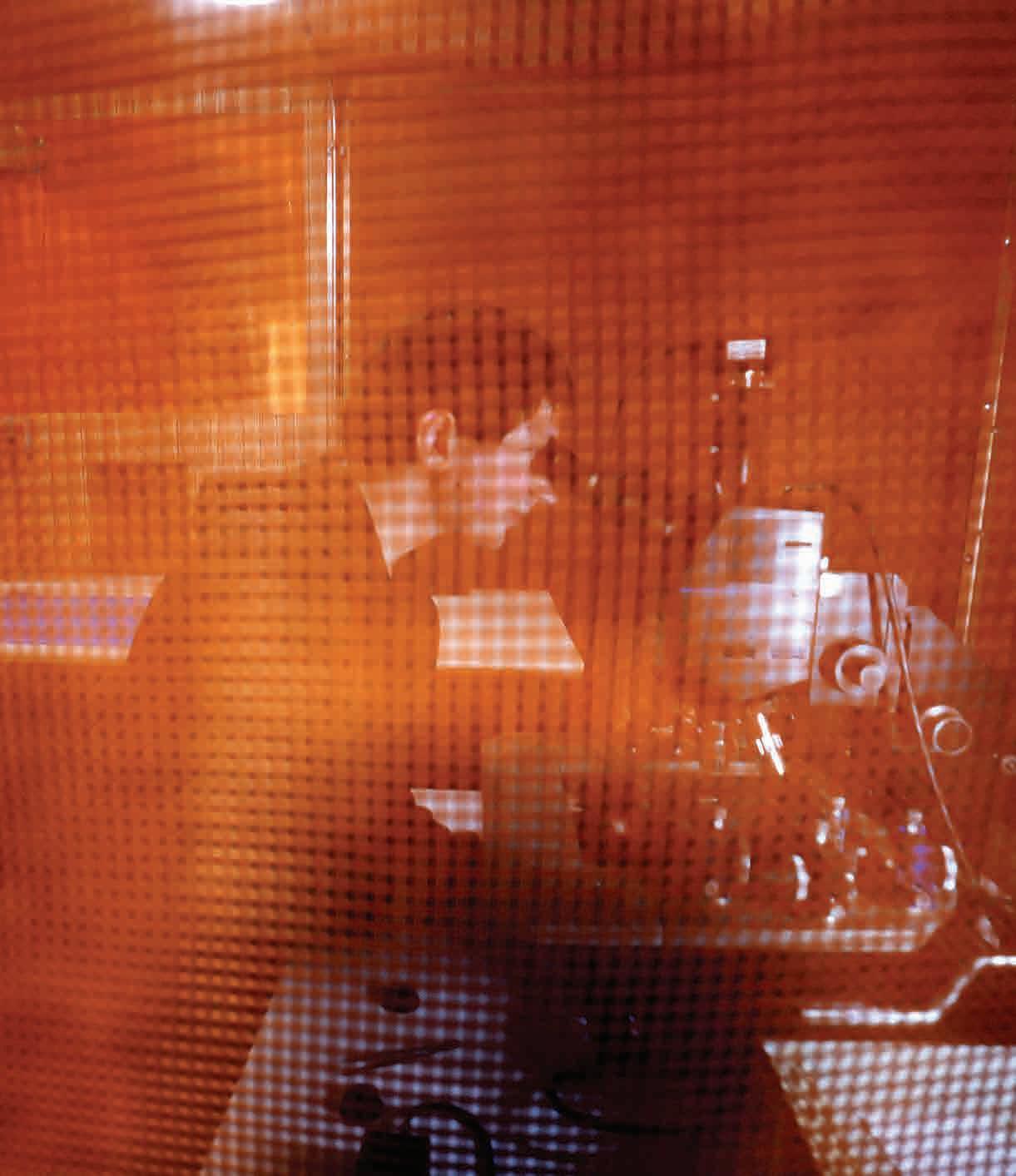

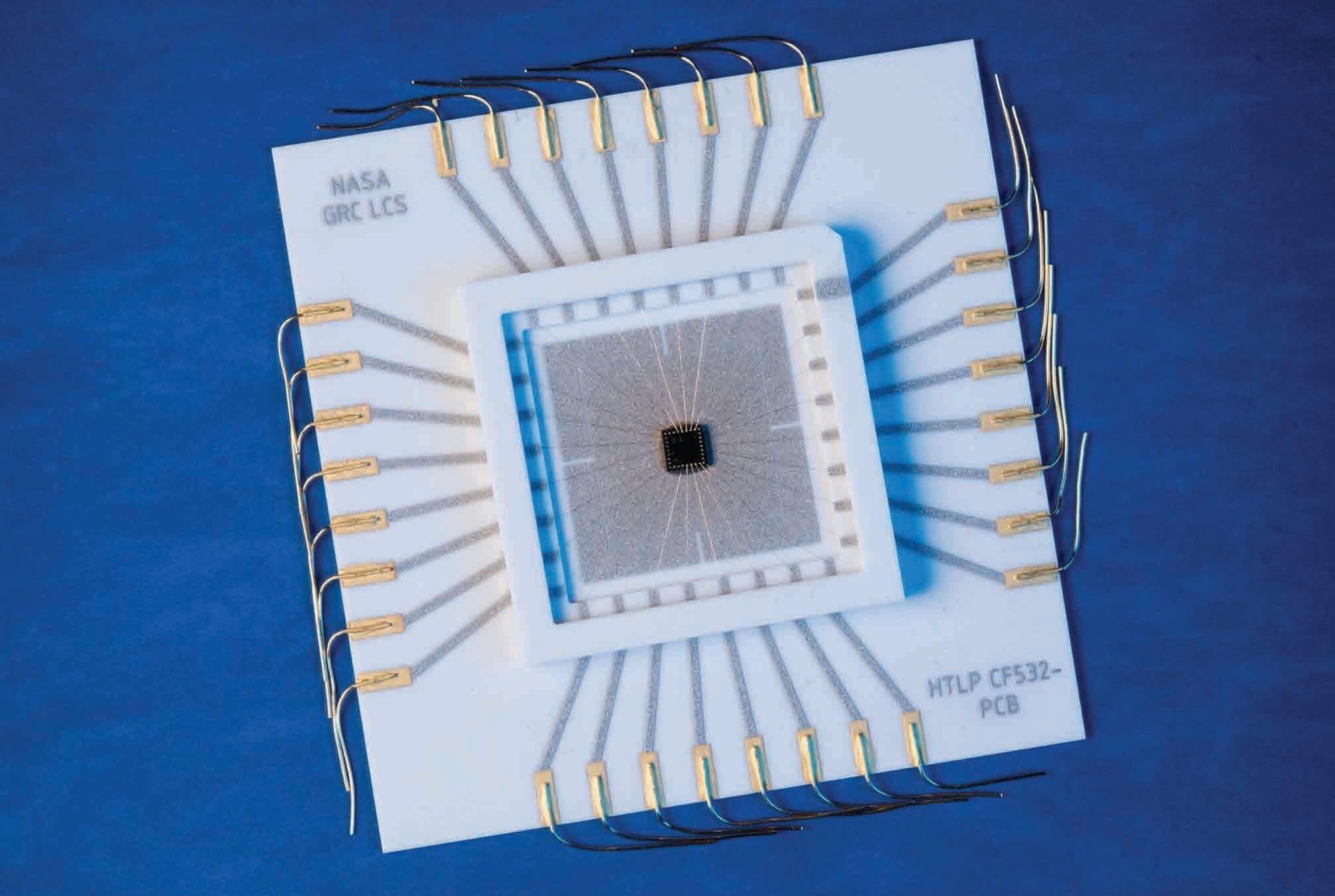
Prof. Becky Peterson is leading a three-year project to develop heat-resistant sensing and computing chips made of silicon carbide (SiC). These chips are expected to go into aircraft, electric and gas-powered vehicles, and renewable energy devices, and are appropriate for defense applications and space exploration.
Funded by the Silicon Crossroads Microelectronics Commons Hub, the project includes researchers from NASA’s Glenn Research Center, GE Aerospace Research, Ozark Integrated Circuits, and the semiconductor manufacturer Wolfspeed.
Initially, the project will focus on the aerospace industry, including electronics and sensors that make aircraft engines more reliable and help optimize their size, weight, and power. A key goal is the demonstration of a packaged actuator for aerospace or on-engine applications. Actuators convert electrical signals to mechanical motion and play an important role in control systems.
“NASA, GE Aerospace, and Ozark IC have done an amazing job of developing this technology, which is very impactful for a variety of applications. This project will provide a critical pathway to advance and commercialize that technology,” said Peterson. “We need advanced semiconductors produced domestically that can perform in these challenging high temperature environments.”
Michigan Engineering researchers will refine and standardize a process development kit and transistor models. They will create libraries of commonlyused circuit blocks to make the SiC technology more accessible to integrated circuit designers.
“We’ll test the devices and circuits made by NASA and GE Aerospace and packaged by Ozark IC and work together to standardize those pieces,” Peterson said. “And we’ll use the data to create process development kits and open electronic design automation, or open EDA, software that can help automate the design of integrated circuits, and
model their performance. We want to develop advanced refined models so that future users have all the tools they need to design and manufacture commercial products in this exciting technology.”
To do this, a team led by Prof. David Wentzloff will add to the unique opensource tools they’ve developed for designing analog and mixed-signal circuits.
Today’s silicon-based electronics used in engine control systems are limited to 257 °F (125 °C) and must be protected from heat through complex and heavy cooling systems or located in cooler areas of the engine. SiC electronics can function in hot areas within engines and their exhaust systems. The technology established in this project will enable new sensor and actuator functionality, flexible modular control systems, lower weight and simpler engine electrical system architectures. Due to SiC’s ability to handle extreme temperatures, SiC electronics can also advance emerging hypersonic aircraft systems which operate at temperatures far beyond the capabilities of silicon.

“We need advanced semiconductors produced domestically that can perform in these challenging high temperature environments.”
— Becky Peterson
Quantum technologies are poised to revolutionize our data security, sensing capabilities, and computing performance, surpassing the limits of classical technologies. To develop these technologies, researchers must understand, control, and even link together the quantum states of individual atoms and their components. ECE faculty are breaking new ground in this intriguing and perplexing field.
Quantum computers have the potential to solve problems that are challenging, or even impossible, for today’s computers. This ability could advance the development of medicines, AI technologies, financial market predictions, cybersecurity, and more. Prof. Alex Burgers’ research into a novel energy state in ytterbium atoms is fundamental to making these visions a reality.
There are a lot of different platforms for quantum computing,” said Burgers. “Our platform utilizes arrays of neutral atoms trapped in optical tweezers. Neutral atoms have many
advantages. They’re very coherent, identical, and controllable. The nature of neutral atoms allows us to create large arrays of these atoms, where each atom can act as a quantum bit— a qubit—of information.”
A classical computer bit has a binary value of either 0 or 1, allowing information to be encoded as a series of 0s and 1s. Qubits can hold both values, 0 and 1, at the same time. Qubits are fundamental to quantum computers, where interest resides in pairs or sets of entangled qubits whose atomic states are inherently linked.


“This system can enable quantum operation of both the cavity mirrors and the atom within the cavity, which is impossible using classical dielectric mirrors.”
— Alex Burgers

“The outcome of a quantum gate operation is an entangled state of the two qubits being in some superposition or combination,” said Burgers. “Part of the problem that we run into currently, in all quantum computing platforms, is that we can’t be fully confident about the outcome. We need to be sure that the value we are reading out is the answer, and that if you wait a long time, the probability of that state having shifted to a different state is still very small.”
Burgers sees a solution in ytterbium (Yb), an alkaline-earth-like atom. Yb has an energy state with an extremely long coherence, known as a metastable state, that allows researchers to get an answer to a large calculation with a high degree of confidence. Burgers is the first to be investigating the second metastable state in Yb in order to speed up the calculations.
In another project, Burgers and his team are creating a fully atomic mirror that could be utilized for both quantum technology architectures and novel studies of single quantum light-matter interactions. Part of that work involves demonstrating cooperative subradiance using an array of Yb atoms. Yb atoms are suitable for modular quantum systems.
These modular quantum systems, says Burgers, are systems with multiple quantum computing components, quantum information storage nodes, or quantum sensors connected via entanglement. These distributed systems are essential for the future of quantum computing, communication, and sensing.
“It’s quite interesting to imagine building a system, atom by atom, that acts like a mirror, but where you have control over each atom’s quantum state. This system can enable quantum operation of both the cavity mirrors and the atom within the cavity, which is impossible using classical dielectric mirrors,” said Burgers.
Bridging the worlds of optics and magnetism, ECE Prof. Mack Kira and Prof. Rupert Huber at the University of Regensburg are investigating a quantum “miracle material” to support magnetic switching, which is key to applications like quantum computing, sensing, and more. This material is the semiconductor chromium sulfide bromide.
Chromium sulfide bromide is exciting to quantum researchers because it can support nearly any type of physically-encoded information: in electric charge, photons (light), magnetism (electron spins) and phonons (vibrations, such as sound).
“The long-term vision is, you could potentially build quantum machines or devices that use these three or even all four of these properties: photons to transfer information, electrons to process information through their interactions, magnetism to store information, and phonons to modulate and transduce information to new frequencies,” said Kira.
One of the ways chromium sulfide bromide could encode quantum information is in excitons. Huber’s team produced excitons inside a sample of chromium sulfide bromide by hitting it with pulses of infrared light just 20 quadrillionths of a second long. They discovered that there are two variations of the excitons with surprisingly different energies—when normally, they would have identical energies.
Kira’s team explained the results with quantum many-body calculations. Next, the team plans to pursue whether the excitons embodied in charge separation can be converted to magnetic excitations embodied in electron spins. If it can be done, it would provide a useful avenue for converting quantum information between the very different worlds of photons, excitons and spins.
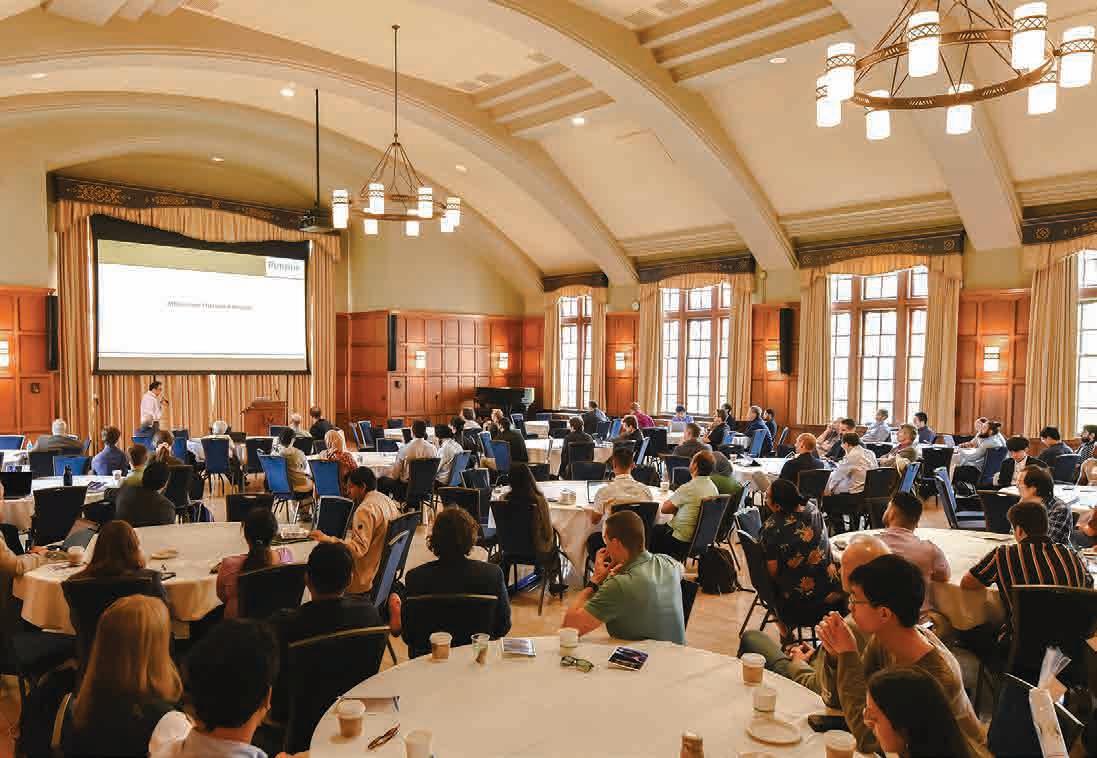

s41563-025-02120-1
230 participants gathered for Midwest Quantum Collaboratory (MQC) Entanglement 2025, held July 21 on the U-M campus. Attendees included researchers from MQC member institutions University of Michigan, Michigan State University, and Purdue University, as well as 5 additional universities; and more than 40 individuals from companies and national laboratories. Prof. Mack Kira and Steven Cundiff, the Harrison M. Randall Collegiate Professor of Physics, co-direct the MQC.

Electrical and Computer Engineering at Michigan has been deeply intertwined with health applications throughout its history. In this section, read how our faculty’s innovative devices and algorithms are helping to restore speech and vision, providing safer stents and CT scans, bringing health-mobiles to individuals in remote locations, and more.
The National Institutes of Health has estimated that over 1 million “Americans have a reduced ability to speak, read, and/or write due to an injury to the brain, yet they retain their ability to understand others’ speech.
A new collaboration between the University of Michigan and Stanford University, supported by $29.7M in support from the Marcus Foundation, aims to give stroke patients the ability to “speak” by detecting and interpreting brain signals. Key to their success will be the Michigan Micro Mote (M3), which will incorporate the world’s most biocompatible sensors.
Stanford researchers will work with people who have had a stroke that impaired their ability to speak. They will evaluate whether they can decode words from other parts of the brain that were not affected by the stroke.
At Michigan, ECE Prof. David Blaauw and Biomedical Engineering Prof. Cindy Chestek will lead the design and construction of an implantable, longterm brain computer interface (BCI). The foundation of these BCIs are tiny carbon-based electrodes that will record signals from the brain’s temporal
region. This region of the brain handles auditory information and language, and is usually intact even in patients with communication issues due to damage in another part of the brain.
“Our approach is completely wireless, and that distinguishes us from many of the interface technologies that are in the market right now,” said Blaauw, the Kensall D. Wise Collegiate Professor of Electrical Engineering and Computer Science. “By making it wireless and incredibly small, we’re making sure
there’s little damage to the brain and it leaves the protective layer around the brain intact.”
Chestek added that current state-ofthe-art BCI is “an implantable electrode that can last from one year to seven. But that’s not reliable enough for a medical treatment, and the device can also create a lot of scar tissue in the brain. David and I are going to build a much better device.”

There are about 1 billion people who have vision problems too severe to fix with glasses, according to a 2019 report by the World Health Organization. A Michigan team is working to help some of these individuals using stimulation devices called StiMotes, based on the same technology behind the Michigan Micro Mote (M3)— the world’s smallest computer.
The core team includes David Blaauw, the Kensall D. Wise Collegiate Professor of EECS, and Biomedical Engineering faculty Cindy Chestek and James Weiland. Chestek, a specialist in brain machine interface systems and director of the Cortical Neural Prosthetics Lab, originally enlisted Blaauw’s assistance to build a device capable of recording the activity of the cells. After becoming interested in stimulation, the team contacted Weiland, who directs the BioElectronic Vision Lab.
“We’re making tiny little independent motes that float right on top of the tissue of the brain,” said Blaauw. “They are so small, the brain doesn’t even notice that anything is there.”
The StiMote system is an alternative to retinal stimulation, which offers a more limited resolution and is ineffective for patients with damage to the optic nerve. StiMote is able to stimulate the visual cortex at the back of the brain, where the neurons that control vision are distributed across a larger area. And because the StiMote system is wireless, the team is removing the most likely failure mechanism for traditional brainmachine interface implant surgeries.
“This is a better version of the technology than they’re currently using. If this project works, it will be a giant step forward,” said Chestek.
The team has ongoing meetings with about 20 researchers across the university, and as far away as ETH
Zurich. They include surgeons, chip designers, and industrial contacts. Contributors to the hardware were ECE Profs. Hun-Seok Kim, Dennis Sylvester, and former Prof. Jamie Phillips.
“I’m excited about the prospect of artificial vision, but also that some of the technology we’re using has a broad application throughout neuromodulation,” said Weiland. “Any place on the brain that you would want to stimulate or record from can benefit from the mote approach.”
Applications include simulating physical sensation in prosthetic limbs, and restoring speech.

“They are so small, the brain doesn’t even notice that anything is there.”
— David Blaauw
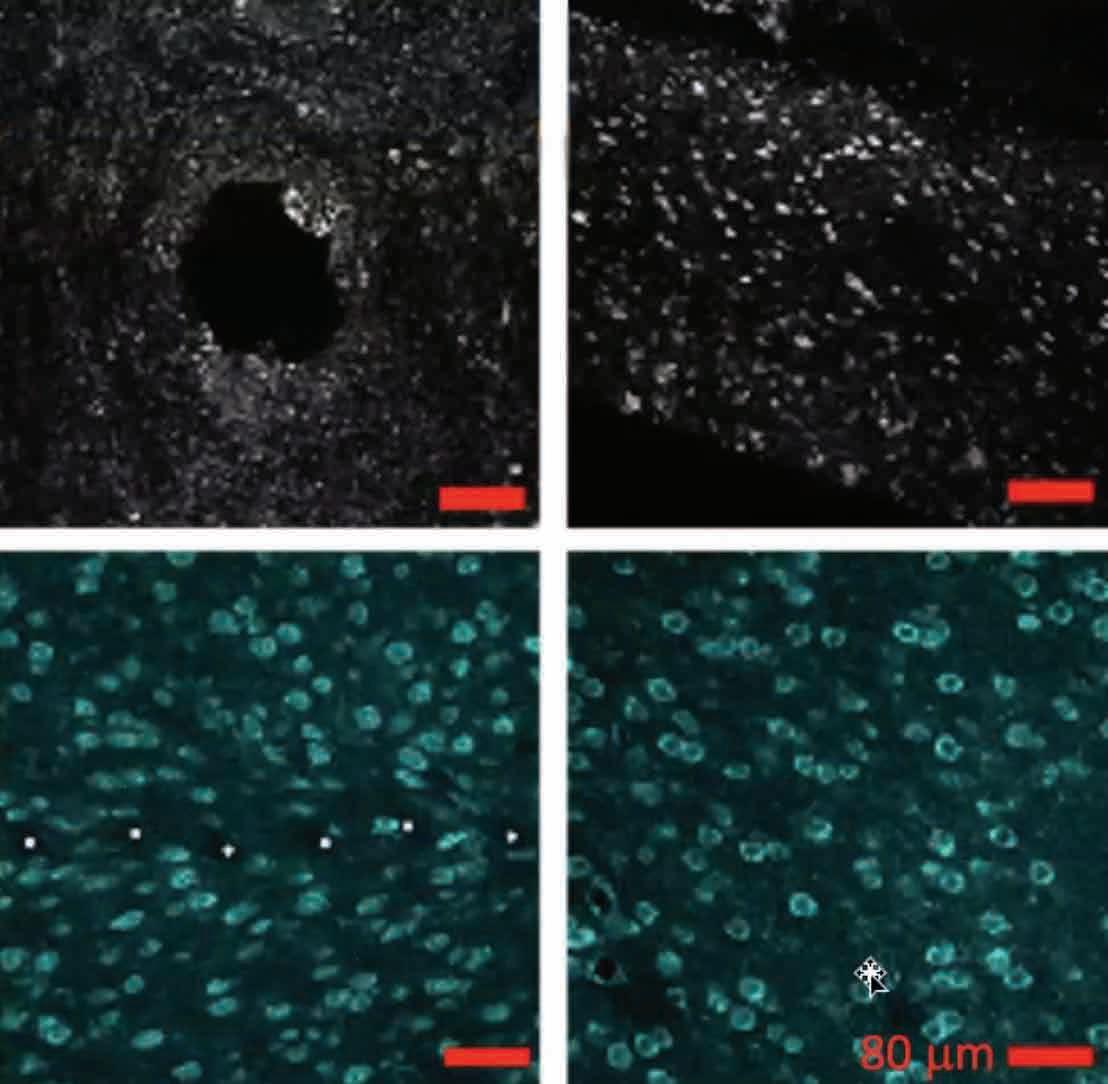
Bile duct stents are often placed inside the body when the ducts that carry bile, which is a fluid that helps digestion, become obstructed. Over time, bacterial “sludge” or stones can block these bile duct stents, causing jaundice, bacterial infections, or even life-threatening sepsis if not treated urgently.

penny for scale. Credit: Nambisan et al., 2024.
Medical providers are able to monitor biliary stent blockages through blood tests, though these are done only occasionally. Placing a sensor within the stent would provide direct, real-time measurement of sludge accumulation, allowing for more timely interventions and better patient outcomes.
Prof. Yogesh Gianchandani and a team of researchers have come closer to making this a reality with their sensing system that consists of an 8 mm long sensor and wireless monitoring system. This wireless system successfully communicated with a sensor embedded into a bile duct stent placed in a pig, providing the first in vivo results of the technology.
“This novel stent sensor provides the opportunity to detect impending biliary stent obstructions without waiting for clinical symptoms, blood tests, or imaging tests, all of which delay intervention,” said collaborator Richard Kwon, a clinical professor of internal medicine and gastroenterology at Michigan Medical School.
The complete system aims to provide comfortable, noninvasive blockage monitoring for patients; the systems would be checked about every three months.
The design of the hardware and digital signal processing techniques helped boost the signal-to-noise ratio to be greater
than 1,000,000 to 1, overcoming the hurdle of reduced signal imposed by miniaturization and placement within a fluid environment.
“The high value measured for the signal-to-noise ratio at 17 cm interrogation distance indicates that in the future the readout distance can be greatly increased as necessary for humans, accommodating differences in anatomy,” said Gianchandani.
“Successfully receiving signals from a live animal marks a major advancement in low profile, batteryless magnetoelastic sensor technology, paving the way for new and expanded applications,” said collaborator and ECE alum Dr. Ramprasad Nambisan.
As the technology continues to advance, magnetoelastic sensors have the potential to be used in other places in the body, including peripheral vascular stents, long-term coronary stents and ureteral stents.
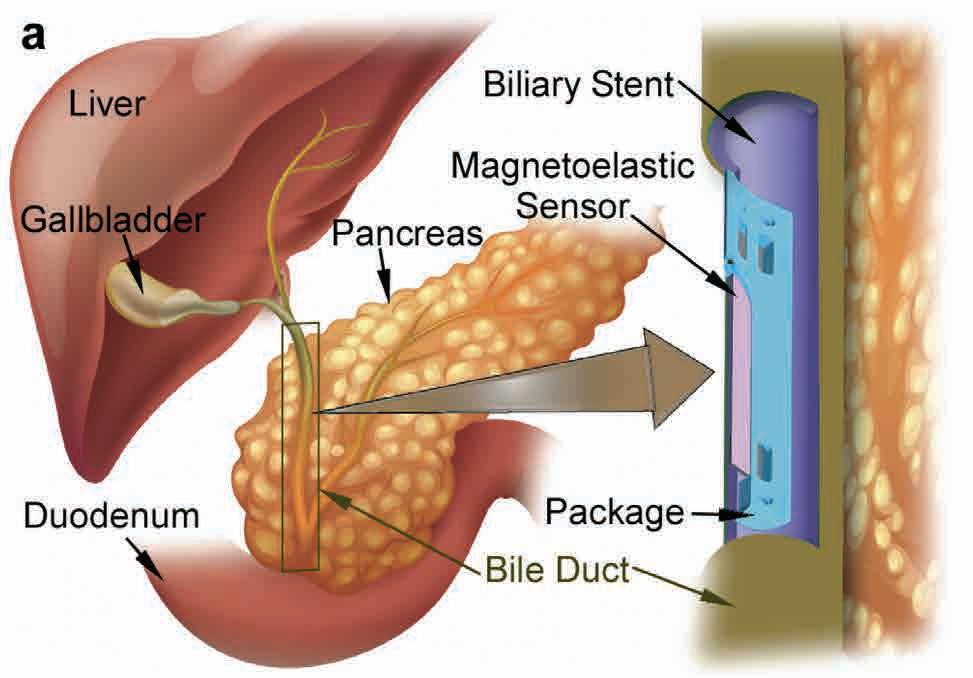

BAThe biliary stent monitoring system. A) Schematic demonstrating where the magnetoelastic sensor integrated into the bile duct stent is positioned. B) Schematic of the belt-like detector placed around the waist used for wireless communication with the sensor. Credit: Nambisan et al., 2024.
D CT scans offer valuable, detailed images of internal structures of the human body. Compared to 2D scans, they offer more complete visualization of bones, organs, or tumors; they can be used by surgeons to plan their surgical procedures; and they offer improved views of complex anatomy.
However, the 1,000 to 2,000 X-rays captured at various angles during a typical 3D scan can increase cancer risk for vulnerable patients.
Profs. Jeff Fessler and Liyue Shen led the development of a safer way to do 3D scans using a technique they’ve dubbed DiffusionBlend. DiffusionBlend captures just 100 or even fewer X-ray projections, drastically reducing radiation exposure.
“Our new method improves speed and efficiency as well as reconstruction quality, which is crucial for medical imaging,” said doctoral student Bowen Song.
DiffusionBlend works by learning the spatial correlations among a group of nearby 2D image slices, called a
3D-patch diffusion prior, and then blends the scores of the multi-slice patches to model the entire 3D CT image volume.
“Up to this point, the memory requirements and low computational efficiency of diffusion models have limited practical application. Our approach overcomes these hurdles,” said Shen.
In addition, acceleration methods sped up the DiffusionBlend CT reconstruction time to one hour, while previous methods took up to 24 hours. They were also able to suppress visual artifacts.
“We’re still in the early days of this, but there’s a lot of potential here. I think the principles of this method can extend to four dimensions, three spatial dimensions plus time, for applications like imaging the beating heart or stomach contractions,” said Fessler.
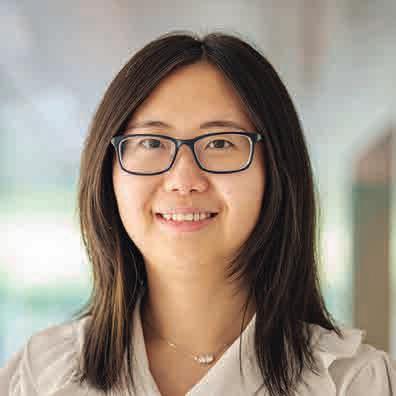
“Up to this point, the memory requirements and low computational efficiency of diffusion models have limited practical application. Our approach overcomes these hurdles.”
— Liyue Shen
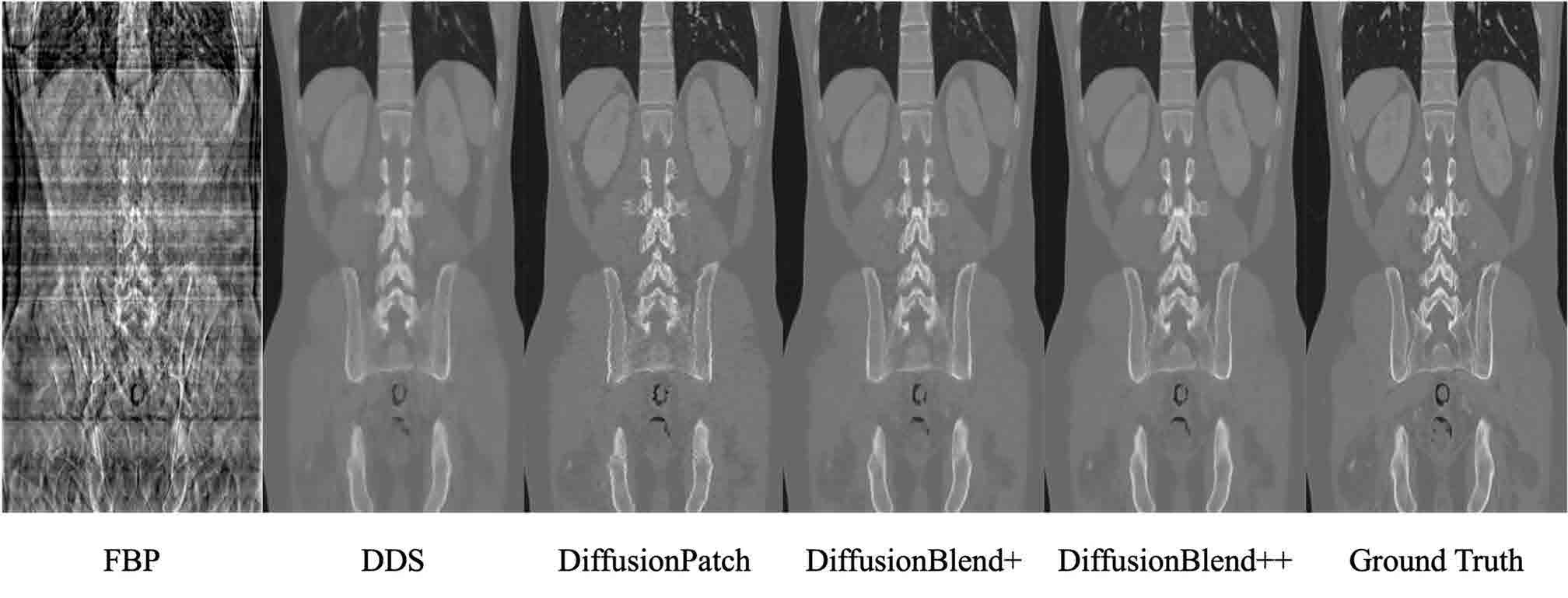
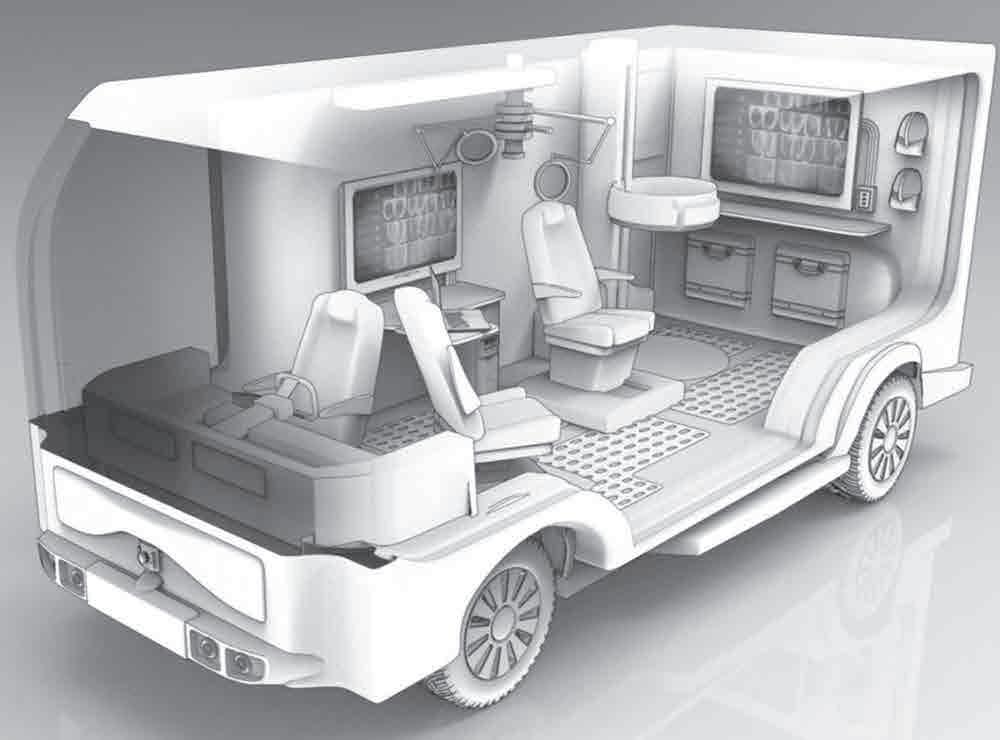

E“We want to bring the hospital to the house.”
— Jason Corso
ven before rural hospitals began scaling back services and shutting down, getting consistent medical care was challenging for people living in remote areas. Prof. Jason Corso is leading an effort to equip vans with an AI agent to guide medical generalists through unfamiliar diagnoses and procedures while they are transporting patients to a doctor’s office or hospital.
“We want to bring the hospital to the house, or to the church parking lot— whether that’s in Michigan’s Upper Peninsula or in the middle of Indiana— where the nearest medical center that performs the care the patient needs might be two hours away,” said Corso.
A mobile clinic would reduce the cost of care by requiring fewer permanent buildings in its service area and enabling physician assistants and nurses to perform more advanced procedures with
An illustration of a mobile clinic under development through a major project coordinated by the Advanced Research Projects Agency for Health (ARPA-H). The University of Michigan is leading one of two efforts to build AI guidance that can enable medical generalists to perform like specialists for common conditions.
Credit: ARPA-H
coaching from the AI agent, Corso said. The AI agent would also be able to learn the needs of the clinic operators and patients, so manually customizing the software would not be necessary.
Funded with up to $25 million, Corso’s AI team brings together an extensive group of hospital specialists, rural practitioners and engineers, organized into three subteams. Together, they represent eight universities, along with the R&D company RTX BBN Technologies. The AI agent will be one piece of ARPA-H’s fivepart program to prototype the equipment needed for this mobile medical clinic.
The systems integration team and technical team will build the prototype AI agent, called VIGIL, short for Vectors of Intelligent Guidance in Long-Reach Rural Healthcare. VIGIL will be evaluated by medical professionals and patients.
Ph.D. student Jesse Codling is working with his advisor Prof. Pei Zhang and others on a system to continuously and non-invasively measure heart rate as an indicator of overall health.
Manual methods of tracking heart rate through periodic pulse readings or using a stethoscope lack continuity and precision. Wearable devices like smart watches require users to wear them consistently, while ambient sensors require a line-of-sight and introduce privacy concerns. Codling’s FloHR system monitors a person’s heart rate through sensors on the floor.

“FloHR shows promise for ubiquitous heart rate monitoring in home environments, where people spend the most time, while avoiding some of the pitfalls of existing sensing approaches,” Codling said. “From this initial work with healthy adults, we hope to eventually enable ubiquitous long-term heart rate monitoring for the most sensitive populations, including children and the elderly. Such monitoring may serve as an early warning sign for a wide variety of potential health concerns.”
Codling received a Best Paper Runner Up Award for this work at the 2024 Association for Computing Machinery BuildSys Conference.

Ph.D. student Julia Gersey is working with Prof. Pei Zhang and others on a method to improve current methods for evaluating street conditions, building maintenance, pollution hazards, and more using a combination of computer vision and environmental sensing. The data provides insights into issues like excess pollutants, trash buildup, and heat islands in cities.
“We’re developing a way for a vehicle to ‘sense its surroundings’ in urban environments,” said Gersey. “In particular, we are trying to help homeless populations by exploring and improving the distribution of resources.”
The research team is using a combination of computer vision and environmental sensing to gain insights into issues like excess pollutants, trash buildup, and heat islands in cities. Gersey plans to one day deploy the units in San Jose, CA, working with Stanford Prof. Hae Young Noh and homeless shelters in the area.
Gersey received a Best Poster Award at the 2025 ACM Conference on Embedded Networked Sensor Systems.
“There are countless groundbreaking nanomedicines just waiting to be discovered,” said Ph.D. student Matthew Raymond. Raymond works with ECE Prof. Clayton Scott and Prof. Angela Violi in Mechanical Engineering on designing new drugs with the help of machine learning.
“In machine learning,” explained Raymond, “we use mathematical models that learn how to make predictions based on a set of features that describe the task at hand. In drug design, we also want to learn what features of a molecule are most important for its drug-like behavior so we can reverse engineer new drugs.”
The team came up with an approach called Joint Optimization of Piecewise Linear Ensembles (JOPLEn), which selects the most important features across multiple datasets. This work is expected to increase our understanding of nanoparticles, which have a unique chemistry that makes them ideal for drugs like antibiotics and anticancer medicine.
Raymond received a poster award at the 2024 Midwest Machine Learning Symposium for this research.

ECE faculty are working to control how energy is managed and distributed on the grid—even how it’s charged by utility companies. They are also finding unique ways to generate energy for specific applications. Here are some recent examples of the faculty at work in power and energy.
When Thomas Edison's Pearl Street Station the first power plant in the U.S.―opened in the late 19th century, the sudden accessibility of electric light and electricity began to transform life across the nation. This small plant grew into our nationwide interconnected system of power plants, transmission lines, and distribution centers known as the U.S. electric grid.
Initially, most of the energy distributed through the grid came from nonrenewable sources, and it was easy to balance supply and demand. Today, with more than 20% of electricity coming from renewable sources, that balancing has become a challenge.
“Residential air conditioners can provide high-value grid balancing services without impacting the homeowner. This resource is enormous and already available; we just need to harness it,” said Prof. Johanna Mathieu.
Mathieu has put together a team of researchers at U-M; Pecan Street, Inc.; Los Alamos National Lab; and UCBerkeley to investigate AC units as a grid-balancing resource.
Balancing the electrical grid typically involves adjusting the power output of traditional large power plants. Alternatively, balancing the grid by coordinating the power production and consumption

of a variety of smaller distributed energy resources can improve grid reliability and support the integration of wind and solar.
The team found that air conditioning units from about 100 homes in Austin could be used to help balance the grid without sacrificing comfort. According to temperature sensors, home temperatures deviated a maximum of just 1.6 °F from their set point.
In a related study, Mathieu and Anna Stuhlmacher (MS PhD ECE ‘19 ‘23) focused on the potential of drinking water distribution networks to act as flexible electric loads. The drinking water distribution network operates through a system of pumps and water tanks. The pumps are a load on the power grid, requiring electricity to push water through the pipes into the elevated tanks, which use gravity to keep the water flowing when the pumps are off.
“I think what makes water networks exciting is that the resources are very dispersed but they’re all controlled by the water network operator,” said Mathieu. “So, if you got buy-in from the water sector to do this, you’d have a reasonably-sized resource at your fingertips. There are not many examples of these larger-scale distributed resources that are owned and operated by one entity.”
Stuhlmacher and Mathieu used data from Wisconsin and Arizona to estimate the flexibility potential of drinking water distribution systems in both states and extrapolated their results to the U.S. as a whole. Their calculations demonstrated that U.S. drinking water distribution systems represent a significant untapped resource as a flexible electric load.
Stuhlmacher and Mathieu won a Best Paper Award at the 2025 Hawaii International Conference on System Sciences for this research.
The rising cost of electricity is hitting some communities and individuals harder than others. Some electricity providers offer multiple rate plans for consumers to help lower their electricity bills. However, when these systems do not account for future load uncertainty, they may expose the consumers that adopt their recommendations to unexpected financial risk.
Ph.D. student Xavier is working with Prof. Mathieu to help reduce that risk.
“This work was born out of a need to provide low-to-moderate income residents with a sense of confidence and transparency that these recommendations will help them save on their electricity bills,” Farrell said.

Using data from 865 households in Detroit over 24 months, the team showed that inaccuracies in household consumption forecasts can bias the short-term savings models. They employed load forecasting methods to predict the probability of longterm financial savings through a rate plan switch and show the importance of high accuracy at each forecasting stage. Farrell envisions this work supporting a web application that helps households make more informed decisions to reduce their energy bills. He received a presentation award after presenting this research at the 2024 North American Power Symposium.

In power systems, AI models inform a broad range of critical decisionmaking problems, including how power generation companies work to meet the public’s electricity needs. AI models are used to determine which energy units are committed to meet the demand, how the energy is to be distributed for optimal power flow, and also how to make economic decisions based on expected consumer demand, or market strategy optimization.
Traditionally, these AI models are developed within a silo. However, this isolated perspective is increasingly
inadequate, as the number of AI models has grown to the point where their performance depends not only on their own design and data, but also on those of others.
For example, utility demand prediction errors, which refer to the difference between the energy use predicted by utility companies and the actual use by its customers, influence electricity prices in the marketplace. However, the difference between the two can be mitigated when more than one utility makes errors that offset each other.
Equilibrium of AI applications in grids and markets
These complex interactions between coupled AI models in operational and market contexts call for an equilibrium perspective— treating AI models not as isolated entities, but as strategic agents with interdependent performance and a compound impact on the system.
Prof. Vladimir Dvorkin and his group are studying feedback loops such as Grid-AI, where AI models interact with the electrical grid system, formulate equilibrium problems acting on such loops, and develop practical equilibrium-seeking algorithms. Their goal is to develop principled methods for understanding how the adoption of AI technology shapes the reliability and efficiency of grid operations and electricity markets.
Artificial photosynthesis is a promising method to generate chemicals and fuels using CO2, water, and sunlight. A key step toward reusing CO2 to make sustainable fuels is chaining carbon atoms together during the process of artificial photosynthesis; this was recently accomplished by Zetian Mi, the Pallab K. Bhattacharya Collegiate Professor of Engineering, and his team.
Mi says his system produces ethylene with a performance (i.e., activity and stability) that “is about five to six times better than what is typically reported for solar energy or light-driven carbon dioxide reduction to ethylene.” Liquid fuels based on ethylene could enable many existing transportation technologies to become sustainable.
The team has applied for patent protection with the assistance of U-M Innovation Partnerships and is in the process of licensing the technology to NX Fuels, a U-M startup co-founded by Mi.
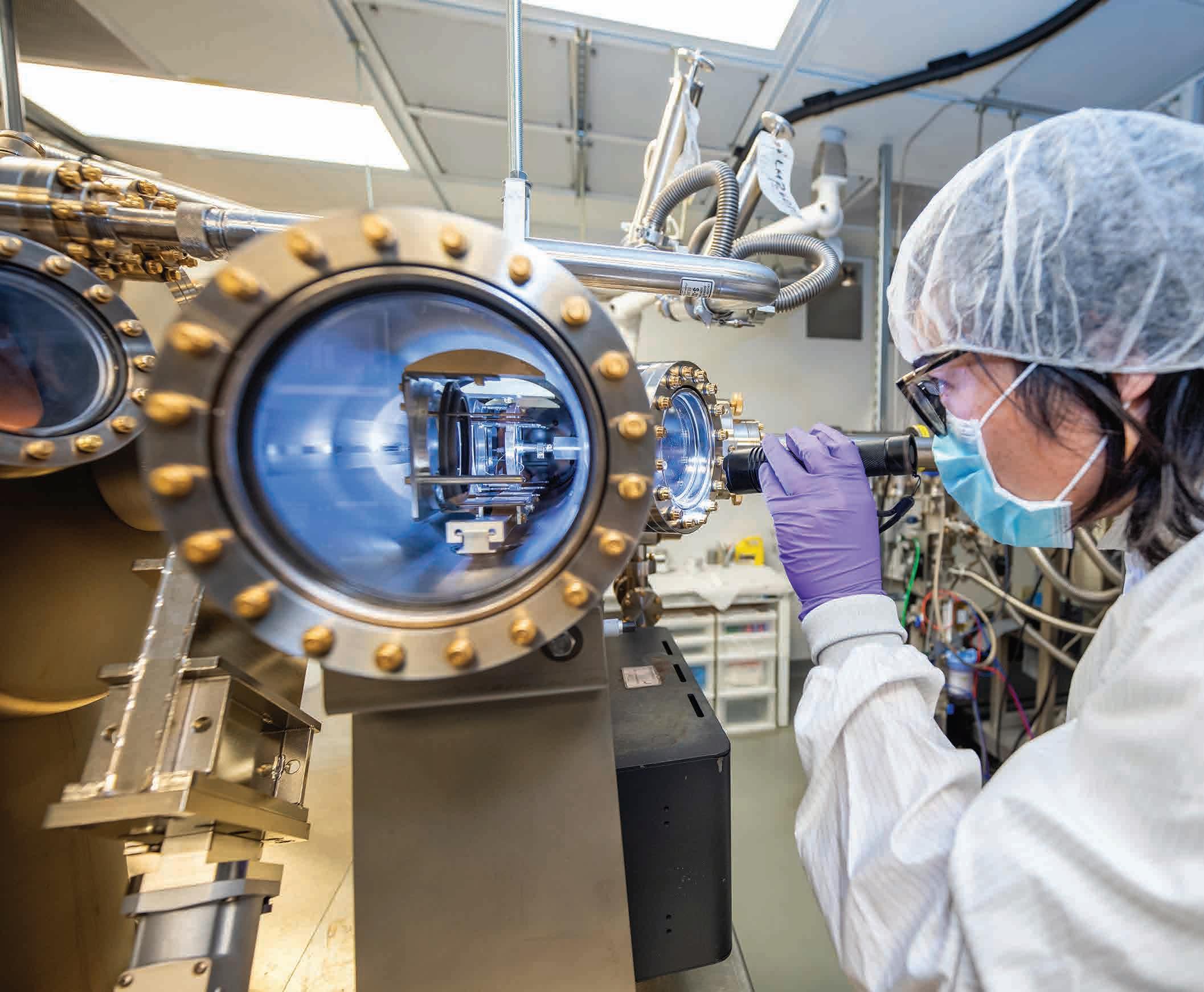
Prof. Stephen Forrest’s team demonstrated scaling of a new brand of highly efficient thermophotovoltaic (TPV) cells based on their air-bridge technology. The scaled TPV cells are based on silicon, the second most abundant element in the Earth, making them relatively inexpensive and compatible with current manufacturing processes.

40 interconnected silicon TPV cells were fashioned into wafer-scale modules, each of which reached a power output of 820 mW with an emitter temperature of 2400oC. These results confirm the scalability of the technology and suitability for commercial applications. The air-bridge TPV technology has already led to the startup company Heat2Power (H2P), co-founded by Forrest and Chemical Engineering Prof. Andrej Lenert in 2024 (see pp. 36-37).
The research was presented at the 2025 IEEE Photovoltaic Specialists Conference by doctoral student Sritoma Paul. Paul received the Best Student Paper Award at the conference.
(L): Trystan Elliott, Sritoma Paul, Seungwon Rha each holding a TPV wafer fabricated in the LNF. Photo: Jero Lopera
As more and more spacecraft are sent into space (International Space Station, GPS satellites, Mars Rovers, etc.), engineers are working to come up with the best solutions for providing power in this intensely irradiated environment. Radiation testing suggests that solar cells made from organic materials could outperform conventional silicon and gallium arsenide for generating electricity in the final frontier.
Prof. Stephen Forrest and his group have been investigating organic solar cells, and discovered a new technique for improving their performance to provide power in the punishing environment of space. They are now seeking patent protection for their research, which has already been licensed to the company Universal Display.
In related work, both Forrest and Prof. Mark Kushner are members of the newlyestablished Space Power and Propulsion for Agility, Responsiveness and Resilience (SPAR) Institute, funded with $35M from the U.S. Space Force. Forrest will work with Chemical Engineering Prof. Andrej Lenert to bring thermal photovoltaic technology into space to power spacecraft. Kushner, the William P. Allis Distinguished University Professor of EECS, will be part of the modeling and simulation team. He will focus on developing the modeling capability for new gases that will be used for the plasma thrusters.

How much faster could you complete a jigsaw puzzle with only four pieces, compared to the same puzzle with 1000 pieces?
It could be the difference of seconds to days. Although the rules are simple and the solution is constant, jigsaw puzzles become exponentially more difficult to solve as the number of pieces increases.
In the same way, some optimization problems are conceptually simple but computationally demanding. For example, the maximum cut problem requires a solver to sort a series of connected dots between two bins in a way that maximizes the number of lines connecting dots in different bins. These so-called “quadratic unconstrained binary optimization (QUBO) problems” quickly become unwieldy for both humans and computers as the number of variables increases.
Prof. Pinaki Mazumder is part of a team, with Research Area Specialist Lead Mikhail Erementchouk and Ph.D. student Aditya Shukla, that are designing quantum-inspired technologies to solve QUBO problems more efficiently than currently possible—without waiting for quantum computers, which may take another decade.
They are developing Ising machines, which can be visualized as networks of points where each has a “spin” state influenced by their nearest neighbors. Common examples of Ising models include sets of electrons in a metal, defects in crystals, and even metronomes.
Most Ising machines are binary, allowing spins to be either “up” or
“down.” Mazumder’s team used a “relaxed” version of the problem, abandoning the binary constraint and allowing the results to vary continuously. These are called relaxation-based dynamical Ising machines (RDIMs). They designed the heuristic software, the hardware architecture, and ultimately, a 64-node integrated circuit. From there, they improved the heuristic to round the solution to a binary state for further computing.
“This is the first time that anybody has even tried to solve quantuminspired algorithms on a VLSI chip,” said Mazumder.
The RDIM architecture has potential applications to a wide range of commercial applications, including traffic optimization, robot routing and control, material development, drug discovery, and image processing.

“
This is the first time that anybody has even tried to solve quantuminspired algorithms on a VLSI chip.”
— Pinaki Mazumder
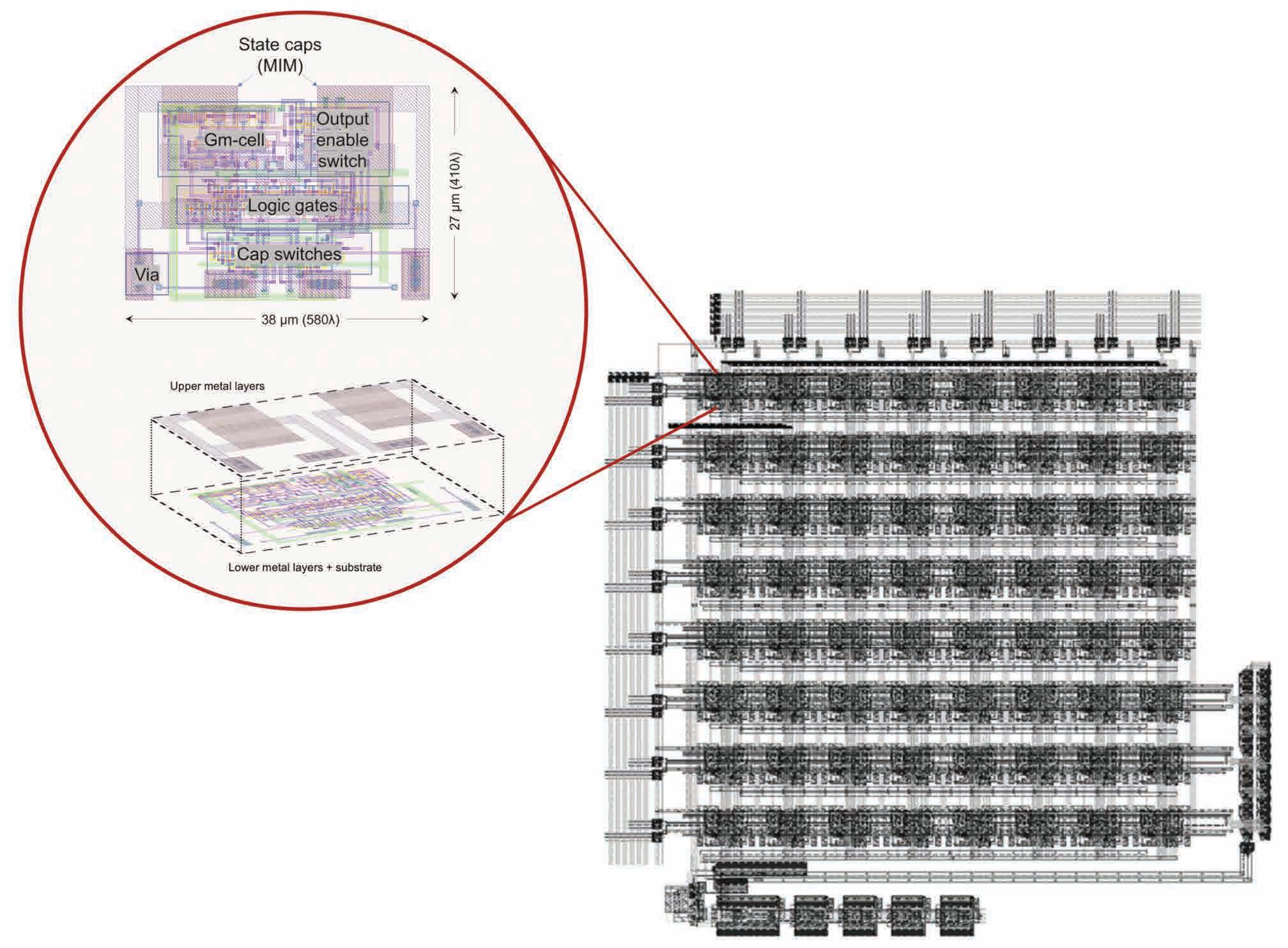
Layout of the integrated circuit with 64 nodes. Each node’s layout is shown in the bubble, with occupancy by various portions of the node (top) and a 3D visual to differentiate the state capacitors from the lower layers (bottom). Published in IEEE Transactions on Computers.
Billions of people worldwide rely on OLED (organic light-emitting diode) screens throughout their day. They are the standard display screen in the best Samsung and Apple smartphones, they provide the sharp images on leading manufacturers of smart TVs, and they are used in high end laptops and automobile displays.

Prof. Stephen Forrest and his team are behind the rise of OLEDs, and they continue to make them better and better. Compared to LCDs, OLEDs have superior picture quality and are thinner, lighter, and more flexible. In their latest advancement, the team has increased the potential energy efficiency of OLED screens by improving the longevity of blue phosphorescent OLEDs (PHOLEDs) to be equivalent with the green PHOLEDs.
“I can’t say the problem is completely solved, but I think we’ve shown the path to a real solution that has been evading the community for two decades,” said Forrest, the Peter A. Franken Distinguished University Professor of Electrical Engineering.
To achieve this new breakthrough, they delved into the world of quantum mechanics—electrons, holes, photons, excitons, quasiparticles, and plasmons. Their new design features two lightemitting layers so two excitons are less likely to merge; an extra layer to help the excitons resonate with surface plasmons near both electrodes, so that both emitting layers are able to get the energy out faster; and an optical cavity for the whole structure, where blue light resonates between two mirror-like electrodes. This pushes the color of the photons deeper into the blue range.
The team has patented the technology and licensed it to Universal Display Corp.
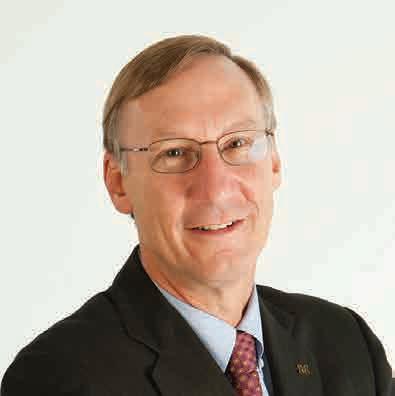
“We’ve shown the path to a real solution that has been evading the community for two decades.”
— Stephen Forrest, CEO and co-founder, Heat2Power

Claire Arneson demonstrates the glowing blue PHOLED.
Anthony Grbic, the John L. Tishman Professor of Engineering, and his research group have found a way to increase the efficiency-bandwidth product of an electrically small antenna. Their research was featured on the IEEE Transactions on Antennas and Propagation homepage, and doctoral student Zachary Fritts earned a fellowship to continue his research in this area.
Fritts described the impact of their advancement: “The new method of analyzing time-modulated antennas allows us to break the glass ceiling on the bandwidthefficiency product of electrically-small antennas. These antennas are important whenever the wavelength of operation is large or when the antenna must be physically small. The development of highly efficient, miniaturized antennas will enable ultra-small wireless environmental sensors and communication devices for next generation IOT systems. The potential applications are quite broad, including remote sensing of the earth or atmosphere, long-range communications, small sensors of interest in biology, and more.”

G has brought the world ultra-low latency, high speed, high reliability, and high capacity for a multitude of highly anticipated applications. Even before 5G was rolled out in 2019, ECE researchers were working on the next generation of wireless technologies, now called simply NextG. A critical component of any of these NextG technologies is the antenna used to transmit and receive the information.
In new research that was featured by IEEE Transactions on Antennas and Propagation, former doctoral student Aditya Varma Muppala and Kamal Sarabandi, the Fawwaz T. Ulaby Distinguished University Professor, described a new and improved antenna, called a Substrate Integrated Waveguide (SIW) Cavity-Backed Slot Antenna. This antenna is scalable to large arrays, is wideband, low profile, and easy to fabricate.
In order to achieve all of these qualities in the same antenna, they revived a technique called “fictitious short” that was developed by Sarabandi and alum Nader Behdad, now the McFarlandBascom Professor at U. of WisconsinMadison, about 20 years ago.
“We’ve shown this concept of fictitious shorts and characteristic mode analysis can extend from the lower end of Ghz to close to THz, both on and off chip,” said Muppala, who is now an Assistant Professor at U. of California, Berkeley.
Doctoral student Yixin “Arthur” Xiao has been working with Prof. Zetian Mi to develop the world’s smallest red-emitting III-nitride LEDs, suitable for virtual and augmented reality (VR/AR) applications. He has helped stabilize the material and further increase efficiency of red micro-LEDs for practical use. In more recent work, he engineered a red micro-LED an order of magnitude more efficient than existing red LEDs of a similar size.
Xiao and the team then set to work on color quality. At high electric currents, InGaN red micro-LEDs tend to show blueshifting, meaning that the wavelength of light shifts toward a higher-frequency, blue color. To address the color instability, Xiao led an effort to
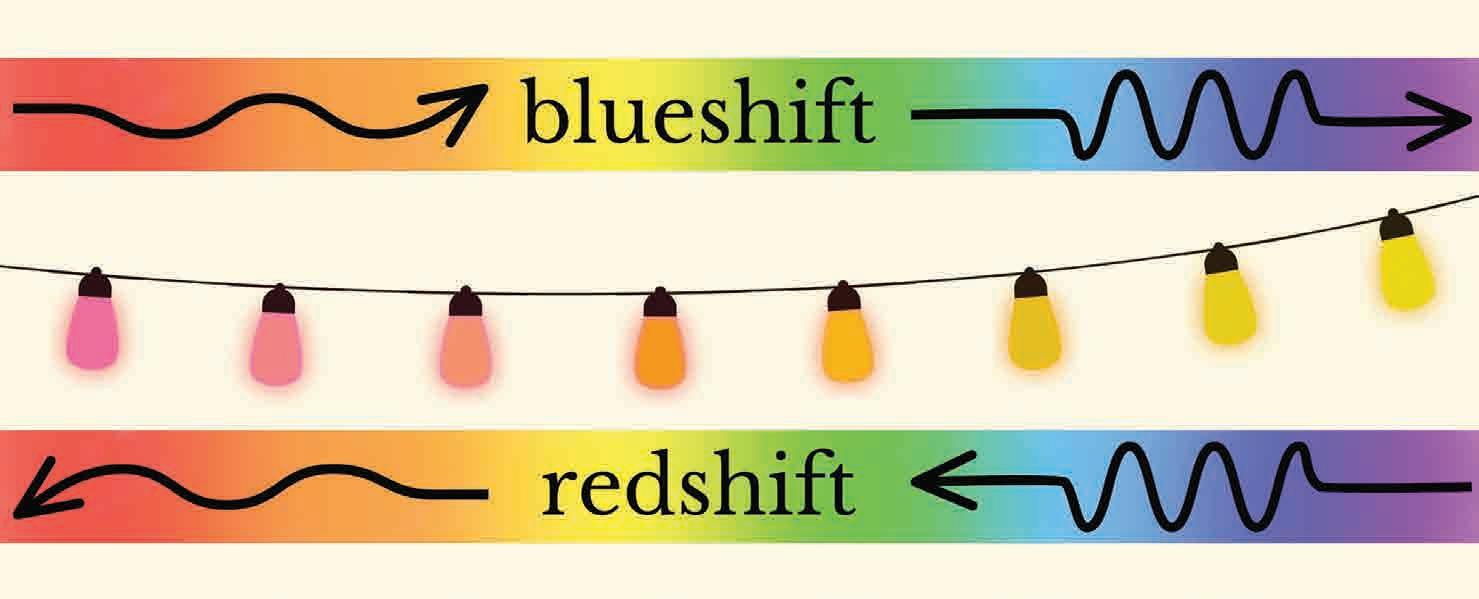
develop a nanostructure that limits the source of the blueshift, and is working on a red micro-LED model that uses intrinsic crystal photonic effects to eliminate blueshift entirely.
Doctoral student Skanda Harisha, Prof. Aline Eid, and Jimmy Hester (CTO, Atheraxon) devised a system that makes it possible to track a millimeter-wave ID tag in a 3D space with a single, off-the-shelf frequency modulated continuous wave radar. The standard method of locating tags in a 3D environment requires multiple radars to triangulate the signal.
“The system could be used for applications like tracking drones, robots, or people in indoor spaces like warehouses, where you’re trying to avoid people being hit by forklifts or other equipment. It could be used anywhere where GPS doesn’t reliably work,” said Harisha. “It could also be useful in the automotive industry to navigate autonomous cars in complex scenarios.”
Harisha won a Best Poster Award for his presentation of the research at the 19th Annual International Conference on RFID.
For his efforts, Xiao received the Society for Information Displays (SID) Detroit Metro Chapter Academic Award.
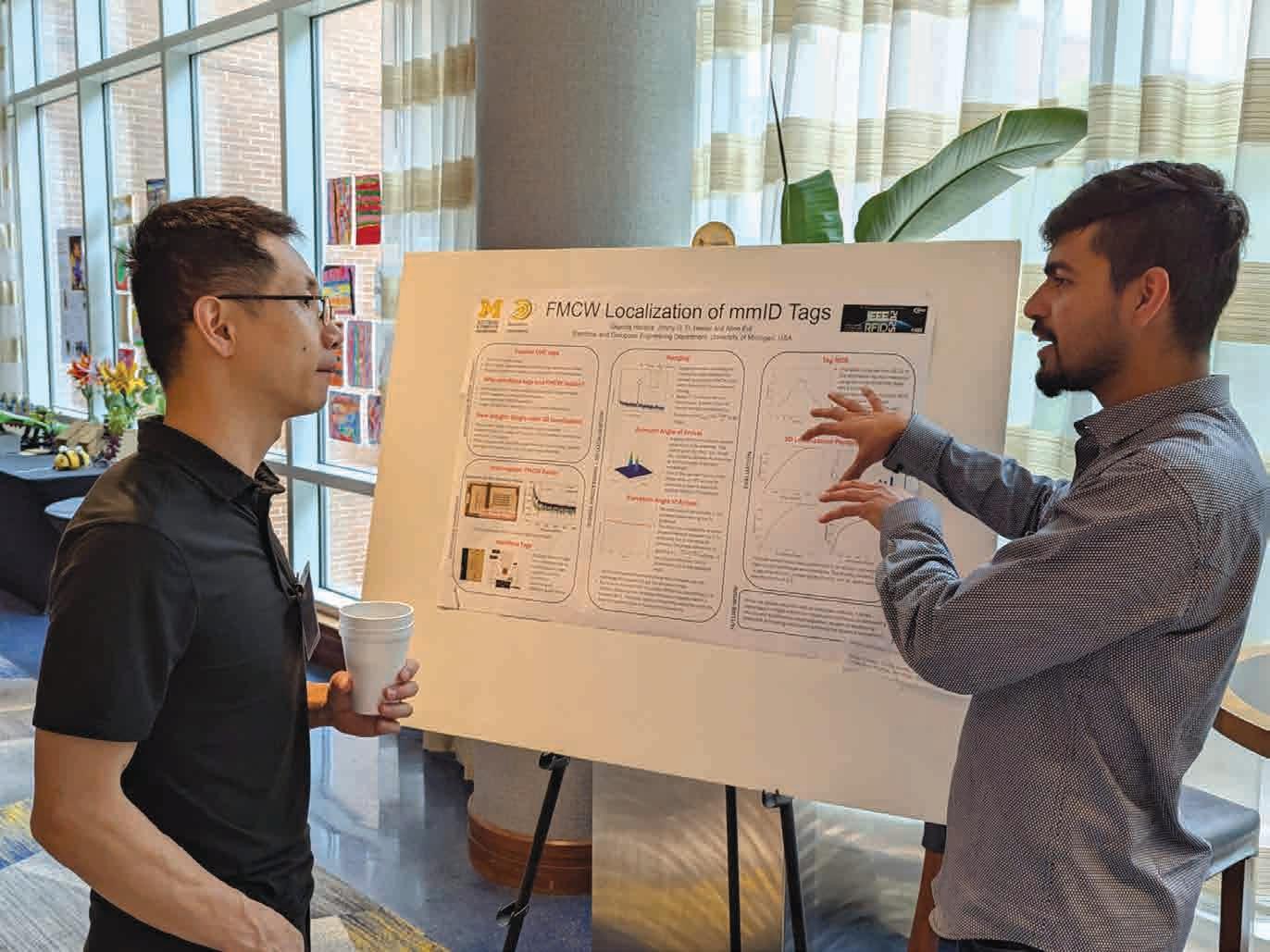
The Zettawatt-Equivalent Ultrashort pulse laser System (ZEUS) laser facility has reached 2 petawatts (2 quadrillion watts), achieving about double the peak power of any other laser in the U.S. It comes 6 years after being awarded the grant by the National Science Foundation—with much planning, building, and testing along the way.
At more than 100 times the global electricity power output, this nearly incomprehensible amount of power lasts only for the brief duration of its laser pulse —25 quintillionths of a second long.
Research at ZEUS will have applications in medicine, national security, materials science, and astrophysics, in addition to plasma science and quantum physics. Supported by the U.S. National Science Foundation, ZEUS is a user facility— meaning that research teams from all over the country and internationally can submit experiment proposals that go through an independent selection process.
“One of the great things about ZEUS is it’s not just one big laser hammer, but you can split the light into multiple beams,” said alum Franklin Dollar (MSE EE; Ph.D. Applied Physics), professor of physics and astronomy at the University of California, Irvine. Dollar’s team is running the first user experiment at 2 petawatts. “Having a national resource like this, which awards time to users whose experimental concepts are most promising for advancing scientific priorities, is really bringing high-intensity laser science back to the U.S.”
Dollar’s team and the ZEUS team aim to produce electron beams with energies equivalent to those made in particle accelerators that are hundreds of meters in length.
“We aim to reach higher electron energies using two separate laser beams—one to form a guiding channel and the other to accelerate electrons through it,” said research scientist
Anatoly Maksimchuk, who leads the development of the experimental areas.
This demonstration of ZEUS’s power paves the way for the signature experiment, expected later this year, when the accelerated electrons will collide with laser pulses coming the opposite way. The multi-petawatt laser pulse will seem to be millions of times more powerful—a zettawatt-scale pulse. This gives ZEUS its full name of “Zettawatt Equivalent Ultrashort laser pulse System.”
“As a midscale-sized facility, we can operate more nimbly than large-scale facilities like particle accelerators or the National Ignition Facility,” said research scientist John Nees, who leads the ZEUS laser construction. “This openness attracts new ideas from a broader community of scientists.”


Modern high-speed internet uses light to quickly and reliably transmit large amounts of data through fiber-optic cables, but currently, light signals hit a bottleneck when data processing is necessary. For that, they must convert into electrical signals for processing before further transmission.
A device called an all-optical switch could instead use light to control other light signals without the need for electrical conversion, saving both time and energy in fiber-optic communication.
A team led by ECE Prof. Stephen Forrest and Physics Prof. Hui Deng demonstrated an ultrafast all-optical switch by pulsing circularly polarized light, which twists like a helix, through an optical cavity lined with an ultrathin semiconductor. This achievement is an important step to optical computing.
“Extremely low power consumption is a key to optical computing’s success. The work done by our team addresses just this problem, using unusual two-dimensional materials to switch data at very low energies per bit,” said Forrest.
Is it possible to get a set of semiconductor lasers to synchronize their emissions and act as one giant, high-powered laser? This is a question that Prof. Herbert Winful grappled with when he first joined Michigan back in 1987. It has become relevant again as he serves as co-PI on a new $9M, five year Multidisciplinary University Research Initiative. The project, “AI-Guided SelfOrganization: Tailoring Disorder to Shape Complex Nonlinear Dynamics,” is led by Prof. Hui Cao at Yale University.
The project aims to understand a counterintuitive phenomenon observed in many complex systems: that introducing disorder or complexity can often lead to more orderly behavior.
“In this grant, we are using some new ideas from AI to control the selforganization in several electronic devices,” said Winful.
Winful will focus on the use of semiconductor laser arrays, degenerate cavity lasers, and multimode fiber lasers to model complex nonlinear dynamics. Other members of the team will work with superconducting quantum interference devices (SQUIDs) and analog electronic oscillators. Using theory, digital twin simulations, and high-throughput experiments, they aim to develop and train a generalized artificial intelligence (AI) system to control and encourage cooperation between complex physical systems.
Enhancing cooperation between lasers could increase their combined output by the number of coupled lasers squared, with implications for new areas of plasma research, including scaling nuclear fusion as a clean energy source, the development of next-generation x-rays, and more.

“We are using some new ideas from AI to control the selforganization in several electronic devices.”
— Herbert Winful
From groundbreaking discoveries to real-world impact, the faculty and students of Electrical and Computer Engineering stand at the forefront of turning ideas into innovations. They are U-M leaders in the generation of patents, start-ups, and intellectual property, and the work they do transforms lab research into products, companies, and solutions that benefit society—proving that the journey from concept to community can be both bold and successful.
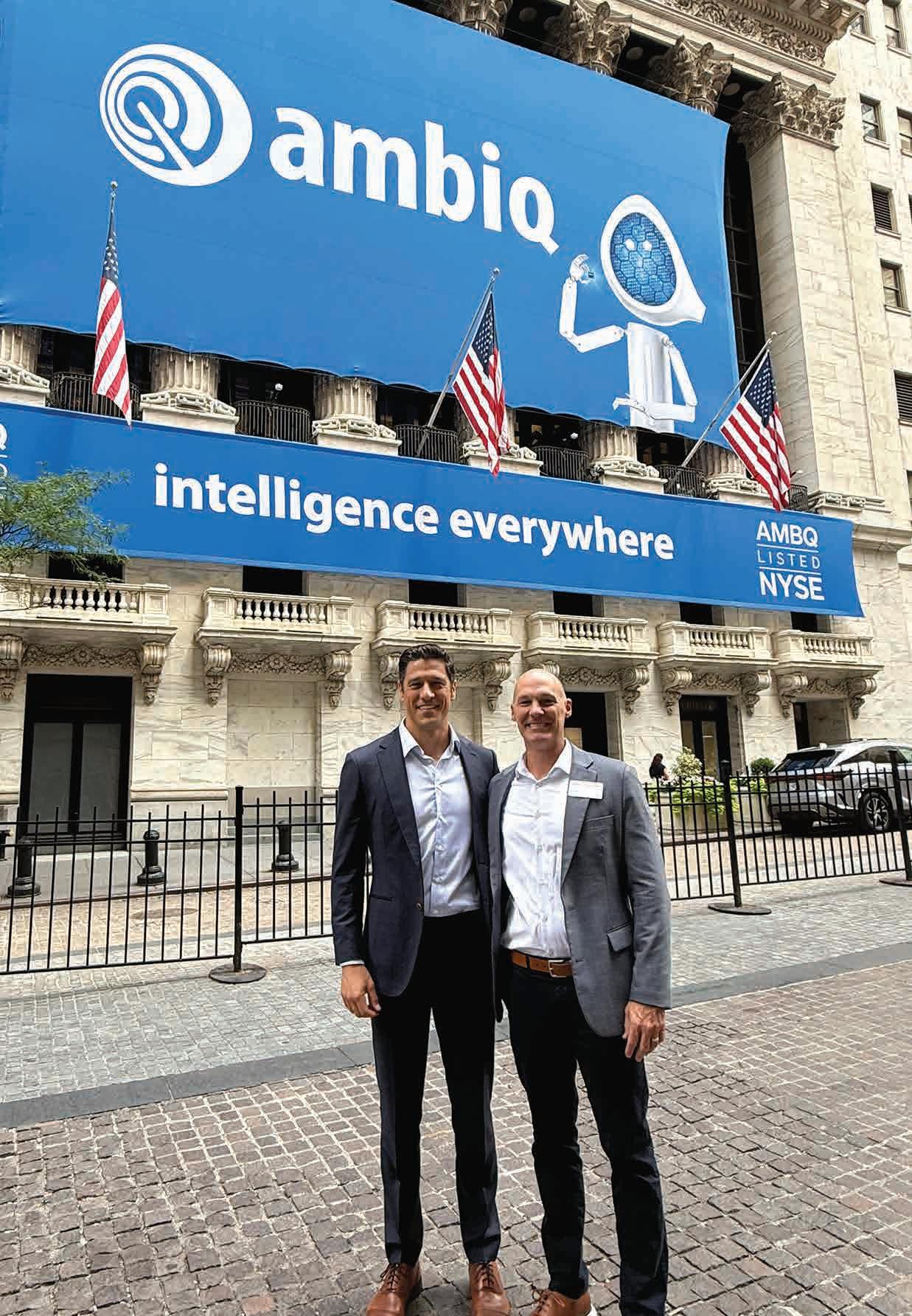
“Ambiq is a powerful example of how federally funded research can become a technology that improves the everyday lives of many people, in this case by enabling more capable and convenient wearable devices.”
— Prof. Dennis Sylvester, co-founder of Ambiq
The bell at the New York Stock Exchange rang out on July 30, 2025 to signal a new company listing, Ambiq Micro (AMBQ). Ambiq, which was founded in 2010 as a startup by Dr. Scott Hanson (BSE MSE PhD EE ‘04 ‘06 ‘08), Prof. David Blaauw, and Prof. Dennis Sylvester, closed with a valuation of $656M.
“Ambiq is a powerful example of how federally funded research can become a technology that improves the everyday lives of many people, in this case by enabling more capable and convenient wearable devices,” said Dennis Sylvester, the Peter and Evelyn Fuss Chair of Electrical and Computer Engineering.
The core technology behind Ambiq’s ubiquitous chips was developed with support from the National Science Foundation. These chips are now helping batteries last longer in devices from Fitbit, Garmin, and Whoop, as well as smart glasses and medical wearables.
“Our chips are embedding intelligence everywhere. One of the coolest things is I can walk through any airport, any shopping mall, go to one of my kids’ sporting events, and I see the impact of our chips,” said Hanson, Chief Technology Officer at Ambiq.
The company name, Ambiq, comes from the words “ambient intelligence.” It is meant to evoke sensing and computing technology so unobtrusive and easy-to-maintain that it could exist anywhere people might want it.
The team needed to push the boundaries of low power computing until battery life was no longer a dealbreaker for wireless sensors.
Once Hanson proved he could do this in the lab, he knew he wanted to start a company. Not all were enthusiastic.
“When we first came out with this technology and showed it to other companies in this space, several technical people said this was exactly the wrong way to go about it,” said Blaauw, the Kensall D. Wise Collegiate Professor of Electrical Engineering and Computer Science. “Sometimes, what turns out to be a good idea is not always well received.”
Today, Ambiq employs about 190 people, and its chips have been installed in 270 million commercial devices. The company is pivoting toward bringing AI down from the cloud, solving the power bottleneck that makes AI models hard to run in wearables, smartphones, cameras, vehicles, and more.
“Our
chips are embedding intelligence everywhere.”
— Dr. Scott Hanson, alum and CTO of Ambiq


Launched in 2024, the company Heat2Power (H2P) holds the key for low-cost, efficient generation of energy from stored heat.
Its core product, based on thermophotovoltaic (TPV) technology, is a modular panel capable of turning heat into electrical power. The company’s technology will help provide power to industrial users at rock-bottom prices, in an environmentally friendly way.
“Thermophotovoltaic devices are very much like solar cells, except they convert heat, as opposed to sunlight, to electricity,” said co-founder Stephen Forrest, the Peter A. Franken Distinguished University Professor of Electrical Engineering and Paul G. Goebel Professor of Engineering.
Heat2Power’s highly-efficient TPV devices can be paired with hightemperature thermal energy storage (TES) systems to add economical and sustainable on-demand capabilities to clean energy sources, such as wind and solar, and provide a cost-effective method for recycling the wasted energy typical in industrial power plants.
Both markets have tremendous potential.
“The amount of energy in California alone that is generated by solar but ultimately wasted because it can’t be stored would power about 300,000 homes,” said Forrest.
And while industry accounts for about 30% of all U.S. energy consumption, it
also wastes about 20-50% of the energy consumed in the form of heat.
Currently, in order to make wind and solar energy available on demand, it is typical to resort to methods such as pumped water, which requires expensive hydroelectric facilities, or lithium-ion batteries, which are expensive and generate toxic materials waste. In the industrial sphere, plants that require high temperatures for operation are moving to thermal energy storage (TES) systems to store the heat for later use.
There is an entire industry devoted to TES systems, and Heat2Power has the technology to greatly enhance its effectiveness.
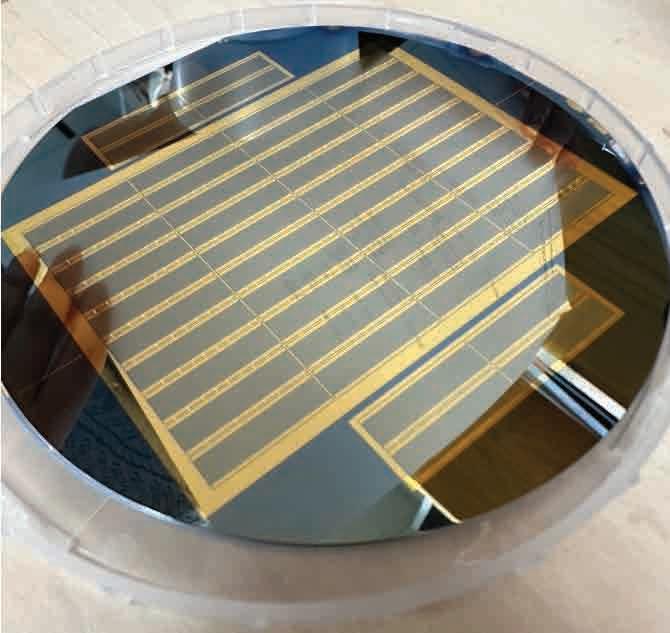
H2P’s wafer-scale cell arrays can be customized into modular panels, as shown above, for faster panel assembly and better reliability.
A primary component of TES systems are large storage containers that store the thermal energy. Heat2Energy’s TPV panels would line the interior of the containers, and when energy is needed, the heat would be released to radiate to the panels.
“The thermal radiation that’s coming off the hot storage material is collected by our TPV panels and converted into electricity almost instantaneously,” said co-founder Andrej Lenert, Associate Professor of Chemical Engineering.
Heat2Power’s TPV technology converts heat to electricity more efficiently than
any current device on the market at scales ranging from kWs to MWs. Its efficiency is also stable across a wide range of temperatures, while other current technologies become inefficient at lower temperatures.
“We pioneered the first solid-state power generator with over 44% heat-to-power efficiency and a clear path to over 50%,” said Forrest.
At the center of Heat2Power’s technology is the team’s patented airbridge thermophotovoltaics. With this technology, it is possible to harvest thermal energy even at the relatively low temperatures that reactors put out.
Companies that work in energy storage and waste heat recovery spaces are already showing interest.
“We have more customers for this than we can currently serve,” said Forrest.
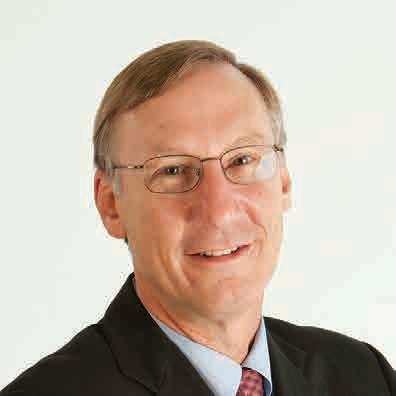
“Thermophotovoltaic devices are very much like solar cells, except they convert heat, as opposed to sunlight, to electricity.”
— Stephen Forrest, CEO and co-founder,
Heat2Power


“With this AI accelerator, you can reduce the power and financial cost required to run the AI models, and get higher performance.”
— Wei Lu, CTO and co-founder, MemryX
When Professors Wei Lu and Zhengya Zhang founded MemryX back in 2019, their goal was to develop a programmable AI accelerator chip for high-performance AI applications. An accelerator chip is a specialized processor designed to perform certain types of computing tasks faster and more efficiently than a general-purpose CPU.
Five years later, based on the strength of the company’s new MX3 Accelerator chip, released in 2024, MemryX raised $44M in Series B funding for advanced AI computing. This MX3 Edge AI Accelerator chip allows users to process large amounts of data and run machine learning models on their local devices.
“The MX3 is a very capable AI inference chip,” explained Wei Lu, the James R. Mellor Professor of Engineering, CTO, and co-founder of MemryX. “With this AI accelerator, you can reduce the power and financial cost required to run the AI models, and get higher performance. This is all due to the very innovative hardware that we developed initially at the University of Michigan.”
AI inference occurs when pre-trained machine learning models are deployed to solve a problem or perform a task.
“When you send a ChatGPT prompt and get a response, that’s done in the cloud,” Lu said. “But there are a lot of other

use cases where you want to do the inference at the edge, meaning locally on a device like your phone or computer.”
Edge computing, where processing is handled on-chip in close proximity to the application instead of being sent to the cloud, offers significant advantages in terms of speed and security.
Examples of edge applications include sensing defects in factory equipment, detecting when accidents happen in a mass transit system, monitoring if people are bringing concealed weapons to a public museum, or determining when you need to adjust stop lights for traffic patterns.
Localized processing, rather than sending information to the cloud, enhances reliability, speed, and confidentiality. For example, it would be faster and safer to process patient medical data right at the hospital or clinic where it was collected.
“Our chips use 10 times less power, are 10–100 times smaller, and can run a few times faster than current leading solutions,” said Lu. “Our architecture is so efficient that we don’t have to sacrifice the precision of the models and users can program their AI models on our chips effortlessly within minutes.”
The MX3 is getting rave reviews, including its receipt of the 2025 Edge AI and Vision Product of the Year Award in the Edge AI Computers and Boards category.
MemryX has entered volume production through Taiwan Semiconductor Manufacturing Company Limited (TSMC), with multiple customers committed to using the chips. The M.2 modules, which hold four chips and interface with standard computer hardware and operating systems, are also available to the general public through common platforms such as Amazon or Mouser Electronics.


How many times have you forgotten a name or fact that someone recently told you, or missed jotting down an important note in a meeting? Imagine getting an immediate, accurate response from a virtual assistant when you ask aloud, “What is my new acquaintance’s name?” or, “What are my action items for the project?”
For a virtual assistant to give you an accurate response to a question like this right away, it needs to be aware of the context behind the question. Context awareness requires the virtual assistant to be listening to conversations before your question or request for help.
This is the premise of Buddie. Buddie consists of earbuds and a smartphone app that provide a context-aware voice interface for artificial intelligence (AI) agents. It was developed by a team including Robert Dick at the University of Michigan and Li Shang and Fan Yang at Fudan University in Shanghai, China.
Steve Jobs once revolutionized mobile phones by defining the touch screen as their primary interface. Buddie’s developers believe that in the AI era,
context-aware voice is the next transformative interface, and earbuds are the ideal form factor to enable effortless access to AI services that are hands-free and available anywhere, anytime.
To realize this vision, Buddie earbuds are always “listening” to gather context about the user’s conversations and interactions. Buddie was designed to put users in control of where their private data are sent, to safeguard privacy. The earbuds record talking, use an energy-efficient method to transmit the information to the user’s smartphone, convert the spoken words into a written transcript, and immediately delete the audio recording. The transcripts are saved to the user’s phone, where they can view the files, delete them, and ask a question for a third-party large language model (LLM) like ChatGPT to answer using the recorded context. Any answers from the LLM are read back out by voice.
“The spoken word is the primary communication interface for conversations among humans,” explained Dick, “and context awareness makes verbal communication more efficient and precise. Imagine walking into a

“Context awareness makes verbal communication more efficient and precise.”
— Robert Dick
room where others are in the middle of a conversation. You wouldn’t know what was going on unless they stopped and restated the context for you. That’s a situation AI assistants frequently face. If they had context, they could be more helpful and stop burdening you with repeated explanations. Without context, you can ask an AI assistant about an encyclopedia. With context, you can ask it about your life.”
The developers launched a Kickstarter campaign late in 2024. They more than doubled their initial goal and have shipped Buddie to backers. In August, the Buddie system was open sourced so backers and researchers can customize, enhance, and build upon it.

Any search of online job postings reveals the need for individuals with skills in artificial intelligence (AI) and machine learning (ML), and ECE faculty are actively preparing their students to succeed in this exploding field.
“Machine learning and data science are permeating literally every aspect of science, industry, and government,” said Prof. Laura Balzano.
“Students have really cried out for machine learning education, because the employers are putting value on machine learning and AI capabilities,” added Alfred Hero, the John H. Holland Distinguished University Professor of EECS and the R. Jamison and Betty Williams Professor of Engineering.
ECE faculty have stepped up to the plate to address this challenge, integrating AI-related topics in classes, from the more generalist “Machine Learning for ECE” course to specialized topics like “AI-based mixed reality.”
Foundational courses in machine learning have been taught at Michigan for more than a decade, and new courses are being added every year. First-year undergraduate students can take ENGR 100: Computational ML for Scientists and Engineers, taught by Prof. Raj Nadakuditi.



“My goal for my students is to get them to understand that there is some math behind these AI models that needs to be harnessed properly to take advantage of all its functions, and then to give them a feeling of what it means to actually tune an AI model,” said Nadakuditi.
Nadakuditi also developed EECS 298: Computational Machine Learning, which is designed to equip students with the knowledge they need to understand, train, and design machine learning algorithms, particularly deep neural networks, and even deploy them on the cloud.
There are two higher-level and foundational machine learning courses specially tailored for ECE students: EECS 453: Principles of Machine Learning and EECS 553: Machine Learning for ECE. These courses include more mathematical background and principles compared to their Computer Science and Engineering counterparts.
“It was clear that machine learning was something that our students were well-prepared to study, master, and go out and use,” said ECE Professor Clayton Scott, who regularly teaches EECS 553. “Each time I teach ‘Machine Learning for ECE,’ I add one or two new lectures to incorporate more deep learning and more modern machine learning to keep up with the times and the demand.”
ECE faculty have also been busy developing a variety of upper-level undergraduate and graduate-level special topics courses that rely heavily on AI/ML.
Prof. Liyue Shen’s course, ECE 598: Artificial Intelligence in Biomedicine, highlights algorithms that can help scientists and doctors identify anomalies in images like MRIs, x-rays, photos of skin, and microscopic views of cells. The application of AI in biomedical settings has the potential to help diagnose disease, develop vaccines, and more.
“The students try to think about more interesting, innovative ideas for doing the image reconstruction more reliably and efficiently,” said Shen. “We have so many unique challenges with the many different and complicated biomedical data types—like CT, MRI, X-rays, ECG, EKG, genomics, and electronic health records. The students use
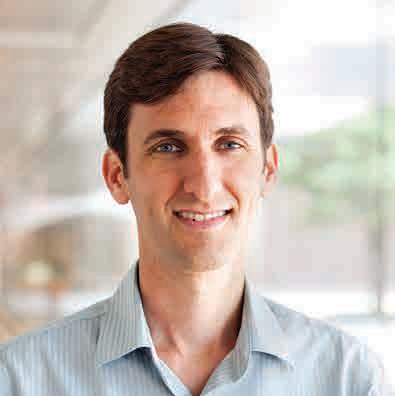
“Machine learning is such a vast field that you can’t cover it in one or even a handful of courses.”
— Clayton Scott

data in collaboration with Michigan Medicine to build rare and very valuable multimodal biomedical datasets.”
Shen’s students get to learn about new research topics and methods new to image processing and apply deep learning techniques. It gives them a chance to apply up-and-coming methods to topics that have the potential to improve and save human lives.
In Jiasi Chen’s ECE 598: AI-based Mixed Reality course, students learn to apply AI algorithms to virtual, augmented, and extended reality through existing, out-ofthe-box headsets, laptops, or phones.

“AI is more of a research topic, so if you go to the keynote at an academic conference or talk to your collaborators, they’re all really interested in AI and how it can be applied to mixed reality,” said Chen. “Other mixed reality courses on campus [are] more focused on applications and software engineering… this is more a mix of practical [topics] and research projects.”
One example of a student project is a live transcription product, where a headset will automatically translate speech in a different language and display it as a speech bubble, like in a video game. Another project trains a model to recognize hand gestures used in scuba diving.
Prof. Vladimir Dvorkin’s course ECE 598: Computational Power Systems incorporates AI and ML to help ensure that our rapidly-evolving power grids and electricity markets are reliable and economic.
“In the past, we had simple electricity demands,” said Dvorkin. “Residential consumers had very predictable schedules, and that made electricity consumption extremely predictable, but now there are so many other resources in the system, like data centers that work through the day and night, or renewable energy that depends on the weather, so there is a lot of uncertainty and variability in the system. Consequently, our decision making needs to be fast.”
The course has been popular, attracting students from across Michigan
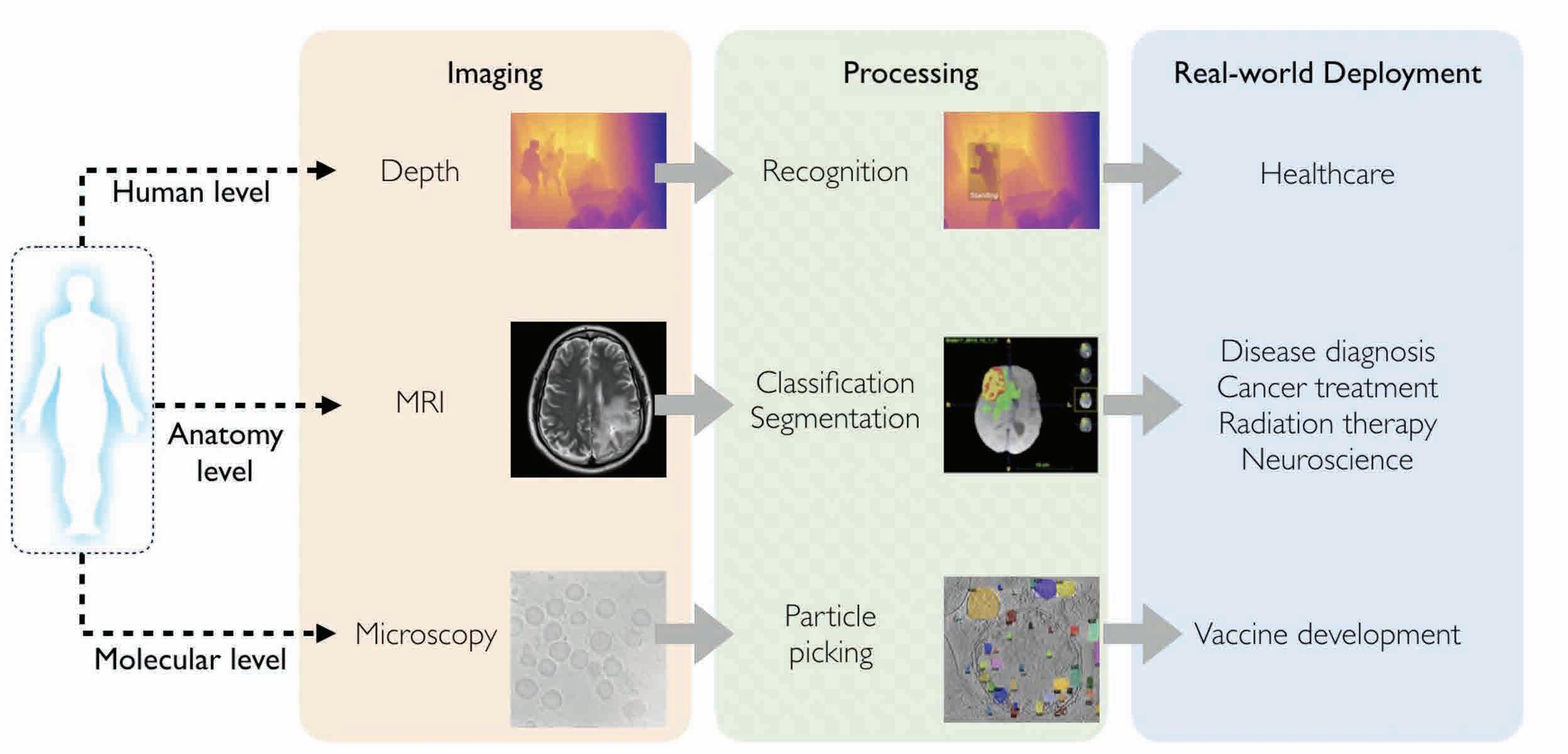
Engineering, and even from the College of Literature, Science, and the Arts. The importance of power systems to humankind’s wellbeing—and its increasing complexity—leads many graduate students to pursue related research on its operation and optimization.
Prof. Robert Dick is currently developing a new EECS 498 course called Computer Engineering for and with AI/ML; it is expected to be taught in 2026. This course will include an introduction to AI/ML fundamentals; a review of the practical uses of AI/ML systems, including big data and small data problems; practical approaches to designing computer systems to efficiently host AI/ML applications; and using AI/ML for computer system design.
In this project-based course, students will also learn about the basics of deep neural networks, common problems that students may encounter when using them, and practical approaches to designing software and hardware to host and execute AI and machine learning applications.
“AI/ML based applications and solutions are very common. Computer engineers will benefit professionally and academically from understanding them,” said Dick.
A list of the courses taught by ECE faculty that are wholly or partially focused on AI/ML fundamentals and applications is shown to the right.
“Machine learning is such a vast field that you can’t cover it in one or even a handful of courses,” Scott said. “We try to impart the ability for students to teach themselves—we give them enough exposure to get them started and they take it from there.”
ENGR 100: Computational ML for Scientists and Engineers
EECS 298: Applied Computational Machine Learning for Scientists & Engineers
EECS 351: Intro to Digital Signal Processing*
EECS 442: Computer Vision
EECS 444/544: Analysis of Social Networks*
EECS 460: Control Systems Analysis and Design*
EECS 452: Digital Signal Processing Design Laboratory*
EECS 453: Principles of Machine Learning
EECS 498: Computer Engineering for and with AI/ML
EECS 504: Foundations of Computer Vision
EECS 505: Computational Data Science and Machine Learning
ECE 536: Power System Markets and Optimization*
EECS 542: Advanced Topics in Computer Vision
ECE 550: Information Theory*
EECS 551: Matrix Methods for Signal Processing, Data Analysis and Machine Learning
EECS 553: Machine Learning (ECE)
ECE 556: Image Processing*
EECS 559: Optimization Methods for Signal & Image Processing and Machine Learning
ECE 564: Estimation, Filtering, and Detection*
ECE 567: Reinforcement Learning Theory
EECS 598: VLSI for Wireless Communication and Machine Learning*
ECE 598: Statistical Learning Theory
ECE 598: Large Language Models
ECE 598: Randomized Numerical Learning for Machine Learning
ECE 598: Computational Power Systems*
ECE 598: AI-enabled Mixed Reality
ECE 598: Artificial Intelligence in Biomedicine
ECE 598: Information Theory and Statistics*
EECS 598: Statistical Theory of Machine Learning Limits
EECS 605: Data Science and Machine Learning Design Lab
*Partial AI/ML content
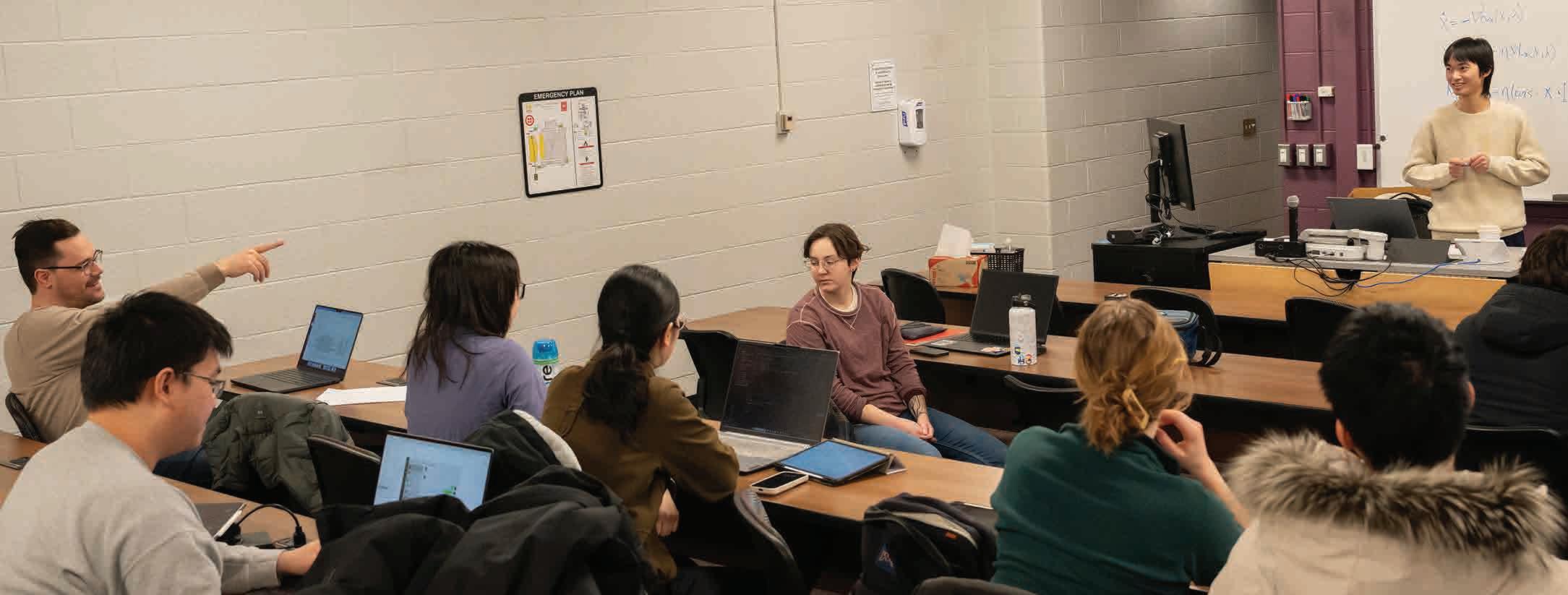

What is the best way to label objects for lidar detection? How can you tell if a neural network is working without ground truth information? What can engineering educators do to improve classroom experiences for students with ADHD?
Students who participated in the inaugural Program for Undergraduate REsearch–Electrical and Computer Engineering (PURE-ECE) answered these questions and many more at the first annual Undergraduate Research Symposium on April 23, 2025.
PURE-ECE gives sophomores and juniors in computer engineering or electrical engineering an opportunity to get involved in undergraduate research with a faculty mentor for a full academic year. It’s a 2-semester, 4-credit program.
“The idea for PURE-ECE arose from a conversation I had with one of our outstanding undergraduates in the department,” said Dennis Sylvester, the Peter and Evelyn Fuss Chair of ECE.
The first year of PURE-ECE was supported by a generous donation from alum and ECE Council member RJ Jain (read more about Jain on p. 79).
“Research can impact billions of people’s lives,” said Jain. “Advancing research is the fastest and best way to have a positive impact on people’s lives.”
It’s also great for the students.
“PURE-ECE greatly enhances the competitiveness of our undergraduates, whether they will pursue graduate studies or enter the job market,” said Prof. Di Liang. “It helps them explore their interests and identify their strengths. I also find myself learning a great deal from these bright young minds.”
In PURE-ECE, faculty from a wide range of specialties within ECE advertise their projects and are matched with interested students. The projects could be ideas that faculty are curious about but haven’t had time to pursue, bite-sized pieces of existing projects, or new questions that the students and faculty develop collaboratively.
Naman Kabra, junior in electrical engineering, spent the academic year working with Prof. Chris Giebink and Ph.D. student Adrian Pizano on the project “Polariton-enhanced thermal conductivity in ultrathin polymer films.” He fabricated and tested thin, flexible materials used in applications like OLED screens, wearable devices, and solar cells. The team was interested in understanding how the interaction of light and vibration at the surface of these materials may help heat disburse and act as a natural cooling mechanism.
“My research is like trying to build a hidden highway for heat,” said Kabra. “It could potentially make future devices cooler, literally and figuratively.”
Musabbiha Zaheer, junior in computer engineering, worked with Prof. Cindy Finelli on a project entitled “Impact of instructional practices on the sense of belonging of engineering college students with ADHD.”
For this project, Zaheer joined an existing Finelli Lab project, originally
started by alum Laura Carroll during her Ph.D. and supported by NSF. Zaheer was involved in focus group and individual interviews of engineering college students diagnosed with ADHD, to learn about their educational experiences.
“The outcomes of this project are going to be helpful and make learning easier for many students with ADHD. It’s going to build a more inclusive classroom— and that’s just better for everyone,” said Zaheer.
“I don’t think I would have explored research if it weren’t for this program.”
— Naman Kabra, EE student
Priam Alataris, junior in electrical engineering, worked on a project entitled “A system implementation of learningbased resource allocation algorithms for edge networks,” with Prof. Lei Ying.
Alataris implemented and tested an algorithm to efficiently allocate data to different resource blocks in a way that minimizes communication and computing times. He worked in a
program called GNU Radio and used Python to code his prototype, applying some of his knowledge from his coursework.
“This was a really good opportunity for me to get into a research area that I had no prior experience with,” said Alataris, “[and it] has been a really good stepping stone for me to prepare for graduate studies.”
Both students and mentors are eager to continue the experience. A number of PURE-ECE students are staying to work with their faculty mentors for summer research programs. All of the faculty who participated expressed interest in continuing in the program next year.
“It’s always nice to meet and work with talented students—I think that’s part of why we are in this business,” said Prof. Necmiye Ozay.
“I never had the opportunity to do research while I was an undergraduate student and I feel like it’s just an amazing opportunity. I want to give

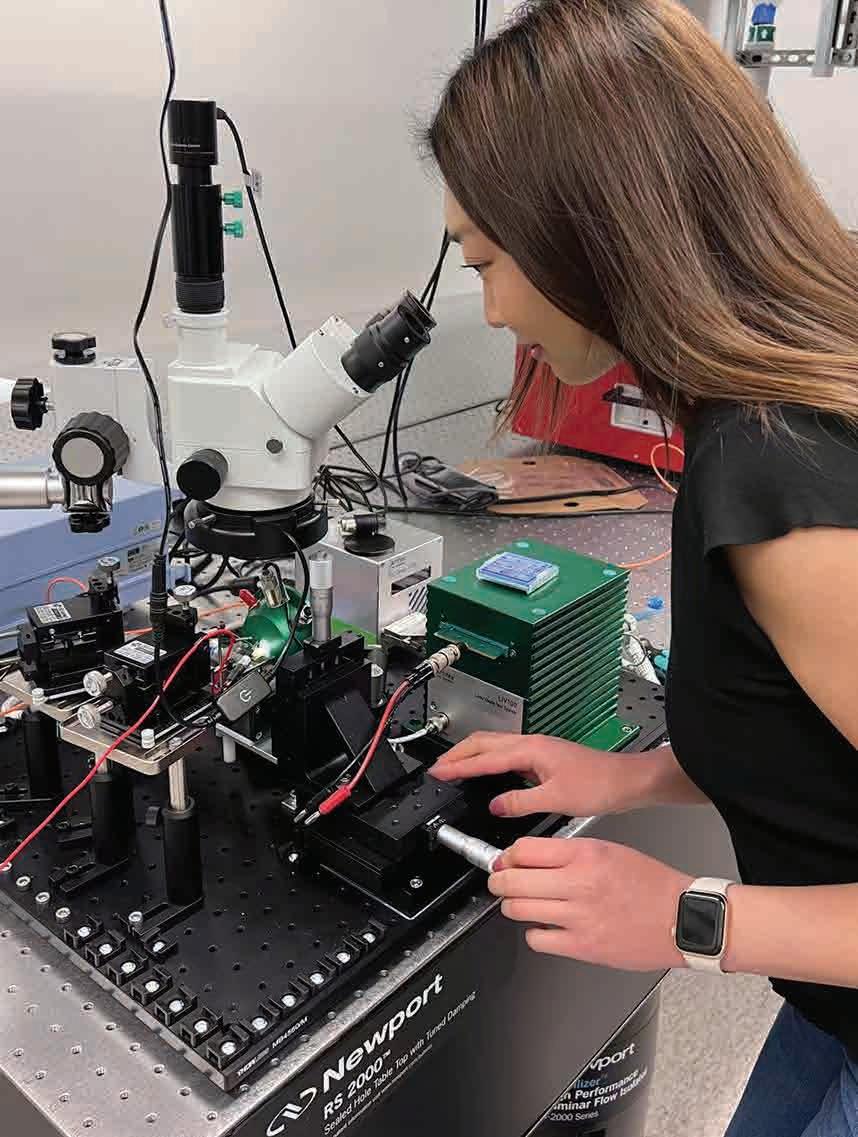
that experience to as many students as possible,” added Prof. Aline Eid.
Even in its first year, PURE-ECE has given students opportunities that they otherwise might not have pursued by alleviating some of the obstacles to getting involved and demystifying the process.
“I don’t think I would have explored research if it weren’t for this program, to be honest,” said Kabra. “PURE-ECE really… laid out a pathway for me to do research. I’m really grateful and I think this program should go on for a long time, because it really benefits students and helps them.”
“I never had the opportunity to do research while I was an undergraduate student and I feel like it’s just an amazing opportunity. I want to give that experience to as many students as possible.”
— Prof. Aline Eid
Anew graduate certificate program in Electrical and Computer Engineering (ECE) enables current industry professionals to enhance their skills and knowledge as the field evolves. In particular, the introduction of large language models and new coding practices are rapidly transforming research in Signal & Image Processing and Machine Learning (SIPML), which is the name of the new certificate program.
For many industry engineers, the constant development of state-of-theart technologies and methods can lead to outdated expertise. To address this problem, ECE has grown a successful partnership with semiconductor industry leader KLA. For the past four years, ECE has offered KLA employees the opportunity to take course credits for professional development outside of a degree program.

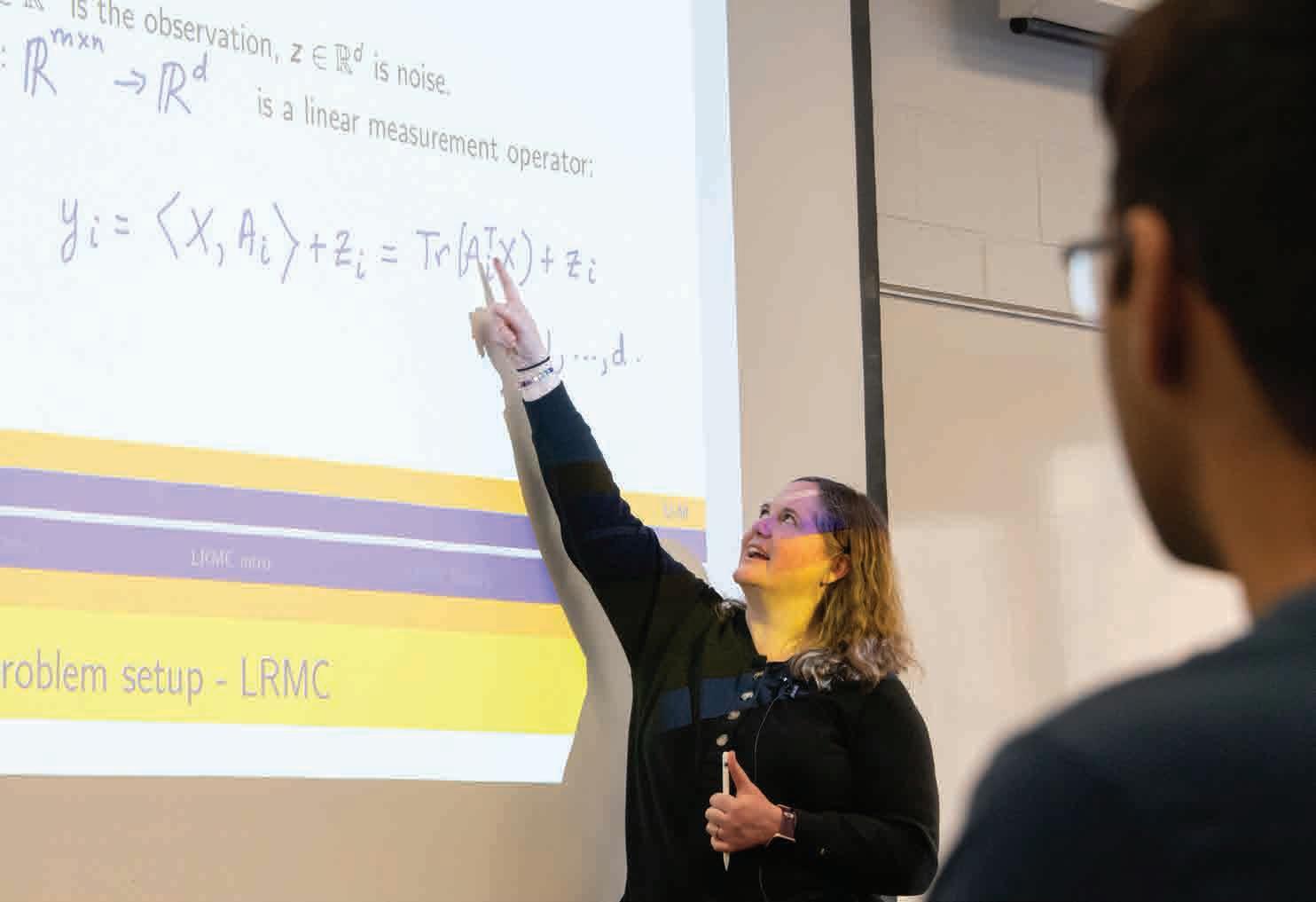
“Generally, the idea is to provide a pathway for folks who are in industry to upskill in ways that meet them where they are, course-by-course,” said Prof. Raj Nadakuditi, who helped get the new certificate approved. “This gives them recognition and a credential for their accomplishments in ways that are different from a master’s program.”
The SIPML certificate will be added to a list of two other ECE-supported certificates: the Graduate Certificate in Plasma Science and Engineering and the Graduate Data Science Certificate.
“Previously, local engineers could only take a few courses in a piecemeal fashion,” said Jeff Fessler, William L. Root Distinguished University Professor. “I am pleased that we can finally offer this program that provides an official and structured path for both local industry and for current UM students.”
Now, current industry employees at any company may enroll part-time in a set of in-person courses to earn the SIPML certificate. A series of required core courses set the learning foundation for all certificate students. Students then select elective courses that are most relevant to their needs.
It will be available to professionals and students outside of U-M, and offered to students enrolled in a non-ECE master’s or doctoral program within the university. Credits earned through the SIPML certificate program can be applied to a future Master’s of Engineering (MEng) degree in Electrical and Computer Engineering. The first cohort will start in the Fall 2025 semester.

I am pleased that we can finally offer this program that provides an
official and structured path
for both local industry and for current UM students.”
—
Jeff Fessler
Researchers at universities and companies around the world are investing resources into advancing quantum computing and sensing technologies. As the demand for quantum expertise grows, bringing along a wealth of opportunities, students are increasingly interested in specialized quantumrelated courses and degree programs.
To meet this need, ECE has established a new major area for master’s students called Quantum Engineering, Science, and Technology (QuEST).
“The quantum courses that we’ve offered have often been geared toward Ph.D. students. Here, we’ve created a structure and a schedule that is consistent with a master’s degree timeline,” said Prof. Alex Burgers, who spearheaded the process of proposing the new major area and getting it approved. Burgers will also act as the QuEST area faculty advisor.
This educational specialty will complement research at the University’s recently-launched Quantum Research Institute (QRI), which seeks to “address global quantum challenges and prepare a new generation of researchers to drive groundbreaking discoveries.”
“Quantum has been, for decades, a domain of physics,” said ECE Professor Mack Kira, co-director of the QRI, “and now it is really transitioning to become an engineering challenge. From an educational point of view, it’s good to have a focus on quantum engineering, science, and technology because it allows us to develop a series of classes that collectively support one another and go hand-in-hand with industry advancements.”
Several new and seasoned faculty have contributed to new course offerings in quantum in recent years, coinciding with
a greatly expanded emphasis on the discipline. For example, in addition to Kira and Burgers, Profs. Zheshen Zhang, Jay Guo, and Sandeep Pradhan have created new lecture courses that suit the QuEST curriculum. Prof. Parag Deotare is leading the development of quantum lab classes and Prof. P.C. Ku has been developing a parallel educational track for undergraduate students.
Much of the inspiration and content for the curriculum came from Duncan Steel, Robert J. Hiller Professor Emeritus of Engineering, who was writing textbooks and developing new courses right up to the time he retired two years ago.

Incoming master’s students can select the QuEST major area of emphasis from among 13 available areas.

Electrify Tech Camp is a five-day, non-residential summer camp for high school students eager to experience a fun introduction to electrical and computer engineering. This past summer, students could attend a camp that focused on nanotechnology, quantum mechanics, lasers, or power & energy. The camps are taught by ECE faculty and students, and include lab activities and team-building exercises. Students also get to explore campus and get a feel for life at Michigan.



“I honestly liked everything, it was super comprehensive and taught a lot while being broken into perfectly-sized chunks that made everything really fun.
—Student Camper”
Explore the world of “small” with a hands-on introduction to semiconductor chip design, solarpowered cars, and more.
Learn about the strange world quantum mechanics and discover how quantum behavior enables advanced technologies.
“I learned that quantum physics holds many fascinating facts about how electrons and protons work, such as entanglement!”
—Student Camper


Discover how systems are powered, the challenges of different sources of energy, the basics of electrical engineering, and how electric vehicles work.
“My favorite part of camp was working with my group to create a small motor. I also enjoyed the friendships and connections I made.”
—Student Camper
ECE Expeditions gives ECE students at all levels the opportunity to develop their professional networks and experience the everyday work of an engineer in cities throughout the U.S. In the Fall term they stay in Ann Arbor, and during the Winter term they travel to a different city during their longer Spring Break; this past year they traveled to Boston, MA.
Two semiconductor companies welcomed students during the Ann Arbor Expedition: SiTime and Movellus. While in Boston, the students visited Analog Devices, MathWorks, Neurable, and SharkNinja. They met with alumni and learned about some of the expansive career paths for electrical and computer engineers.
“The ECE Expedition gave me a much better sense of the opportunities available in industry after I graduate, and I had a great time exploring the city with peers!” said master’s student Michael Loftus.
“The activities like lab tours, technology and product demonstrations, and engineer panels allowed me to learn about the day-to-day life of working as an electrical engineer in these companies,” said undergraduate Jessica Li.
The Expeditions were the brainchild of the first ECE Council. Thank you Council members!

Analog Devices, Inc. is a semiconducor company “empowering the intelligent edge” with over 75,000 products for automotives, communications, consumer electronics, agriculture, healthcare, space, energy management, and more.


MathWorks is a software company that produces the well-known MATLAB and Simulink programs, in addition to more than a hundred other software tools use across many different industries.

Movellus, an ECE startup, is the infrastructure IP partner for high-performance, energyefficient silicon.


Neurable is a start-up company that develops technology for everyday wearable devices that also act as brain-computer interfaces to track patterns of health and focus.

SharkNinja is a global design and technology company known for its vacuums, kitchen appliances, and other products. Students toured their anechoic chamber and other testing areas.
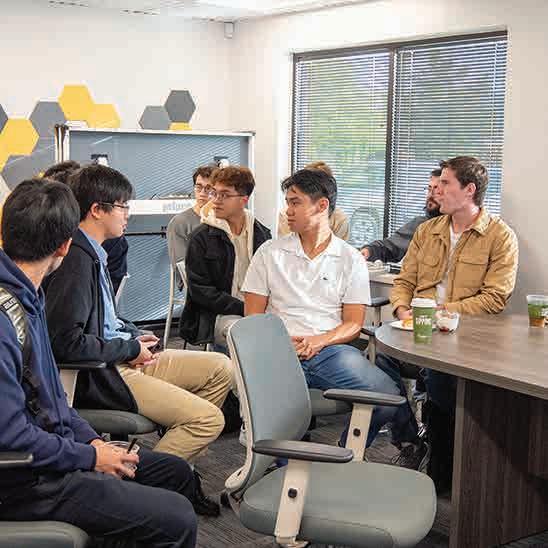
SiTime is an analog and semiconductor company specializing in silicon MEMS timing.
On June 19, 2025, the Department held its sixth annual Juneteenth celebration, featuring a fireside chat with alum Erin Teague, chief product officer of Character.AI.
The event was emceed by Herbert Winful, Joseph E. and Ann P. Rowe Professor of Electrical Engineering and Arthur F. Thurnau Professor of EECS. Julie Simmons Ivy, the Vivian L. Carpenter Collegiate Professor of Industrial and Operations Engineering, moderated the chat with Teague. The pair discussed the personal significance of Juneteenth to Teague, her career journey, and the mission of Character.AI. Teague was then presented with the 2025 ECE Willie Hobbs Moore Distinguished Alumni Lectureship Award.
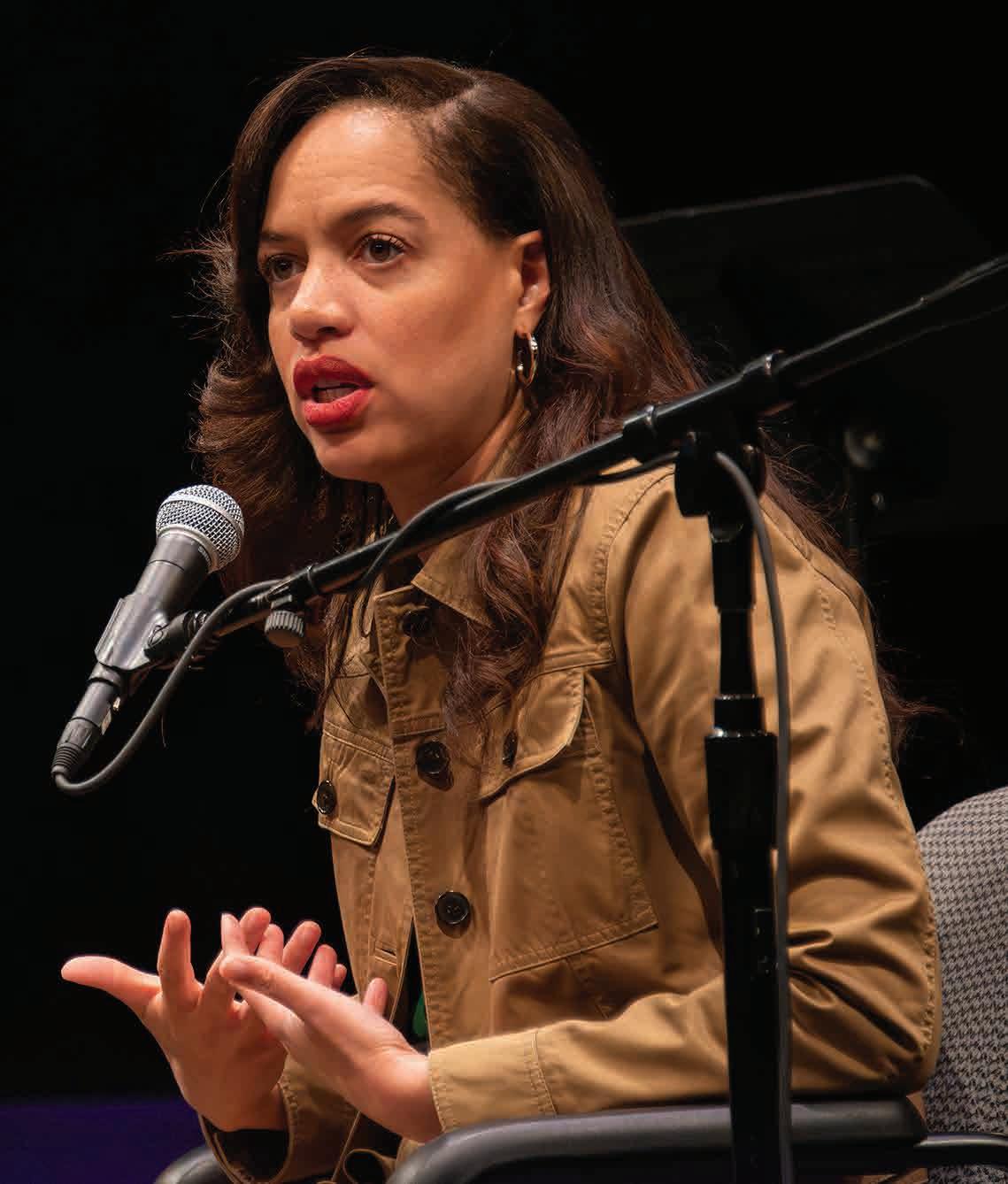
Remarks and Emancipation
Proclamation abridged reading by graduate students Akosua Boampong, Micah Thorpe, Yvonne Amaria, and Kalyn Whitehead
Performance of Lift Every Voice and Sing by Music, Theatre, and Dance student Nadia Johnson, accompanied by Prof. Herbert Winful

The 150 attendees also enjoyed a historical overview of the national holiday, three live musical performances, and dancing by members of the Bichini Bia Congo Dance Theater Company.

To close out the day, Black-owned food trucks Good Eats, Nacho Average Tostado, and Motor City Sweet Treats catered lunch for the event.
“We are in so many conflicts in this world. Imagine if [AI] tools could be used to… help us understand each other better, with empathy and compassion.”
— Erin Teague
Fireside Chat with Erin Teague, CPO of Character.AI, moderated by Prof. Julie Ivy Simmons
Presentation of the Willie Hobbs Moore Distinguished Alumni Lectureship Award to Erin Teague, CPO of Character.AI
Remarks by Atul Prakash, Richard H. Orenstein Division Chair of CSE, and Jeff Fessler, William L. Root Collegiate Professor of EECS and Interim Chair of ECE
Performance of Rise Up by Music, Theatre, and Dance student Nadia Johnson, accompanied by Prof. Herbert Winful and professional dancer Alana Michelle
Carillon performance by University Carillonist Prof. Tiffany Ng
Dennis Sylvester, the Edward S. Davidson Collegiate Professor of Electrical and Computer Engineering, is now the Peter and Evelyn Fuss Chair of Electrical and Computer Engineering, effective July 1, 2025.
Dennis served as Interim Chair for the 2023-24 academic year before taking a long-overdue sabbatical. He’s now eager to tackle the challenges of the times.
“I’m very excited to dive into this new role,” said Sylvester. “ECE is experiencing a surge in interest from students at all levels, providing added momentum to an already very active and innovative group of faculty, staff, and students. My door will be open to the entire ECE community, and I welcome your input and ideas to continually evolve and improve ECE.”
Among his primary goals are expanding online educational programs and motivating faculty, though he outlined many more in his search talk. He is also excited to support the existing surge of activity in the areas of quantum information science and artificial intelligence and machine learning, alongside the revitalization of semiconductors, which have always been core to ECE.
As Sylvester navigates the way forward, he is dedicated to the art of listening, which he sees as a key component to problem solving. And he brings a wealth of experience as a researcher, educator, leader, and entrepreneur.
He is an internationally recognized leader in the area of ultra-low power integrated circuit design, and his collaborative breakthrough technology resulted in the development of the world’s smallest computer, called the Michigan Micro Mote (M3).
He has taught five different courses in the areas of digital integrated circuits and VLSI design, two of which he developed, and he co-authored a book on VLSI. He has received several awards that focus on education, and he has also served as an IEEE Solid-State Circuits Society Distinguished Lecturer.
Sylvester’s collaborative leadership style has served him well in his research. It also contributed to his success as inaugural director of the Michigan Integrated Circuits Laboratory (MICL) and Editor-in-Chief of the IEEE Journal of Solid-State Circuits. He also serves on the IEEE Solid-State Circuits Society Administration Committee.
Sylvester has co-founded two companies—including Ambiq, which recently went public (see p. 35). His more recent company, Cubeworks, is commercializing the M3 platform. In addition to receiving several awards that recognize his spirit of innovation, he is a Fellow of the National Academy of Inventors, the highest honor of its kind.

The ECE community is excited to welcome five new faculty members in the coming year. Two will specialize in quantum technologies, while the other three focus their research in the areas of computer vision/computer graphics/AI, computer architecture and VLSI, and microand nanoelectromechanical systems.

Assistant Professor
Research Interests: Quantum and scientific computing
Yulong Dong was most recently a researcher in the Bay Area, where he focused on quantum and scientific computing. He received his Ph.D. in Applied Mathematics from the University of California, Berkeley. His research sits at the intersection of numerical analysis, statistics, optimization, and learning, with a particular emphasis on quantum applications. His work ranges from developing optimal calibration protocols for quantum hardware to designing efficient quantum algorithms for scientific computing tasks. At Michigan, he looks forward to collaborating with theorists and experimentalists across both quantum and classical domains. Yulong will join Michigan in January 2026.

Assistant Professor
Research Interests: Quantum sensing and simulation
Souvik Biswas is currently a postdoctoral researcher at Stanford University working with Jelena Vučković to develop scalable quantum systems using solid-state spin qubits. He received his Ph.D. in Applied Physics from the California Institute of Technology, working with Prof. Harry Atwater. He is interested in advancing the development of integrated quantum photonic circuits by combining spin-photon interfaces with quantum interconnects for applications in quantum sensing and simulation. He is excited about contributing to the broader fields of information science and healthcare through these emerging quantum technologies. Souvik will join Michigan in September 2026.

Research Interests: Computer vision, 3D generative AI, computer graphics, machine learning
Jun Gao was most recently a Ph.D. student at the University of Toronto and a Research Scientist at NVIDIA. His research lies in the intersection of 3D computer vision, computer graphics, and generative models. He is interested in developing controllable generative AI models to create photorealistic, diverse, and interactive virtual environments. HIs work contributed to text-to-3D generation at NVIDIA Picasso and 2D image annotation at Toronto Annotation Suite. His research has also been featured at NVIDIA GTC. Jun will join Michigan in January 2026.

SEAH KIM ASSISTANT PROFESSOR
Research Interests: Computer architecture, VLSI design methodology, ML systems
Seah Kim recently received her Ph.D. in Electrical Engineering and Computer Sciences from University of California, Berkeley and is spending a year with the Meta AI and Systems Co-Design team. Her research advances scalable domain-specific SoC architecture, from chip design and hardware development to system software and application algorithms. During her Ph.D., her work received honors including IEEE Micro Top Pick (MICRO 2023), Best Student Paper Award Finalist (VLSI 2025), Best Paper Award (DAC 2021), and Distinguished Artifact Award (ISCA 2023). Seah will join Michigan in September 2026.

Associate Professor
Research Interests: Microand nanoelectromechanical systems (M/NEMS)
Roozbeh Tabrizian was most recently an Associate Professor at the University of Florida. His research explores the physics and engineering of semiconductor N/MEMS, with a focus on fusing electronics with mechanics, ferroelectrics, and piezoelectrics to push the boundaries of performance and enable operation in extreme conditions. Recent efforts from his group include silicon mechanical clocks with rubidium-level stability, 3D hafnia-on-semiconductor microwave processors, silicon-germanium heat engines, and resilient nitride ferroelectric devices for sensing and computing. He aims to build highly accurate clocks; sensors and computers that can operate on Venus; technologies that enable trillions of wireless-connected devices; and low-power chip-scale engines and coolers. Roozbeh joined Michigan in September 2025.
Alex Burgers received an NSF CAREER Award to support research on technologies to develop quantum networks. His project is titled “Integrating Ytterbium Atoms with Nanophotonics for Creating Modular Quantum Architectures Connected via Telecom Photons.”

Burgers directs the Quantum Optics Lab. The CAREER Award will support the team’s efforts in developing a robust and scalable quantum networking platform, capable of efficiently linking separate quantum systems.
Qing Qu received a Google Research Scholar Award, in support of his project, “Harnessing Compressible Dynamics for Adapting & Training Foundation Models.”

Foundation models such as LLaMA and Gemma, which form the backbone of modern natural language processing and vision applications, require massive computational resources. Qu’s project aims to tackle these challenges head-on by leveraging mathematical insights into low-dimensional structures hidden in model weights and learning dynamics to develop novel low-rank fine-tuning and compressive training methodologies.
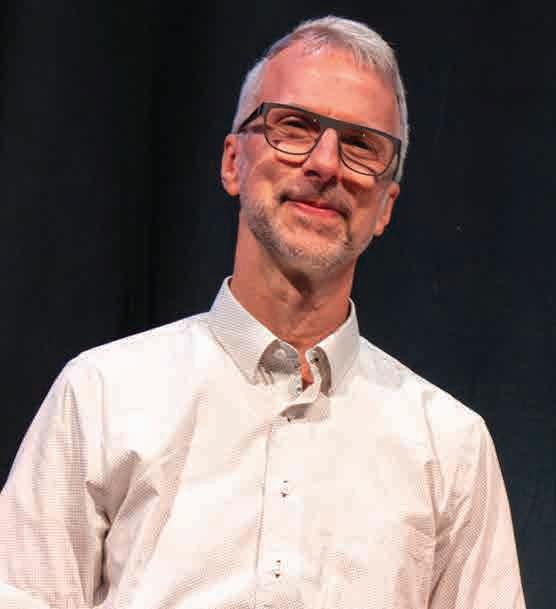
Jeffrey Fessler, the William L. Root Distinguished University Professor of Electrical Engineering and Computer Science, was named an International Society for Magnetic Resonance in Medicine Senior Fellow. This award recognizes his accomplishments in magnetic resonance image (MRI) data processing, which have allowed medical practitioners to reduce scan time and create higher-quality images.
Fessler developed a method to use fast Fourier transforms on MRI data collected with a non-Cartesian sampling pattern, enabling improvements in both scanning to collect patient data and reconstructing the data into images. His research group and collaborators also developed methods to reduce the appearance of distortions or anomalies due to imperfections in the magnetic fields, allowing better visualization of the underlying anatomy. He is also passionate about ensuring that his algorithms are available for other researchers and medical professionals to use. He created the Michigan Image Reconstruction Toolbox (MIRT) to give the MRI community easy access to his methods to process medical imaging data. He has been called the embodiment of the Open MRI movement.
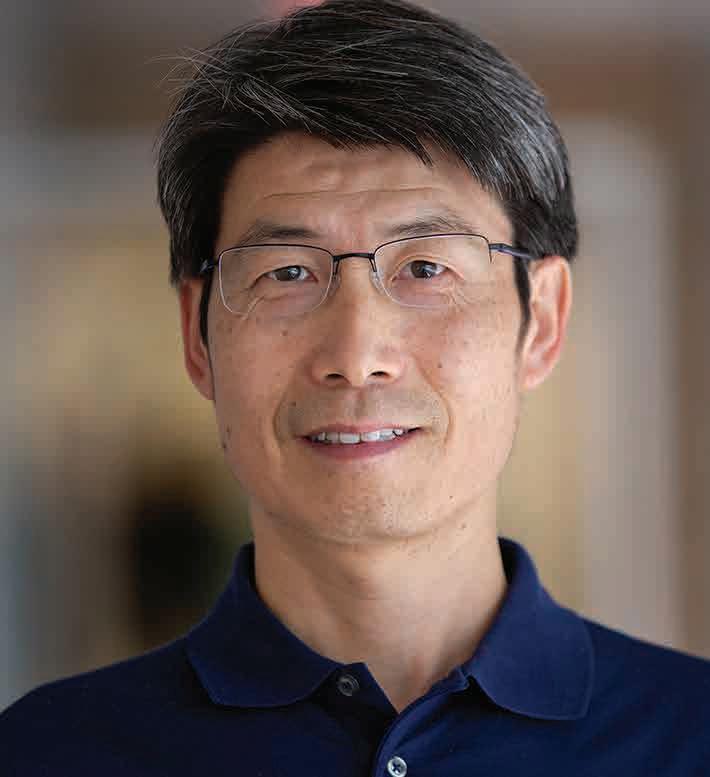
This past year, Jay Guo has been named a Fellow of both IEEE and Optica, and was named the Emmett Leith Collegiate Professor of Electrical Engineering and Computer Science. He was named IEEE Fellow “for contributions to nanoimprint, scalable nanopatterning,” and Fellow of Optica “for pioneering work and achievements in structural colors and flexible transparent conductors, and for sustained contributions leading to their commercialization.”
Guo is a world-renowned researcher who has made significant contributions to a wide variety of areas, including nanoimprint technology and applications, plasmonic nanostructures, organic solar cells, bio-nanotechnology, and nanoelectronics. One of his key innovations has been in scalable roll-to-roll (R2R) nanoimprint technology. Companies around the world have advanced this technology for commercial applications, including nanogratings in augmented reality glasses and patterned substrate for LED light extractions. The process is suitable for display, solid state lighting, and biotech industries. Guo further developed R2R technology to include rollbased fabrication of optical metamaterials, flexible organic solar cells and OLEDs, and other continuous-based patterning technologies.
He has also contributed to the design and applications of optical thin films, most notably in developing environmentally sustainable structural colors and indium-free flexible transparent conductors. Recently, his lab exploited the application of deep learning in the design of optical thin film structures with a technique called OptoGPT so that solar cell, telescope, and other optical component manufacturers can design devices more quickly with AI.
Worldwide interest in Guo’s research led him to co-found two companies: Zenithnano and Inlight Technology Co.
As an educator, Guo has shown extraordinary care with graduate students and their research, while simultaneously devoting significant effort in creating new courses for undergraduate students. He has taught a wide range of courses at the graduate and undergraduate level, and over the past three years, he co-developed two new undergraduate courses in the quantum area.

SIA/SRC University Research Award

Award
AVS NSTD Nanotechnology Recognition Award
Pallab
K. Bhattacharya Collegiate Professor of Engineering
Michael Flynn, the Fawwaz T. Ulaby Collegiate Professor of Electrical and Computer Engineering, has been awarded the Semiconductor Industry Association (SIA)/ Semiconductor Research Corporation (SRC) University Research Award for Design. He was recognized for his groundbreaking contributions to the field of analog-to-digital converters (ADCs).
“His work lays the foundation for transformative applications in fields ranging from telecommunications to biomedical engineering to artificial intelligence,” said the SIA.
Analog-to-digital converters enable the translation of analog signals, such as voltage, light, sound, or pressure, into the binary code that digital computers use. Flynn and his research group have developed several methods and architectures to improve the speed and efficiency of ADCs. These innovations, including a noise-shaping successive approximation register (NS-SAR) ADC, the SAR-assisted pipeline ADC architecture for nanometer CMOS processes, and a bandpass continuous-time delta-sigma modulator for 5G wireless applications, have been widely adopted into some of today’s most efficient technologies.
This past year, Zetian Mi received the 2025 Nick Holonyak Jr. Award “for outstanding contributions to the engineering of wide energy gap nanostructures for light emission and energy generation applications,” the 2025 American Vacuum Society Nanoscale Science and Technology Division (AVS NSTD) Nanotechnology Recognition Award for his “outstanding contributions to growth of wide bandgap semiconductor materials,” and was named the Pallab K. Bhattacharya Collegiate Professor of Engineering.
Mi’s research focuses on the investigation of (ultra)wide bandgap semiconductors and their applications in electronic, photonic, clean energy, and quantum devices and systems. His worldwide leadership in multiple areas is reflected in his supervision of two active Department of Defense Multidisciplinary University Research Initiatives (MURI) Programs. One MURI is focused on the use of solar energy to generate clean chemicals and fuels through artificial photosynthesis. This project is called “Tunable III-Nitride Nanostructures for NΞN and C-H Bond Activation.”
The more recent MURI, “NanoTOP: Nanoscale and Transduction-Optimized Pristine Ferroelectrics,” is focused on ferroelectric semiconductors, which are expected to enable next-generation microelectronic devices and circuits operating at incredibly high temperatures and speeds, with greatly reduced size and improved efficiency. Applications include space missions, electric vehicle engines, and ultrafast memory for AI and quantum computing.
Mi’s research on low dimensional and wide bandgap semiconductors has led to consistent innovations in optoelectronics, quantum photonics, and energy, including development of efficient and stable green and red micro-LEDs for use in automotive and artificial or augmented reality displays. His research on ferroelectric III-nitride semiconductors has the potential to revolutionize next-generation electronics and enable AI on mobile devices.
Mi co-founded two companies. NX Fuels is developing affordable, and sustainable production of green hydrogen, and NS Nanotech is developing products for far-UVC disinfection and efficient and affordable nanowire-based LEDs.

Cindy Finelli, David C. Munson, Jr. Collegiate Professor of Engineering, received the 2025 ECE Division Distinguished Educator Award from the American Society for Engineering Education (ASEE).
Finelli has devoted her career to improving the education of engineering students. She established the Center for Excellence in Teaching and Learning at Kettering University in 2000 and the Center for Research on Learning and Teaching in Engineering at Michigan in 2004, serving as its director until 2015. That same year, she was the first faculty member hired under the College of Engineering’s Engineering Education Research (EER) initiative. She served as its director for 10 years, during which time U-M launched an EER graduate program.
Her own research has focused on integrating sociotechnical issues into electrical engineering courses, shaping ethical engineering leaders among graduate students, and improving teaching practices in STEM education for neurodivergent college students. To benefit the entire field, she developed a specialized taxonomy for Engineering Education Research.

Kamal Sarabandi, the Fawwaz T. Ulaby Distinguished University Professor and the Rufus S. Teesdale Professor of Engineering, received the 2025 IEEE Dennis J. Picard Medal for Radar Technologies and Applications “for sustained contributions to advancing radar science and technology for remote sensing, automotive, and through-the-wall applications.”
Sarabandi has been making waves in the field of radar technology for over 40 years. He has contributed to a tremendous variety of engineering and science topics, including natural resource management, space exploration, and medicine.
For example, he developed radars to measure and model many aspects of the Earth’s surface, including vegetation, terrain, soil moisture, ice depth, and snowpack. These technologies have provided insights into global warming and been used in NASA missions. He developed the first method for low-flying aircraft to detect power lines in cluttered environments, using the electromagnetic signature of the braided wires. He is also known for designing radar systems that can see through walls, prevent automobile collisions, and detect concealed weapons.
Over the course of this work, Sarabandi has published over 1100 journal and conference papers, earned 35 best paper awards, mentored over 75 Ph.D. students and postdoctoral researchers, published over 29 patents, and co-founded four startup companies. He wrote the free textbook Foundations of Applied Electromagnetics; he was the 2015–2016 President of IEEE Geoscience and Remote Sensing Society; and he served on the NASA Advisory Council for two terms.
He has received numerous awards, including the Ellis Island Medal of Honor, the IEEE Electromagnetics Award, and the IEEE Judith A. Resnik Award. He is a member of the National Academy of Engineering, the National Academy of Inventors, the American Association for the Advancement of Science, and was recently recognized as one of the inaugural members of the IEEE Legends of Electromagnetics.
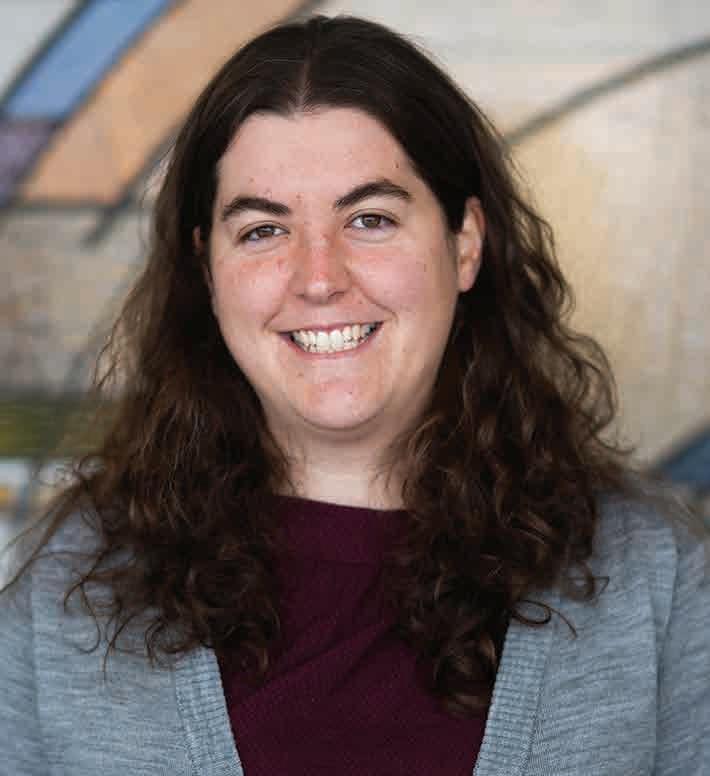
Johanna Mathieu received the Clean Energy Education & Empowerment (C3E) Award, in the area of Fundamentals & Applied Research. The C3E awards are led by the Department of Energy, and they recognize nine woman for their outstanding leadership and accomplishments in clean energy.
Mathieu’s research focuses on using new operational and control strategies to reduce the environmental impact, cost, and inefficiency of electric power systems. In particular, she develops new methods to actively engage distributed flexible resources such as energy storage, electric loads, and renewable energy sources in power system operation. In addition, she has several active interdisciplinary projects leveraging engineering methods and data to advance energy justice in Detroit, where she works closely with several community-based organizations.
In 2023, Mathieu received the R&D 100 Award for her work leveraging residential air conditioners to provide high-value grid balancing services, and the IEEE Power & Energy Society Wanda Reder Pioneer in Power Award.

Euisik Yoon was named the William G. Dow Collegiate Professor of Electrical Engineering and Computer Science for his pioneering research in microelectro-mechanical systems (MEMS) for various applications, including integrated sensors, RF MEMS, Optical MEMS and BioMEMS. His primary areas of focus have been optogenetic neural probes for brain research and microfluidic biochips to aid the treatment of cancer patients.
Yoon integrated light sources on neural probes to combine optogenetics (use of light to control cellular activity) and electrophysiology (a method to measure electrical activity in cells). He was able to validate the device functionality of modulating neurons at cellular levels in animal studies. This opened a new path to advance the science for precisely mapping the neural circuits and understanding how the brain works.
He then scaled the micro-LED probes to an unprecedented level, incorporating more than 128 optical stimulation sites with 256 neural signal recording electrodes. This achievement enabled large-scale, high-resolution analysis of wide-ranging, denselypopulated brain circuits, and is expected to lead to important insights into treating neurological disorders.
Yoon’s second primary area of research has focused on microfluidic biochips to separate individual cancer cells in a blood sample. The cancer cells can then be genetically profiled, which could help doctors target tumors and monitor treatments more effectively. This technology is being used for preclinical studies of breast and prostate cancer patients.
He has also made important contributions to bio-inspired imaging microsystems. He developed a self-powered image sensor and the world’s smallest low-power image sensor chip, mimicking insect eyes for guidance and motion control in miniaturized airborne platforms.
Yoon has led major international programs to spread his neural probe technology, while providing unique opportunities for both graduate and undergraduate students to participate in the research.




DICK

U-M Sarah Goddard Power Award

HEATH HOFMANN
CoE Herbert Kopf Service Excellence Award

CoE Wise-Najafi Prize for Engineering Excellence in the Miniature World

CoE H. Scott Fogler Award for Professional Leadership and Service
CoE Ted Kennedy Family Faculty Team Excellence Award

BIXUE HOU
CoE Ted Kennedy Family Faculty Team Excellence Award

NEES
CoE Ted Kennedy Family Faculty Team Excellence Award

CoE Monroe-Brown Foundation Education Excellence Award
EECS Outstanding Achievement Award
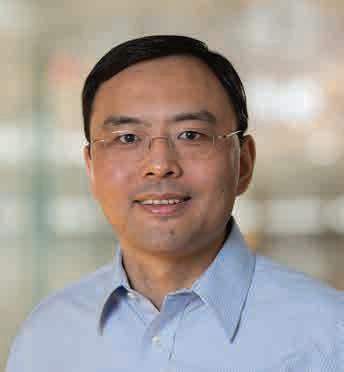
WEI LU
U-M Innovation Champion

EECS Outstanding Achievement Award

WENTZLOFF
U-M Faculty Recognition Award
CoE Staff-Faculty Partnership Award
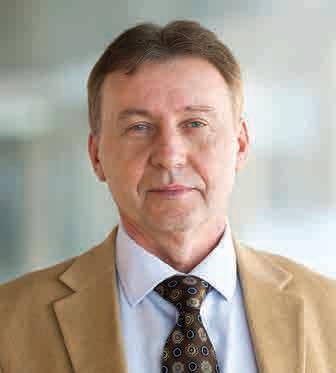
ANATOLY MAKSIMCHUK
CoE Ted Kennedy Family Faculty Team Excellence Award

HKN Professor of the Year Award
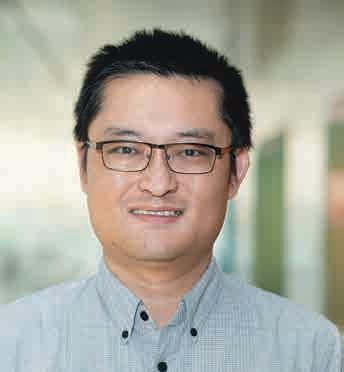
ZHESHEN ZHANG
ECE Ernest and Bettine Kuh Distinguished Faculty Award
Cinda Sue Davis STEM Equity Leadership Award; U-M Teaching Innovation Prize
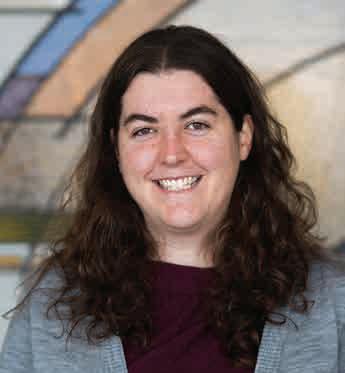
PACE Fellowship for Graduate StudentFaculty Mentor Pairs

QU
U-M Chinese Heritage & Scholarship Junior Faculty Award

AMY BROOKS
ECE Research Manager
CoE Staff Incentive Award

MICHELE RUFFINO
ECE Undergraduate Advisor
CoE Staff Incentive Award

JESSI CEBULSKI CE Research Administrator
CoE Staff Incentive Award

NANCY SLOWEY
ECE Undergraduate Advising Office Assistant
ECE Core Values Excellence Award

LISA FLICK
ECE Undergraduate Advisor
CoE Staff Incentive Award

GRANT YOUNG
ZEUS Laboratory Engineer Senior
CoE Staff Incentive Award

CoE Engineering Staff Excellence Award
ECE Core Values Excellence Award

PATRICK MCCOLLUM Financial Manager
CoE Staff Incentive Award

RICHARD VAN CAMP
ZEUS Laboratory Engineer
ECE Core Values Excellence Award

PUZZUOLI
EECS Web Software Developer
CoE Staff Incentive Award
During the past year, Michele (Shelly) Feldkamp, ECE Research Administrator, received both the ECE Core Values Excellence Award, and the CoE Engineering Staff Excellence Award. Feldkamp is known for her professionalism, creativity, and positivity.
Feldkamp handles a wide range of duties as ECE Research Administrator. One of her primary responsibilities is to manage the post-award finances for about 29 faculty, 109 Graduate Student Research Assistants, and 157 grant projects with more than $9M in annual expenses.
“Shelly is truly an integral part of our team,” said Profs. Laura Balzano and Jeff Fessler. “We all appreciate her positive attitude, high level of support for faculty and students, and ability to facilitate faculty success.”
QuantUM, the University of Michigan student group dedicated to making quantum science understandable and engaging for all, held its first hackathon on October 5, 2024. Many of the 50 students from 15 different majors who participated had no prior experience with hackathons, or even much in the way of quantum, but they left energized and with their own toolkit for exploring the world of quantum in their own way.
“There’s always going to be a role in the development of quantum computing for different people to play with different backgrounds.”
— Erin Diran-Ojo
The hackathon was part of IBM’s Qiskit Fall Fest 2024, a worldwide collection of quantum computing events held on college campuses each fall. Qiskit Fall Fest gives students the opportunity to become familiar with IBM’s unique
open-source software stack for building quantum circuits.
During the hackathon, QuantUM members Erin Diran-Ojo (EE student), David McDermott (Physics and CS student), and Jeanie Qi (Engineering Physics major), were on hand to answer any questions—and they were kept busy.
Of those who attended, about 50% had no quantum experience at all, about 35% had a little experience, and only the remaining 15% had a good amount of experience. Despite this relative lack of experience, they caught on quickly.
“I couldn’t believe the questions they were asking after doing this for just three hours,” said McDermott. “They had already completed the challenge but they also wanted to understand why something worked.”
The hackathon problem was based on an introductory quantum module. Using a quantum random number generator,
students built a quantum circuit and applied it to an application. Team projects included estimating stock values, setting up a battleship game, and creating a music randomizer.
IBM representative Angelo Danducci II was on hand to give an introduction to quantum computing and to Qiskit. He also spoke about the wide variety of career opportunities open to those with a background in quantum.
“There’s always going to be a role in the development of quantum computing for different people to play with different backgrounds,” said Diran-Ojo, who was asked by a chemistry major how they could get involved in quantum computing.

Doctoral students Rebecca Lentz (Electrical and Computer Engineering) and Rachel Silcox (Mechanical Engineering) have a vision for ensuring homes have safe levels of carbon dioxide (CO2), and they are in the early stages of developing a company that will offer consumers the ability to monitor and clean the air when needed.
The team received $5,000 and additional support as one of the 15 teams selected nationwide to develop their company, called Puffin Air Purifiers, through VentureWell’s Early State Innovator Training Program.
High CO2 levels can lead to drowsiness, headaches, and respiratory problems. CO2 levels can rise due to pollution, wildfires, extreme temperatures, fuelburning appliances, inadequate ventilation, or even the simple act of breathing by large numbers of people in a small space.
“Sustainability should be about ensuring people’s health,” said Silcox.
Puffin Air Purifiers will continuously monitor a home, and when the CO2 levels rise to an unhealthy level, they will begin to remove the excess CO2 from the air. The practice may also prompt homeowners to check for possible sources of excess CO2
The technology of CO2 capture was initially inspired by space travel and designed to protect those living in submarines; others have tried to do it on a building level through HVAC systems.
“We’re looking at doing this in homes with a modular unit, so homeowners or apartment dwellers can take control of their own air quality,” explained Lentz.
With the money from VentureWell, Lentz and Silcox will be setting up their own lab space. Next, they hope to advance to
the second stage of the VentureWell competition, which comes with more substantial prize money to support additional prototype development and the early stages of commercialization.
“We’re putting our hearts and souls into this to give it every chance of success,” said Lentz.
Lentz and Silcox are both members of Rohini Bala Chandran’s research group. They were also part of the six-member team that earned second place in the inaugural U-M Hydrogen Grand Challenge with H2YOU, which aimed to make hydrogen fuel economically viable.
“Homeowners or apartment dwellers can take control of their own air quality.”
—
Rebecca Lentz

Three EECS seniors were recognized for their startup platform that revolutionizes the way that incoming university students connect.

Kaleb Schmottlach, senior in computer engineering, along with computer science peers Jonah Liss and Blake Mischley, joined the Forbes 30 Under 30, Education list for their innovative student networking platform. Their startup, MeetYourClass, is designed to help universities better recruit and connect with incoming students.
“Our goal is to engage students before they even set foot on campus, fostering a sense of community and boosting enrollment,” said Mischley, CEO of MeetYourClass.
The idea for MeetYourClass was sparked by Liss and Mischley when they found unexpected success running Instagram pages to engage incoming Michigan students. After expanding their effort to hundreds of other schools, they recruited Schmottlach and LSA student Jon Millar to automate the pages’ management.
MeetYourClass evolved into an entire social ecosystem and began partnering directly with universities, recruiting over 400,000 users across 1,000-plus universities, and the founders built additional tools to accommodate the demand.
MeetYourClass’s success depends on the fact that it meets students where they already are. Rather than requiring students to adopt an entirely new app, the platform allows universities to create

verified student communities that integrate seamlessly with students’ existing social media accounts. This allows members to find roommates, join interest-based groups, participate in discussions, and access higher education resources.
Despite its overwhelming success, building MeetYourClass from the ground up wasn’t a cake walk.
“Web development and management were things we had to learn on the fly,” said Schmottlach, the platform’s CTO. “We relied heavily on online resources, coding bootcamps, and a lot of trial and error to get things right.”
Ultimately, the team’s hard work and innovative approach have paid off. MeetYourClass has grown exponentially
and developed into a thriving startup with an expanding roster of employees and contributors.
“The Forbes recognition is incredibly validating and has already opened new doors for us,” said Liss, COO of MeetYourClass. “It provides us with credibility and connects us with industry leaders, as well as emphasizing the real-world impact our platform is making.”
The MeetYourClass founders credit their time and experience at U-M as key factors in their success. As the team looks ahead, they remain focused on building a platform that evolves with their student base, exemplifying the spirit of innovation that U-M champions.

What makes a car “super” in terms of mileage? For members of the current Supermileage Team at the University of Michigan, it means achieving 140 to 160 miles per kilowatt hour—which roughly translates into 4,000 to 5,000 miles per gallon (mpg).
The team raced in the Shell EcoMarathon last April in their combustionengine car called Maple, and they are currently working on a new car, Cedar. This time, they’re aiming to enter the Battery-Electric category and reach that goal of 4,000–5,000 mpg.
Both cars, Maple and Cedar, represent the team’s first foray into the urban concept vehicle, meaning they are street legal. The cars are small, but they have everything required to get a license plate.
The Supermileage team works on a two-year design cycle, and the two team co-leaders for the Electrical Systems subteam, Simon Gelb (electrical engineering student) and Vishal Vijayarajan (double major in electrical engineering and computer engineering), have had their hands on both Maple and Cedar.
The two manage all the electrical components on the cars—things like the
battery, the battery management system, the 3 phase inverter, the motor control, the lights, and all auxiliaries, such as windshield wipers.
“We are the only team in the Wilson Center that builds a 3 phase inverter,” said Vijayarajan. “It takes in the DC energy from the battery and converts it into 3 phase AC, which the motor uses. It sounds very simple in principle, but it’s a very complicated process.”
Both Gelb and Vijayarajan enjoy the special spirit of the Supermileage team. “The culture was great,” said Vijayarajan.
“It was really easy to get integrated. Everyone was super nice and welcoming, and that's what kept me here.”
Gelb joined his first year at Michigan and enjoyed the smaller team size of Supermileage, compared to some other teams. “It was a better fit for me and gave me more opportunity to get my hands dirty.”
The team is looking to race Cedar in Shell Eco-Marathon 2026. Go Blue!


Eesha Banerjee was awarded an NSF Graduate Research Fellowship to support her research in the area of quantum optics, specifically on collective effects in arrays of ytterbium atoms. She is advised by Prof. Alex Burgers.
“To bridge the gap between the qubit technologies of today and the quantum architectures of the future, we need to build scalable quantum platforms,” said Banerjee. “The study of collective effects in ytterbium arrays serves a key role in the development of practical quantum processors, while opening up a rich space of possibilities in fundamental light-matter interaction studies and quantum many-body physics.”
Banerjee will be creating a fully atomic mirror that could be utilized for both quantum technology architectures and novel studies of single quantum light-matter interactions.
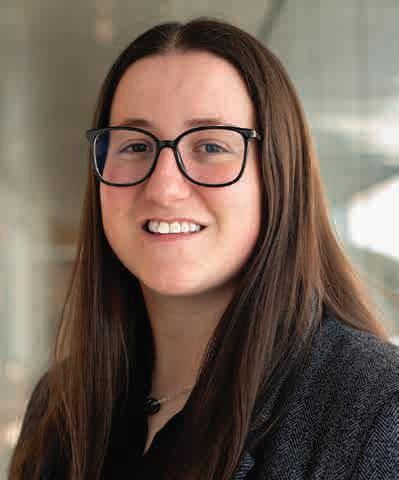
Julia Gersey received a Department of Energy Computational Science Graduate Fellowship (CSGF) to support her development of an automated method to monitor the conditions that affect urban residents. Gersey is advised by Prof. Pei Zhang.
“By deploying mobile sensor units throughout cities, we can collect vast amounts of data on air quality, cleanliness, infrastructure, and environmental hazards, which can then be processed efficiently to generate actionable insights,” explained Gersey. “My research aims to create smarter, safer cities while offering a scalable, automated solution to reducing homelessness, improving the quality of life for all residents.”
Gersey’s mobile sensing system integrates cameras, GPS, accelerometers, and a variety of environmental sensors. She also uses computer vision and machine learning techniques to analyze the data and scale the work.
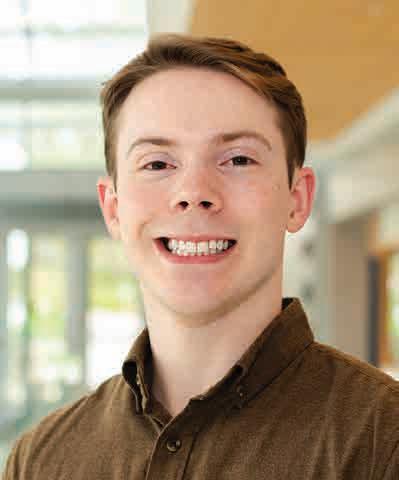
Jacob Barnhart was awarded a National Defense Science and Engineering Graduate Fellowship to support his research on quantum networks. He is advised by Prof. Alex Burgers.
“Quantum connectivity offers the opportunity to scale and connect distinct quantum systems, enabling more advanced computing and communications,” said Barnhart.
Barnhart and other members of the team aim to develop a platform for connecting quantum systems using microscopic pairs of mirrors to trap light emitted from excited ytterbium atoms. Ultimately, they hope to use this technology to connect multiple chips and transfer entangled photons over a long distance using optical fibers.

Jason Hu received a J. Robert Beyster Computational Innovation Graduate Fellowship to support research on generative AI and machine learning based algorithms for image processing applications. He is advised by Profs. Liyue Shen and Jeff Fessler.
“Imaging has changed how we share, document, and understand our world,” said Hu. “There is an increasing demand to make these systems more efficient by producing higher-quality images with fewer and fewer resources. When we need an image that is of higher quality than can be directly constructed from its samples, we have an inverse problem and must rely on reconstruction schemes.”
To achieve this goal, Hu developed a new diffusion model method to solve high resolution 2D and 3D inverse problems that would be computationally infeasible to handle with traditional diffusion models. His methods have already been applied to 3D CAT scans, MRIs, generalized deblurring of images, and more.
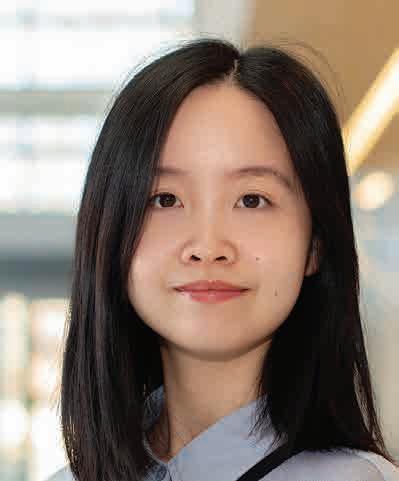
Siyi Chen was awarded a Rackham Predoctoral Fellowship to support her research on generative and perceptive AI models to improve the AI systems that are used in real-world applications. She is advised by Prof. Qing Qu.
“AI systems play an increasingly prominent role in public safety monitoring, healthcare, and content creation,” explained Chen. “However, the opaque, complex nature of deep neural networks limits user control, raises ethical concerns, and reduces trust in their outputs. By addressing these challenges, I hope to contribute to the flexible and responsible deployment of AI in society.”
Chen’s work focuses on image generation and learning with the goal of putting more control in the hands of the user; ensuring that harmful or illegal content is not generated; and identifying biases and limitations in existing representation learning models.

Ruya Karagulle was awarded a Rackham Predoctoral Fellowship to support her research developing safe and human-centered approaches to the interactions between autonomous systems and humans. She is advised by Prof. Necmiye Ozay.
“The first step in my research was to understand human behaviors in safety-critical systems, particularly in driving,” explained Karagulle. “I then shifted my focus to designing autonomous systems that are safe and user-friendly. My primary goal is to encourage the wider adoption of these algorithms and reduce accidents due to human error.”
An important aspect of this process has involved collecting human feedback and incorporating it into decision making mechanisms of autonomous systems, where safety with respect to logical rules can be guaranteed. She was a Young Author Prize finalist at the 5th IFAC Workshop on CyberPhysical Human Systems, and she co-authored a U.S. patent with Ozay, Toyota Research Institute, and others.
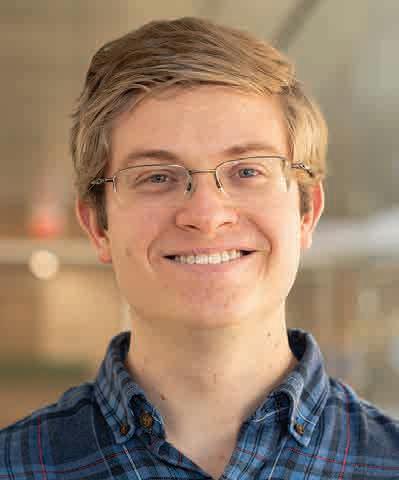
Zachary Fritts was awarded a Rackham Predoctoral Fellowship to support his research on time-varying, electrically-small antennas (ESAs) and systems. These ESAs are important in applications where the antenna is often the size-limiting component of the system, such as telecommunications and biomedicine. He is advised by Prof. Anthony Grbic.
“Amidst the rapid technological advances leading to highspeed electronic devices with small form factors, there is one technology that cannot easily be miniaturized: antennas,” explained Fritts. “This is because antenna size scales with wavelength. Antennas that are small compared to the wavelength of operation can either be efficient or broadband, but they cannot be both.”
Fritts and his teammates have already discovered a way to improve the efficiency-bandwidth product of electrically-small antennas by up to a factor of ten. They applied for a U.S. patent.

Can Yaras was awarded a Rackham Predoctoral Fellowship to support his research on large language models. He aims to provide a better understanding of deep learning and provide solutions to the computational challenges for employing foundation models. He is advised by Profs. Laura Balzano and Qing Qu.
“Foundation models enable modern systems that can generate human-like text, images, and even do complex decisionmaking,” explained Yaras. “By characterizing and leveraging low-dimensional structures in the learning dynamics of deep learning models, we can design memory- and compute-efficient algorithms for training and inference with little to no loss in model quality.”
With more efficient algorithms, training the models will require fewer resources, including financial and energy costs. Yaras hopes his work will lower the carbon footprint of deep learning and make state-of-the-art models more accessible to the general public.

SERGEI AKHMATDINOV
Doctoral Student
2024-2025 Excellence in ECE Honor Roll
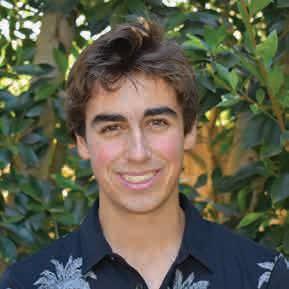
RYAN DAVIS
Undergraduate CE Student
EECS Commercialization/Entrepreneurship Award
HAMED ALKHATHAMI
Doctoral Student
Rackham International Student Fellowship



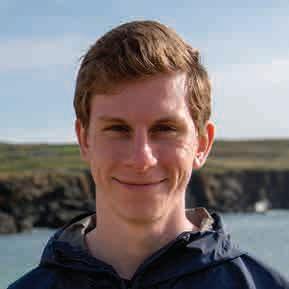
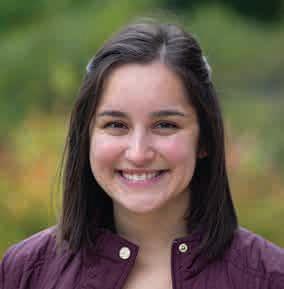

SAAD ALRAZZI
Undergraduate EE Student
EECS William Harvey Seeley Prize


XAVIER FARRELL
Doctoral Student
NAPS 2024 Presentation Award
PACE Fellowship for Graduate Student-Faculty
Mentor Pairs
ZACHARY FRITTS
Doctoral Student
Research featured by IEEE TAP
SYDNEY ASSALITA
Doctoral Student
2024-2025 Excellence in ECE Honor Roll

JULIA GERSEY
Doctoral Student
ACM SenSys 2025 Best Poster Award
2024-2025 Excellence in ECE Honor Roll
HANYU BAI
Doctoral Student
2024-2025 Excellence in ECE Honor Roll
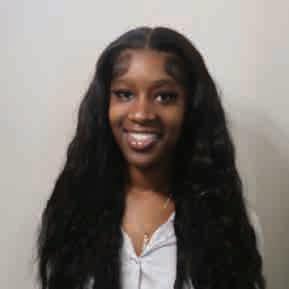
ERIC BARBIERI
Undergraduate CE Student
EECS William L. Everitt Student Award of Excellence
VERONICA CONTRERAS
Doctoral Student
2024-2025 Excellence in ECE Honor Roll


PETER CRARY
Doctoral Student
2024-2025 Excellence in ECE Honor Roll
TOLUNI GHANDI-OLAOYE
Undergraduate CE Student
EECS Collaboration, Respect, and Inclusion Award
SKANDA HARISHA
Doctoral Student
IEEE RFID 2025 Best Poster Award
MEGHA JACOB
Undergraduate EE Student
EECS Community Impact Award
XINTING JIANG
Undergraduate CE Student
EECS Outstanding Achievement Award

NAMAN KABRA
Undergraduate EE Student
College of Engineering Distinguished Leadership Award
EECS Outstanding Service Award
EECS Commercialization/Entrepreneurship


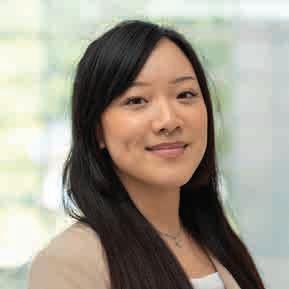
KELLEN KANARIOS
Doctoral Student
2024-2025 Excellence in ECE Honor Roll
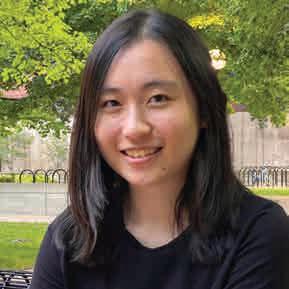
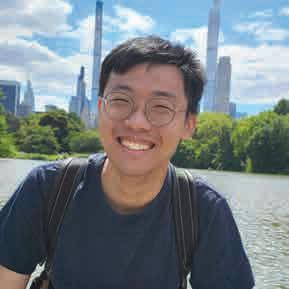
AMY LIU Master’s Student
College of Engineering Distinguished Academic Achievement Award
CHUN-WEI LIU
Doctoral Student
Rackham International Student Fellowship
NOUMAN KHAN
Doctoral Student
Professor Pierre T. Kabamba Award
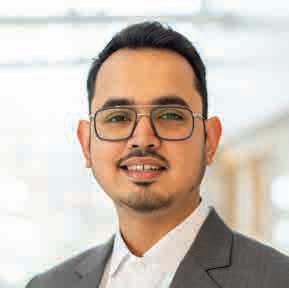
SHUBHAM MONDAL
Doctoral Student
CoE Richard F. and Eleanor A. Towner Prize
SPIE Optics and Photonics Scholarship
Photonics Society Graduate Student Scholarship
IEEE Photonics Society Membership
Council Scholarship
JOYCE LAI
Doctoral Student
2024-2025 Excellence in ECE Honor Roll

YANG LAN
Undergraduate EE Student
EECS Outstanding Research Award



KATJA LAW
Undergraduate EE Student
2024-2025 Excellence in ECE Honor Roll


AMAYA MURGUIA
Doctoral Student
2024-2025 Excellence in ECE Honor Roll
ADITYA VARMA MUPPALA
Doctoral Student
Research featured by IEEE TAP
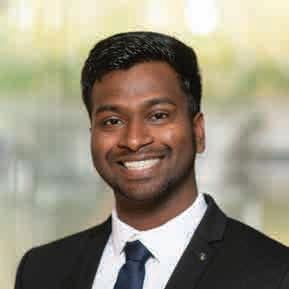
JOHN LE
Doctoral Student
2024-2025 Excellence in ECE Honor Roll

TYSON LIN
Undergraduate CE Student
EECS Outstanding Research Award

SHARATH NAGELLA
Master’s Student
2024-2025 Excellence in ECE Honor Roll
RACHEL NEWTON
Doctoral Student
College of Engineering Richard F. and Eleanor A. Towner Prize
SUMMER PARISE
Undergraduate CE Student
EECS Outstanding Service Award


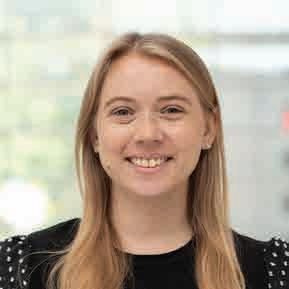



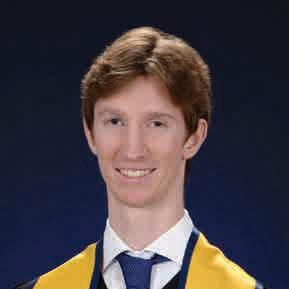
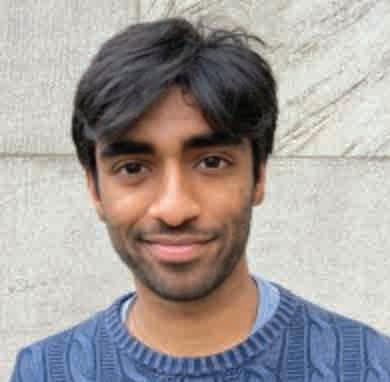
SATYAM PATEL
Doctoral Student
2024-2025 Excellence in ECE Honor Roll

ANDRE QUIMPER OSORES
Undergraduate CE Student
2024-2025 Excellence in ECE Honor Roll

KIMBERLY RICE
Doctoral Student
2024-2025 Excellence in ECE Honor Roll

BRADLEY SCHULZ
Master’s Student
2024-2025 Excellence in ECE Honor Roll

SYDNEY SCOTT
Undergraduate EE Student
EECS Collaboration, Respect, and Inclusion Award

JEREMY SHEN
Master’s Student
EECS Outstanding Achievement Award
DAVIS SHEPPARD
Master’s Student
EECS Community Impact Award
AKASH SHETTY
Master’s Student
2024-2025 Excellence in ECE Honor Roll
GUANREN TAO
Undergraduate EE Student
EECS William L. Everitt Student Award of Excellence
JUSTIN TING
Doctoral Student
College of Engineering Distinguished Leadership Award
SOMYA VALECHA
Undergraduate CE Student
College of Engineering Distinguished Academic Achievement Award
2024-2025 Excellence in ECE Honor Roll
MADELYN VEURINK
Doctoral Student
2024-2025 Excellence in ECE Honor Roll
PRIYASINI VILAYAN
Undergraduate EE and CE Student
2024-2025 Excellence in ECE Honor Roll
The ECE Council (ECEC) is a prestigious group of alumni and friends of the department who are committed to ECE’s goal of being a national and global nexus of positive, transformational change across all industries.

WILLIAM CHAPPELL VP, CTO, Microsoft Discovery + Quantum

K. CYRUS HADAVI Founder & CEO, Adexa, Inc.
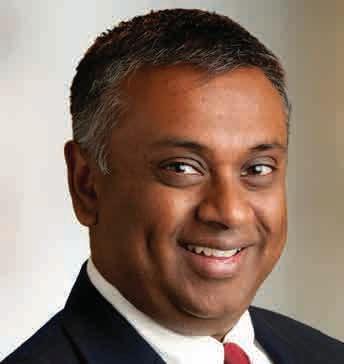
PRASHANTH MAHENDRA-RAJAH CFO, Uber

NAVIN SHENOY Former Executive VP and General Manager, Data Platforms Group, Intel Corporation
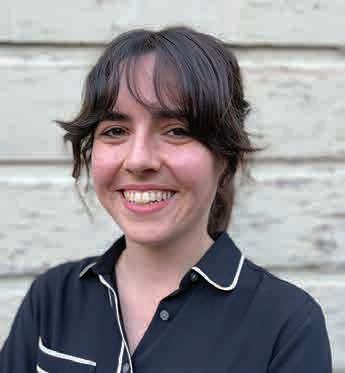
CAT CULKIN CTO, Pronto.ai
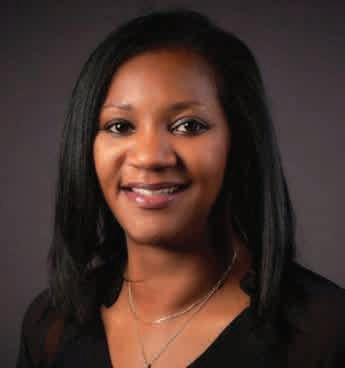
RASHAUNDA HENDERSON Professor, The University of Texas at Dallas

SHIRIN MANGOLD VP of IT Service Delivery and Facilities, Deltek Inc.

BOB STEFANSKI Founder and Managing Director, eLab Ventures

TANYA DAS Director of AI and Energy Technology Policy, Bipartisan Policy Center

RJ JAIN Founder & CEO, Price.com

ISAAC PORCHE
Sr. Dist. Member of the Technical Staff, General Dynamics Mission Systems

SAL TRUPIANO Senior Director, Engineering Services, QNX Software Systems

MUHAMMAD FAISAL CEO and Founder, Movellus

CURTIS LING Founder and CTO, MaxLinear

LEON PRYOR Senior Game Producer, Meta
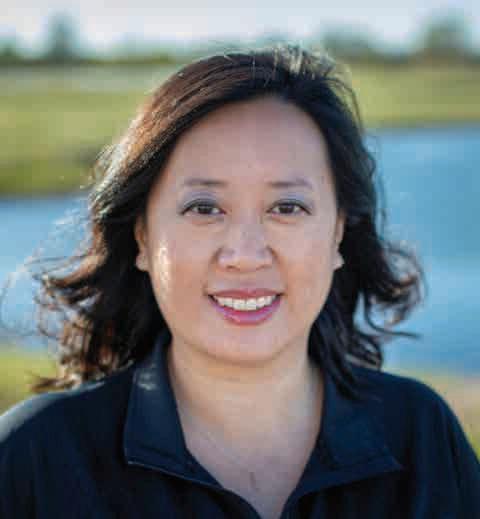
ZHANG Director, EV Utilities Programs, Ford Motor Company

Founder and CEO, Quotient
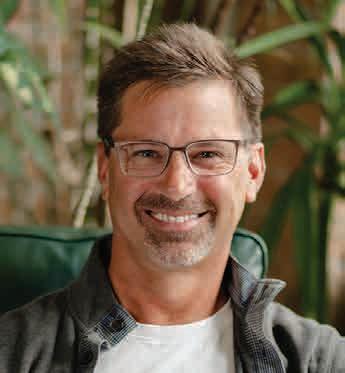
CEO, Highnote

MITCHELL ROHDE Founder and President, Rohde Way, LLC Founder and Former CEO, Quantum Signal AI, LLC
ECE alum Bernard “Bernie” Arfin sported a maize and blue scarf to commemorate his time in the department as he celebrated his 100th birthday on November 7, 2024.
Arfin grew up in the Bronx and attended the Bronx High School of Science before attending the City College of New York (CCNY). After being drafted to serve in the Navy during WWII, Arfin was eager to further his education. He selected the University of Michigan from a series of college catalogs he received, starting his education in electrical engineering in September 1946.
“I always remember wanting to be an engineer,” he said.
CCNY was a commuter school, and Arfin was determined to experience Michigan’s campus up-close and personal. He had an emergency appendectomy during his first semester, putting a damper on his progress, but after his recovery he moved from veteran housing in Ypsilanti to housing close to campus in Ann Arbor.
He took courses from William Gould Dow, Stephen Atwood, and Lewis Holland, recalling that, “they were three good teachers. I accomplished what I wanted at Michigan.”
While he worked on his master’s degree, he also did odd jobs to earn some extra money. He graded papers for Dow, worked at the famed Willow Run research facility, and even washed dishes in a frat house.
“If I washed the dishes I’d get a free lunch,” he recalled. “And they had good lunches. I could do my work and eat lunch in the same amount of time it would take to stand in the lines at the Union.”
After graduating from Michigan in February 1948, he worked for three years before resuming further graduate studies at Stanford, studying high power microwave tubes. He earned his doctorate in 1957.
Arfin met his wife of 69 years, Joanne, while studying at Stanford, and they have lived most of their lives together in

“I always remember wanting to be an engineer. I accomplished what I wanted at Michigan.”
Bernie Arfin holds up the Michigan ECE Alumni t-shirt, a gift on his 100th birthday.
California. After working at several companies and national labs, including the Naval Research Lab and Lawrence Livermore National Lab, Arfin retired in 1991.
During his time at Michigan, Arfin enjoyed watching football and basketball―and he continued this tradition of going to games at Stanford up until his 99th birthday, when he finally started watching from the comfort of home.
Arfin’s advice to future ECE students reflected on the opportunities that helped him achieve his lifelong dream of becoming an engineer, as a second-generation Eastern European immigrant. “In the United States, we have great opportunities,” he said. “Take advantage, and work hard.”
Mariko Burgin has spent the last decade engineering solutions for space exploration. As she helps astronauts explore Mars and develops technology for use on the Moon, she also makes time to build her community here on Earth.
Burgin is currently a Senior Technical Manager in the Space Resources Program at Blue Origin, and she served as the 2023-2024 IEEE Geoscience and Remote Sensing Society (GRSS) President. For this work and more, she received the 2024 Electrical and Computer Engineering (ECE) Alumni Rising Star Award.
Burgin’s interests in the intersections between engineering and space began during her graduate studies in ECE, where she worked with Mahta Moghaddam and Fawwaz Ulaby on the soil moisture active passive (SMAP) mission to take global measurements of the soil moisture on Earth’s surface from space.
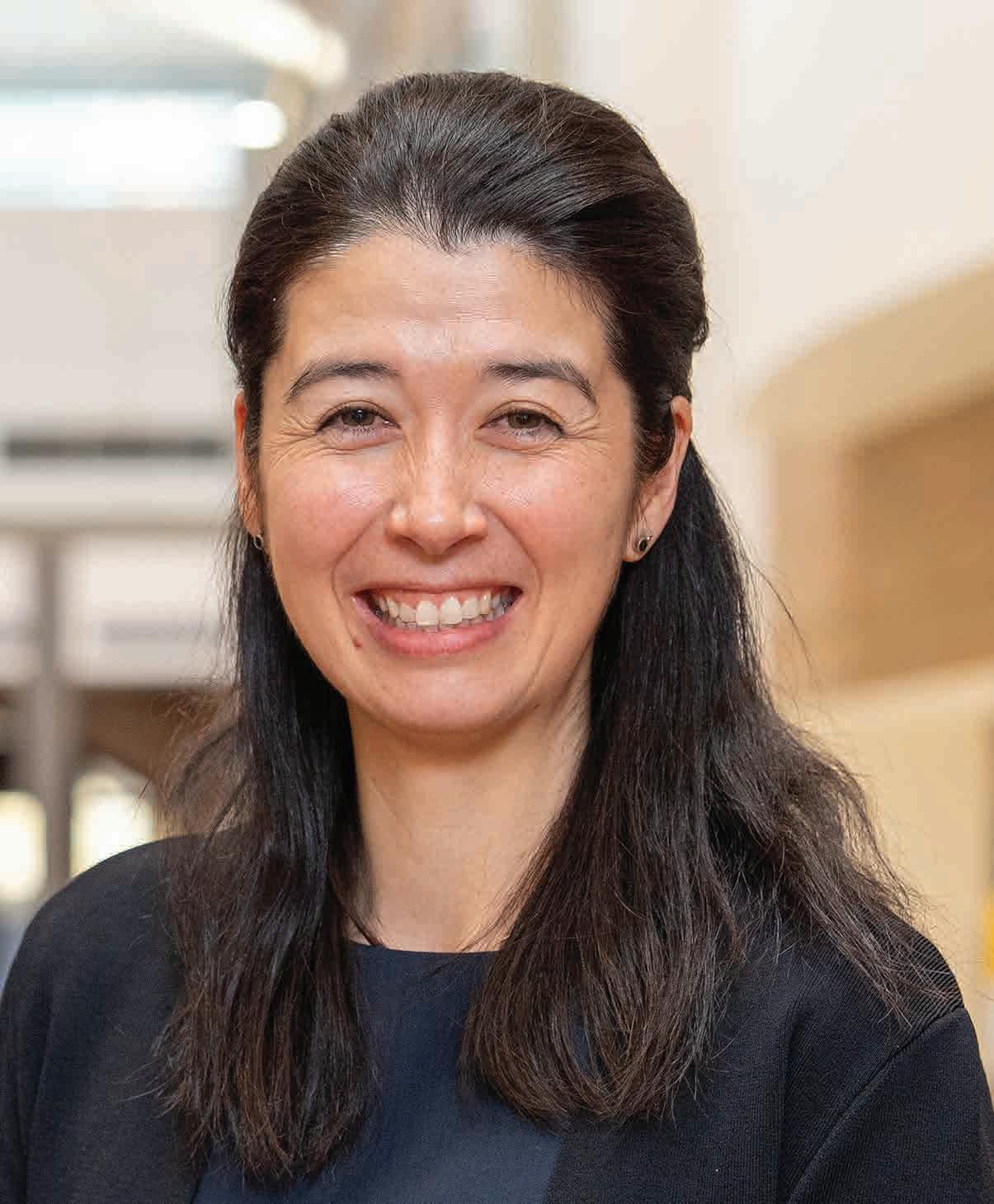
“You build your careers on things that sometimes don’t go right. The good news is that people will always find ways to recover.”
“I actually saw SMAP’s launch in Vandenberg. It was so exciting,” Burgin recalled. “It’s still a massive feat, I think, that the huge, six-meter antenna deployed correctly, it powered on, and the first data began coming in. And then came the unexpected thing: SMAP’s radar failed.”
SMAP’s radar failure was disappointing, but it taught Burgin a lesson that she now shares with students and early-career mentees in her capacities as the youngest IEEE GRSS President and founder of the Society’s Women Mentoring Women program.
“When it comes to space missions, this is the stuff that’s hard to stomach,” Burgin said, “but it’s the type of thing that is good to know. You build your careers on things that sometimes don’t go right. The good news is that people will always find ways to recover.”
Since her Ph.D. defense in 2014, Burgin has specialized in mission formulation, the process of bringing new space mission ideas to life.
She worked first for the NASA Jet Propulsion Laboratory (JPL), where, among other things, she was the lead for the
Mars Sample Return Break-The-Chain Domain. This team developed engineering solutions to transport soil samples from Mars to Earth, in search of any proof of ancient Martian life―within the limits imposed by strict rules that protect both Mars and Earth from contamination.
Now, she works at Blue Origin in the Space Resources Program, where a team of technologists and engineers are maturing technology to manufacture solar cells that could “make power systems on the Moon directly from materials that exist everywhere on its surface.”
Throughout her career, Burgin has made it a priority to build community and pay her success forward, especially through IEEE GRSS.
“I want a vibrant community. I want everyone to feel welcome,” she said. “Yes, IEEE GRSS is about publications, about conferences, about technical excellence, but it’s also important to ensure that everyone can contribute and make the space their own.”

Mehdi Hatamian envisions a future where everyone can do a monthly at-home screening for the most common cancers in the world. His company, 2Pi-Sigma Corporation, is developing a $50 rapid home-test that uses the same technology as a COVID-19 rapid test.
To recognize this work and his past accomplishments, Mehdi Hatamian received the 2024 Electrical and Computer Engineering (ECE) Impact Award. This award is the highest recognition granted by ECE to its alumni, which he adds to an award portfolio including the 2008 ECE Alumni Merit
He began investing in cancer companies, and ultimately left Broadcom in 2016 to help develop life saving technology for early cancer detection. He founded 2PiSigma Corporation the same year.
“The company’s goal from the very first day was a $50 cancer screening cartridge, a home test that you can do every month from a fingerstick to monitor yourself for the onset of cancer as early as possible.” Hatamian said.
“The company’s goal from the very first day was a $50 cancer screening cartridge.”
Award, an IEEE Life Fellowship, and membership to the National Academy of Engineering.
Hatamian’s engineering specialty is in integrated circuit design and signal processing. He worked at NASA, Bell Labs, Silicon Design Experts Inc., and spent 20 years at Broadcom, where he became the Chief Scientist of Central Engineering. All the while, he was nurturing a passion to prevent cancer.
Hatamian’s interest in cancer biology was sparked by personal tragedy: he lost both his sister and his father to cancer. He also saw how early detection saved another sister’s life.
2Pi-Sigma Corporation started its screening with the four most common cancers―lung, breast, prostate, and colon―because they make up over 50% of cancer cases worldwide and early diagnosis greatly improves the outcomes for patients with these cancers. Their current assay, run in the laboratory, correctly identifies 92.2% of positive and 95.6% of negative cases.
“For these cancers, these numbers are actually great, and we’re trying to make them even better,” Hatamian emphasized.
Although the project has a couple more years of data collection ahead before FDA trials, Hatamian’s research has demonstrated its promise in detecting cancer at any stage in humans. At the first sign of a positive result, a patient would need to pursue further testing at a hospital or clinic to diagnose the type of cancer and assess treatment options.

AAs a lifelong Midwesterner, he is dedicated to helping the next generation of electrical and computer engineering students improve local communities and economies throughout Michigan and the Midwest.
“[Our work as educators] is not just attracting students, it’s helping them succeed,” Kempel said.
“Our work as educators is not just attracting students, it’s helping them succeed.”
Kempel does this by encouraging students to take advantage of opportunities like the Michigander Scholars Program, which provides financial incentive to electrical and computer engineering students who take internships or jobs in the electric vehicle and semiconductor industries. Kempel helps to recruit and support incoming students from historically marginalized backgrounds through a program called the Engineering and Science Success Academy (ESSA), and he has advocated for adapting education to changes in technology and resources.
For example, in the midst of AI tools like ChatGPT, Kempel recommends open-ended assignments that mimic what students will be doing in their jobs after graduation, encouraging creativity and learning through failures.
s a first-generation college student at the University of Cincinnati in his home state of Ohio, Leo Kempel had no idea he would grow to be the Dennis P. Nyquist Endowed Professor of Electromagnetics at Michigan State University, much less the ninth dean of Michigan State University (MSU) College of Engineering.
To honor Kempel’s many accomplishments spanning engineering and higher education, he received the 2024 ECE Distinguished Alumni Educator Award. His experiences as an industry researcher at Mission Research Corporation (now part of Northrop Grumman), a tenure-track professor at MSU, the associate dean of both research and special initiatives at MSU, and the inaugural director of the MSU High Performance Computing Center, have given Kempel a unique bird’s-eye view of the engineering education system and its potential for improvement.
“Gen AI is just a tool―students will be using it,” he said. “What we really need to teach the students is when to identify whether the answers make sense or not. That’s the biggest skill that we teach them.”
Kempel envisions education restructured with two distinct paths to support students who will take full-time jobs in industry and students who will continue on to graduate school, catering to the skills that each group of students will need in their future career.
Students interested in grad school could focus on deeper subject knowledge, math skills, and research experience; meanwhile, students interested in full-time jobs could master the AI tools at their disposal, focus on design challenges, and gain experience in internships and co-ops.
“Think about all the changes that happened in the last 20 years,” Kempel said. “Shouldn’t we rethink the way we teach students?”
Trevor Odelberg defended his PhD on batteryless circuits and the cellular Internet of Things in March 2024. Now, he is working with the U.S. Congress in Washington, D.C., as an IEEE Congressional Fellow. Here, he shares about his career journey, the importance of policy for researchers, and how students can become more involved in policy spaces.
The way that the fellowship works is that you are hired for a year either in a U.S. House or Senate personal office or by one of the committees in Congress. The fellowship is non-partisan, and you choose which offices or committees you would like to interview for. In this capacity, your role is basically a policy adviser and subject matter expert. I was selected to work for a Senator from my home state, and the areas I cover broadly relate to energy, science, and AI.
“It’s really cool to innovate and design new technology, but it is equally important to understand how that work will be implemented in the real world.”
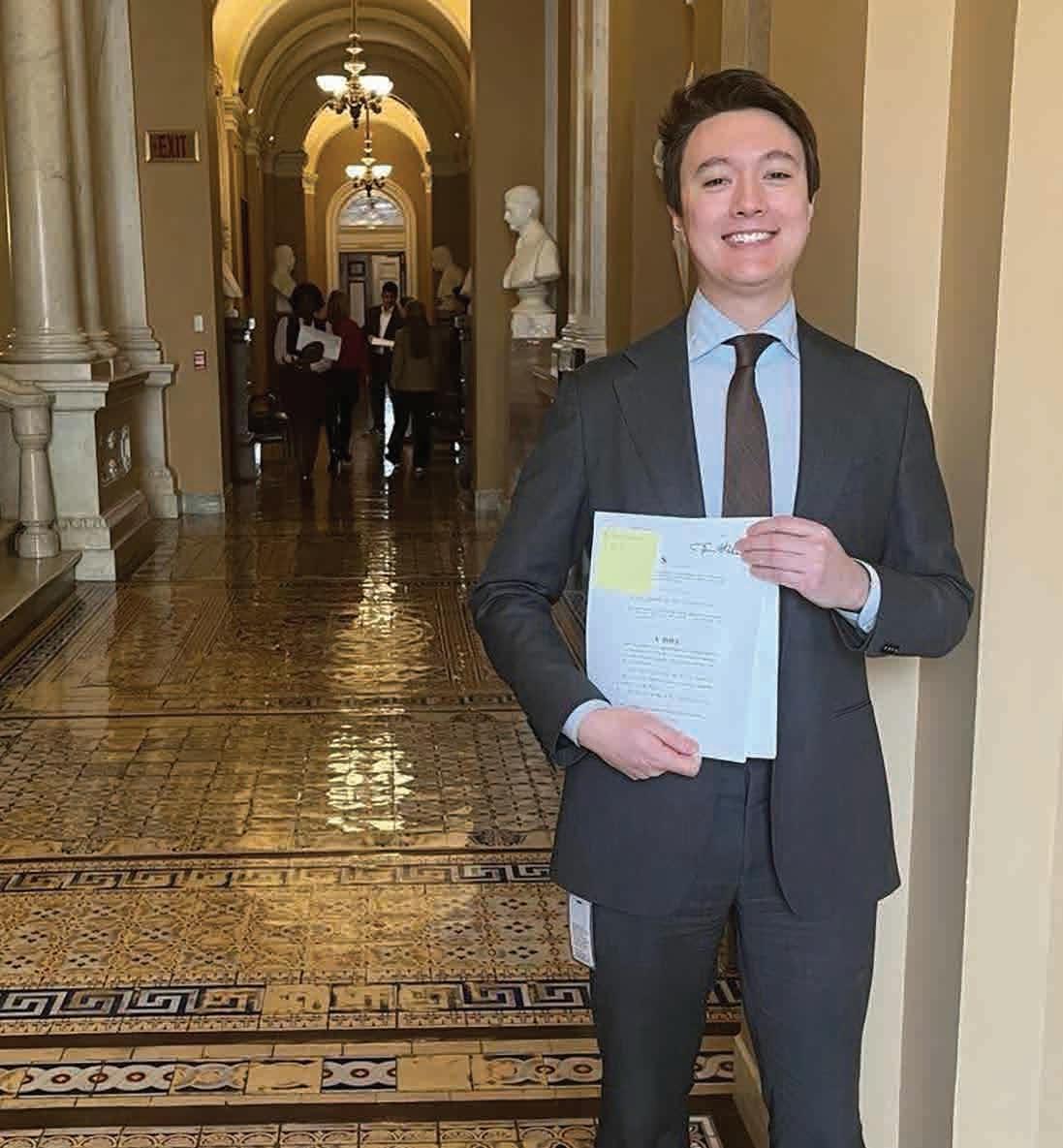
Day to day, I write memos to advise on policy issues and votes in my portfolio, write and get feedback on bills, and prep and attend hearings with the Senator. I also take a lot of meetings with constituents and other stakeholders, such as people in industry, at think tanks, or in academia, to collect relevant information to inform decisions.
How did you get to this career path in science policy?
I did my bachelor’s degree in electrical engineering and my Ph.D. in electrical and computer engineering. I became interested in policy as I was working on a lot of technical subjects, such as semiconductors, wireless spectrum, AI, chips, and power, but I felt like I was missing out on some of the broader impacts of my work from my Ph.D. curriculum.
It’s really cool to innovate and design new technology, but it is equally important to understand how that work will be implemented in the real world. I pursued more education in this area through the Science, Technology, and Public Policy program through the Ford School of Public Policy at Michigan.
Public policy impacts everything from the way science is funded to the way it ultimately impacts people’s lives. If the goal of the engineering work that we do in ECE is to impact people’s lives positively, working in policy is one way to do that while applying your skills. Having a broader understanding of the social impacts of technology enhances technical work.
advice do you have for students or engineers who want to get more involved in policy?
There is a huge demand for more technical people doing these kinds of roles. There are opportunities within local city and state governments, including positions on library and school boards, or on city council.
Involvement in professional societies, like IEEE, also helps. Career engineers will come to Washington, D.C. and talk about the importance of engineering and science. Coming to these Hill visit days with IEEE can start to move the needle on important policies.
“When I say ‘engineering community,’ I’m not talking about a group… I’m talking about engineering in the way of planning, designing, or building—in other words, creating. So we want to build groups of people who have something in common,” said David Tarver, entrepreneur, author, and community changemaker.
Tarver was honored as the recipient of the 2024 ECE Alumni Merit Award for his many accomplishments over the arc of his multifaceted career to date, although he noted, “I’m not done yet!”
His path to electrical engineering began with music, from a chance encounter with a Moog electronic music synthesizer. He made up his mind to create a digital version, as dreams of impressing the Motown stars he idolized took shape.
He did just that, presenting his master’s thesis on the digital synthesizer in 1976, under Prof. Emeritus Leo McAfee. Master’s degree in hand, Tarver moved on to work at the prestigious Bell Labs. He aimed to commercialize his digital music synthesizer, but he found that his product lacked market viability because he neglected to consult professional musicians along the way.
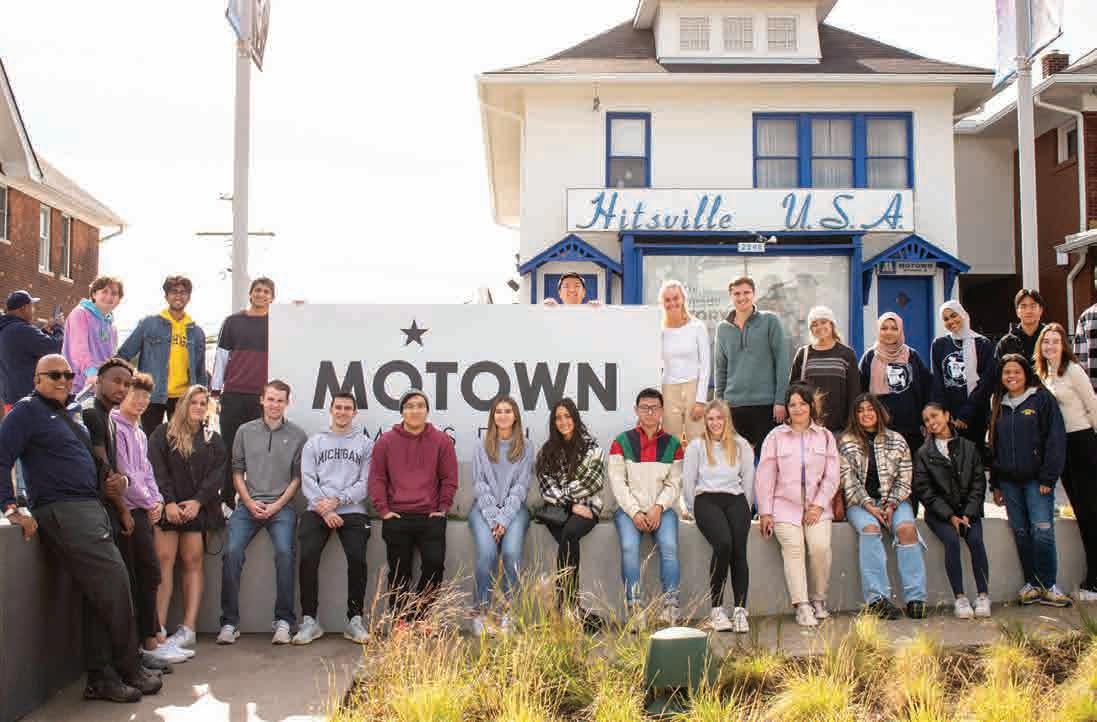
This was his first lesson on entrepreneurship: connect with your community and consult them for feedback. Instead of letting this failure discourage him, Tarver used it to spur his next entrepreneurial venture, repurposing the technology behind his music synthesizer for telecommunications.

“We think we have the ability to change the world―let’s change it!”
Working in a basement with two colleagues, Steve Moore and Charles Simmons, Tarver co-founded Telecom Analysis Systems, Inc. (TAS). They ultimately sold TAS for 30 million dollars.
Tarver then stepped away from telecommunications to explore other interests. He devoted time to improving his local community in New Jersey, wrote a memoir called Proving Ground, performed as a vocalist, and joined a theater company.
In 2007, Tarver relocated back to his home state of Michigan and became troubled by the economic inequities he found. While communities like Ann Arbor seemed to be thriving, issues like the Flint water crisis went unaddressed in lower-income communities.
“It kept resonating in my head: If we are so smart, why do we have this situation?” he said. “Can we engineer a community that does something about this?”
Tarver founded the Urban Entrepreneurship Initiative to help meet the unique needs of urban areas. He also created a new course within the University of Michigan Center for Entrepreneurship called Urban Entrepreneurship Practicum, which prepares students to think about community in their business ventures.
Tarver envisions a global community of urban innovators that identifies and shares emerging solutions for community vitality. “We think we have the ability to change the world— let’s change it!”
Samuel H. Fuller (BS EE ’68) is currently CTO emeritus and Senior VP of R&D at Analog Devices Inc., where he works on developing the next generation of integrated circuits, computing architectures, and novel sensors. After spending a lifetime in computing, he is still looking to the future, this time by supporting the next generation of researchers. The department is grateful for his establishment of the Samuel H. Fuller Early Career Professorship to support rising stars in ECE. Associate Professor Hun-Seok Kim is the first recipient.
“I’m really delighted to establish this early career professorship, to provide some unrestricted support to junior faculty members and give them the freedom to innovate and work on research that might change society for the better,” said Fuller. “I’m looking forward to watching the success of Hun-Seok Kim and all who might follow him in subsequent years.”
As an undergraduate on campus in the 60s, Fuller worked on the mainframe that supported U-M computing functions. “Even then, I realized computing had a lot of potential to go forward,” he recalled.
“I’m delighted to provide some unrestricted support to junior faculty members and give them the freedom to work on research that might change society for the better.”
— Samuel H. Fuller
Post-graduation, Fuller earned his Ph.D. from Stanford University and became an assistant professor at Carnegie Mellon University in 1972. In 1978, he joined Digital Equipment Corporation (DEC), where he ultimately became the company’s vice president of research. Some of the ground-breaking projects he helped develop at DEC include: RISC computer architecture, ubiquitous in today’s embedded and mobile devices; commercialized Ethernet; AltaVista, one of the first search engines; and the Kerberos authentication system currently used for U-M logins.
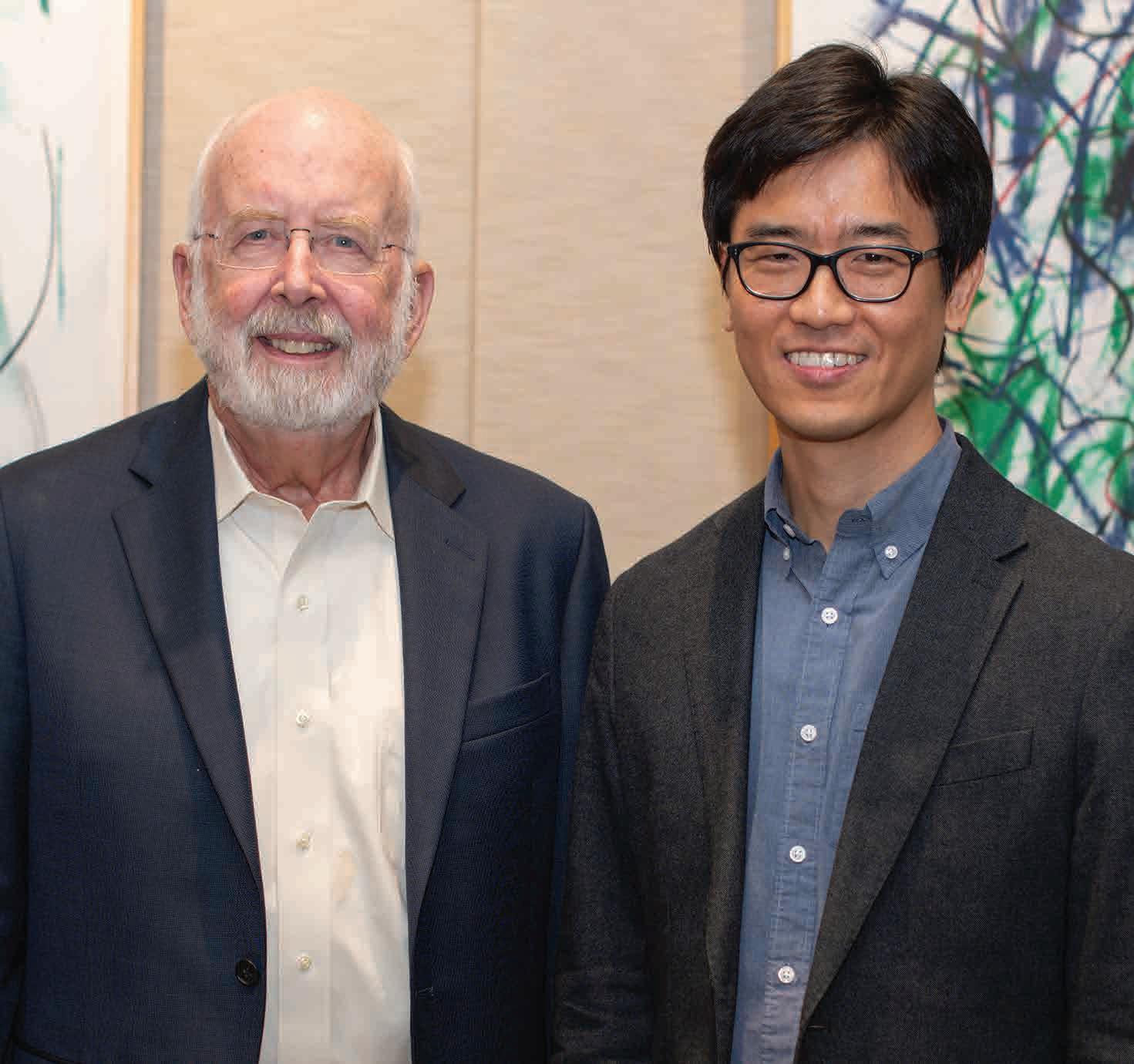
Fuller spent the last 26 years of his distinguished career at Analog Devices Inc., developing strategies to connect the physical world to the digital world, working on cybersecurity solutions, and advancing sensor systems.
The award will support Kim’s work on low power and energy efficient AI systems. Kim was extremely honored to be associated with this computing icon, saying, “I’ll certainly work hard and do my best to live up to the name of Sam Fuller.”
“Having the name ‘Sam Fuller,’ a pioneer in computing, associated with our division is a real honor,” added Interim Chair Jeff Fessler. “Everyone who receives this award will be outstanding, but for someone to receive an award for the first time is something that is a bit extra special―and Hun-Seok Kim is, indeed, extra special.”

RJJain, founder and CEO/ CTO of the high-growth direct-to-consumer company Price.com, launched his first startup while studying computer engineering at the University of Michigan—despite never having taken a course in entrepreneurship. As an undergraduate, he was also actively involved in research. His belief in the transformative power of both innovation and inquiry to drive positive change has inspired his support of student research opportunities at Michigan.
“Research can impact billions of people’s lives,” said Jain. “Advancing research is the fastest and best way to have a positive impact on people’s lives.”
Jain learned of ECE’s goals for expanding research opportunities for undergraduate students after joining the ECE Council. In a move critical
for the success of the program, he sponsored the Program for Undergraduate REsearch–Electrical and Computer Engineering (PURE-ECE).
PURE-ECE is a year-long program where students can earn academic credit as they become immersed in research conducted by a faculty member. Students in the program presented their work at the first annual Undergraduate Research Symposium on April 23, 2025, and they reported back that they loved the program!
“I’ve been telling a lot of my friends about it [PURE-ECE],” said Naman Kabra, who worked on an organic semiconductor used in OLEDs with Prof. Chris Giebink. “I don’t think I would have explored research if it wasn’t for this program. It really benefits students and helps them explore areas other than their classes.”
“Advancing research is the fastest and best way to have a positive impact on people’s lives.”
— RJ Jain
Musabbiha Zaheer said she is “grateful for the experience. I got to write papers, and I’m going to present the research at a symposium.” Zaheer worked with Prof. Cindy Finelli’s group on a project that aimed to improve classroom teaching practices for students with ADHD.
And for Priam Alataris, PURE-ECE “opened the door to be prepared for graduate studies. I also got a summer opportunity to continue doing research at U-M. So―thank you!” Alataris worked with Prof. Lei Ying on a system implementation of a resource allocation algorithm for edge networks.
Jain’s own foray into independent research began with a search engine called Globluelink, developed at Michigan. In 2012, Jain co-founded the company, Appurify, which pioneered on-device debugging; it was acquired by Google in 2014. And in 2022, Jain launched Price.com.
“ECE deeply appreciates RJ’s generous gift that led to the launching of this new and successful program called PURE-ECE,” said Dennis Sylvester, Peter and Evelyn Fuss Chair, and Edward S. Davidson Collegiate Professor of ECE.
With his contribution to PURE-ECE, Jain helped provide transformative experiences for 19 students in the inaugural year of the program; and this is just the beginning.
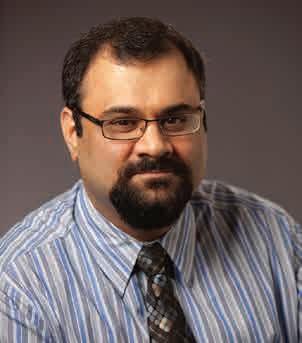
Current tenure and tenure track faculty, research scientists, and regular lecturers active as of September 1, 2025


Anastasopoulos,



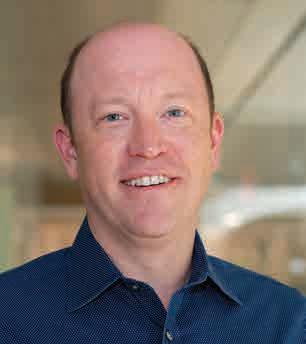



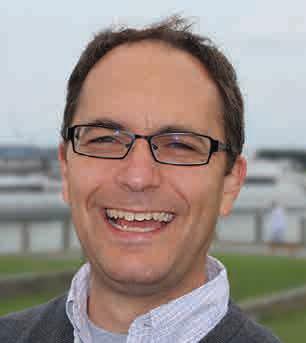





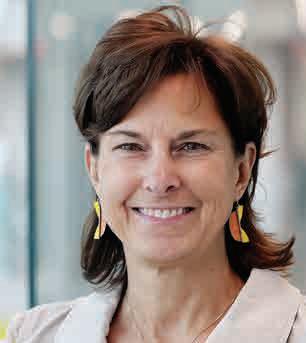
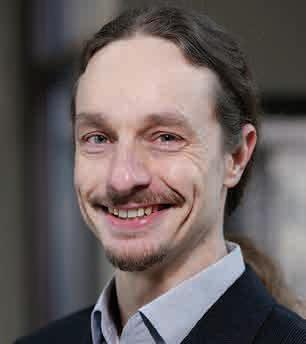







Giebink, Chris Professor (courtesy: PHY)

Gilchrist, Brian E. Professor (courtesy: CLASP, AP)



Grbic, Anthony John L. Tishman Professor; (courtesy: AP)

Guo, Jay Emmett Leith Collegiate Professor of EECS; (courtesy: AP, MACRO, ME)



Hero, Al
John H. Holland Dist. Univ.; Prof.; R.J. and B. (Williams; Professor
Hero, Al John H. Holland Dist. Univ. Prof.; R.J. and B. Williams Professor; (courtesy: BME, STATS )


Kim, Hun-Seok
Samuel H. Fuller Early Career Prof. of ECE; Assoc. Professor

Kira, Mackillo Professor; Co-director, Quantum Research Institute (courtesy: PHYS)
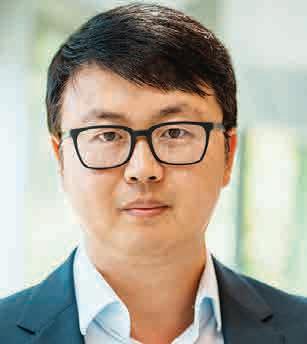

AP)
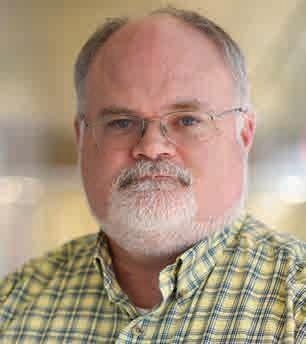
Hofmann, Heath Professor (courtesy: NAME)
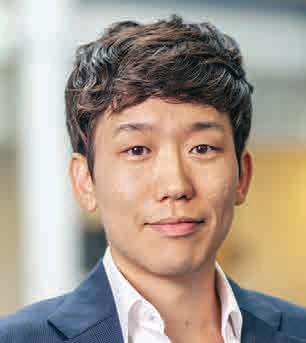

Pei-Cheng Professor

Kushner, Mark J. William P Allis Dist. Univ.; Prof. of EECS; George I. Haddad Professor; Director, MIPSE (courtesy: AP, ChemE, NERS)

Mingyan
Alice L. Hunt Collegiate Professor; Assoc. Dean for Academic Affairs; (courtesy: CSE)
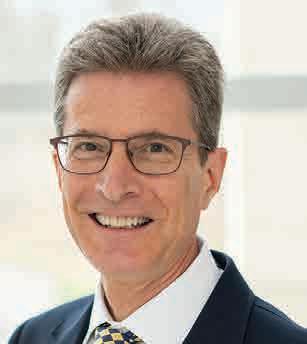

Lafortune, Stéphane N. Harris McClamroch Collegiate Prof. of EECS; Professor of EECS (courtesy: CSE)




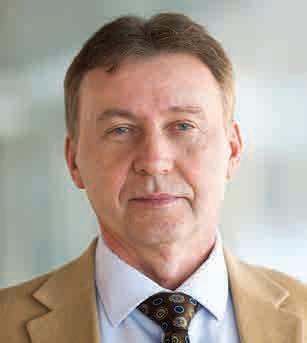
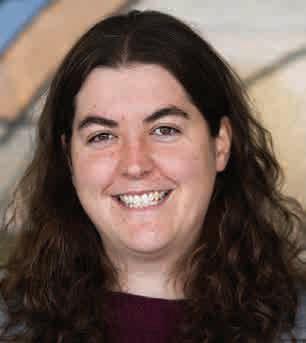







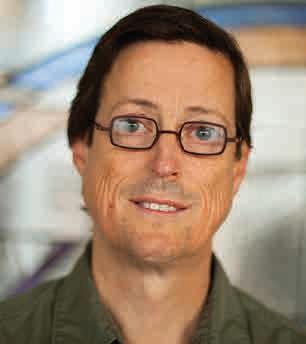


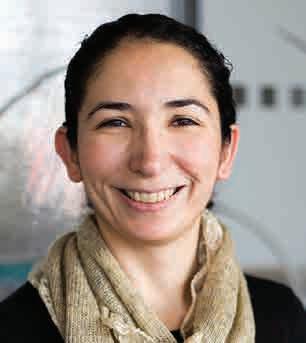

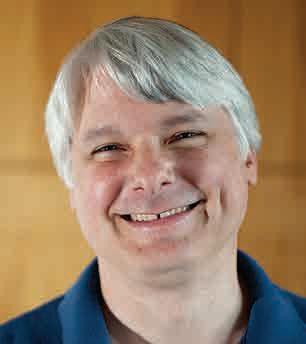


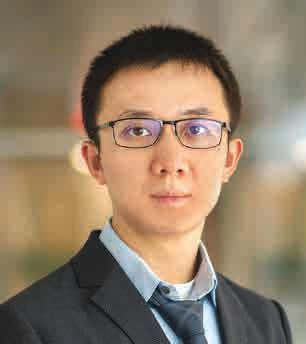

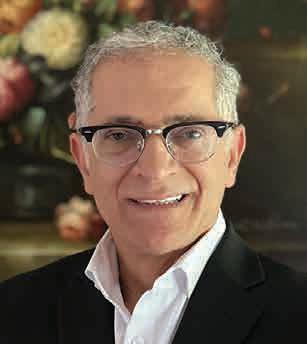
Sarabandi,
Fawwaz T. Ulaby Dist. Univ. Prof.; Rufus S. Teesdale Prof. of Engineering

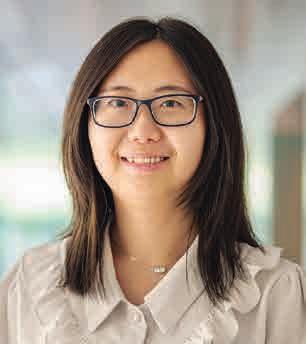

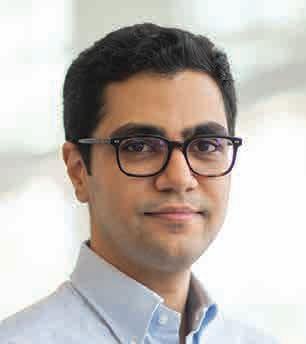








Leung
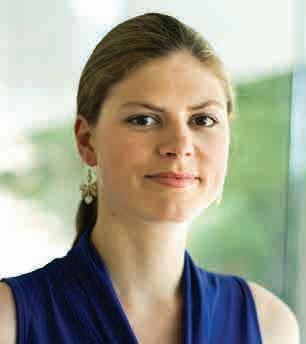

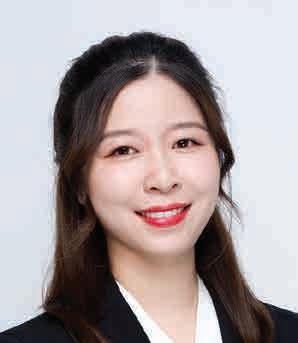
Winful, Herbert Joseph E. & Anne P. Rowe
Prof.; Arthur F. Thurnau Prof.; Univ. Diversity and Social Transformation Prof. (courtesy: AP, PHY)




Wang, Danhao

Wentzloff, David D. Professor; Director, Michigan Integrated Circuits Lab



Williams, Jalani Asst. Professor/PostDoctoral/ Presidential Fellow
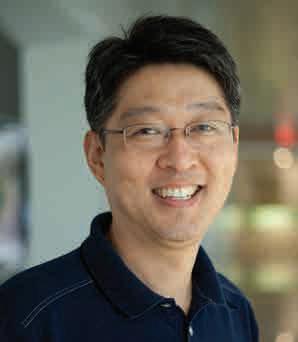

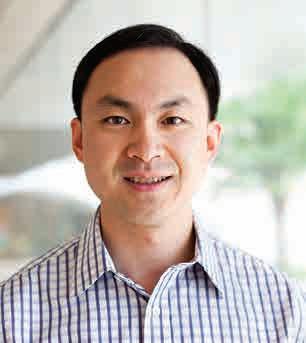


Zhong, Zhaohui Assoc. Professor

Zhu, Junyi Asst. Professor; (courtesy: CSE)
Austin, Todd. S. Jack Hu Professor of CSE
Berenson, Dmitry. Assoc. Professor, ROB Brehob, Mark. Kurt Metzger Lecturer, CSE Cai, Changxiao. Asst. Professor, IOE
Chestek, Cynthia. Assoc. Professor, BME
Cundiff, Steven. Harrison M. Randall Professor, PHY Deng, Hui. Professor, PHY
Epureanu, Bogdan. Professor, ME
Fan, Xudong. Richard A Auhll Professor, BME
Goldman, Rachel. Maria Goeppert Mayer Professor, MSE Gong, Xiwen. Asst. Professor, ChemE
Gregg, Robert. Assoc. Professor, ROB Kim, Minji. Asst. Professor, CMB
Krushelnick, Karl. Harry J. Gomberg Professor, NERS
McBride, Ryan. Professor, NERS
Nielsen, Jon-Fredrik. Assoc. Research Scientist, BME Pipe, Kevin. Professor, ME
Reddy, Pramod Sangi. Professor, ME
Sakallah, Karem. Professor, CSE
Sample, Alanson, Assoc. Professor, CSE
Scruggs, Jeffrey. Assoc. Professor, CEE
Shin, Kang. Kevin and Nancy O’Connor Professor, CSE
Stefanopoulou, Anna. William Clay Ford Prof. of Technology, ME
Sun, Jing. Michael G Parsons Professor, NAME
Thomas, Alexander. Professor, NERS
Tilbury, Dawn. Ronald D and Regina C McNeil Chair, ROB Violi, Angela. Professor, ME
Zhou, Kevin. Asst. Professor, BME Z, Y. Professor, NERS
AERO – Aerospace Engineering
AP – Applied Physics
BioPHY – BioPhysics
BME – Biomedical Engineering
CEE – Civil and Environmental Engineering
ChemE – Chemical Engineering
CLASP – Climate and Space Sciences and Engineering
CMB - Computational Medicine and Bioinformatics
CSE – Computer Science and Engineering
EEB – Ecology and Evolutionary Biology
IntMed – Internal Medicine
IOE - Industrial & Operations Engineering
IOG – Institute of Gerontology
MACRO – Macromolecular Science and Engineering
ME – Mechanical Engineering
MSE – Materials Science and Engineering
NAME – Naval Architecture and Marine Engineering
NERS – Nuclear Engineering and Radiological Sciences
OTO – Otolaryngology
PHY – Physics
RAD – Radiology
ROB - Robotics
STATS – Statistics
1301 Beal Avenue
Ann Arbor, Michigan 48109-2122
ece.engin.umich.edu
